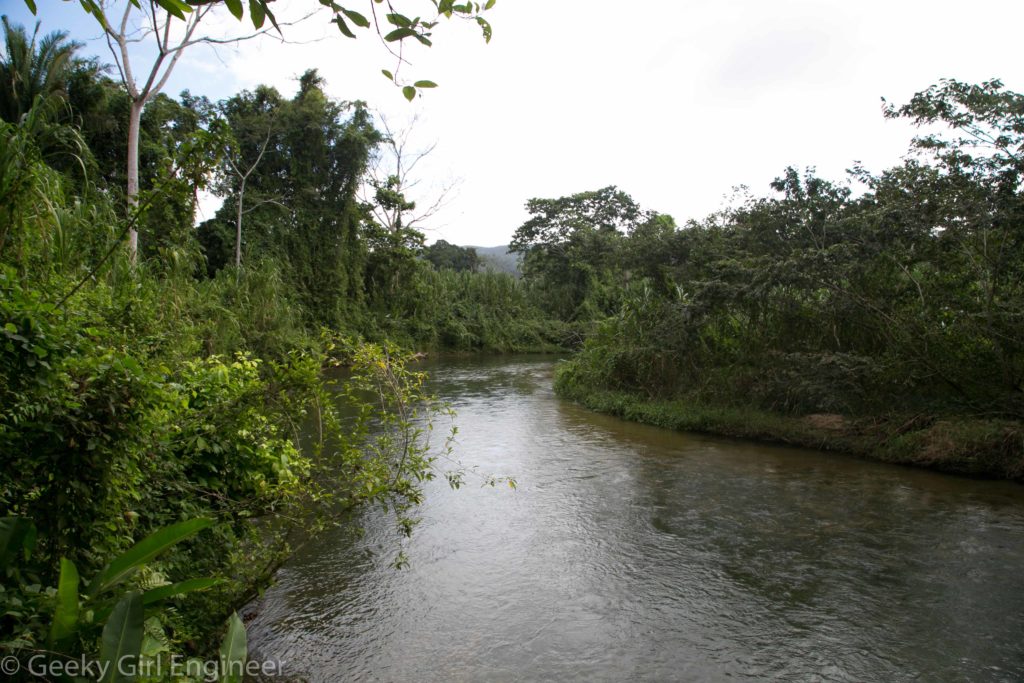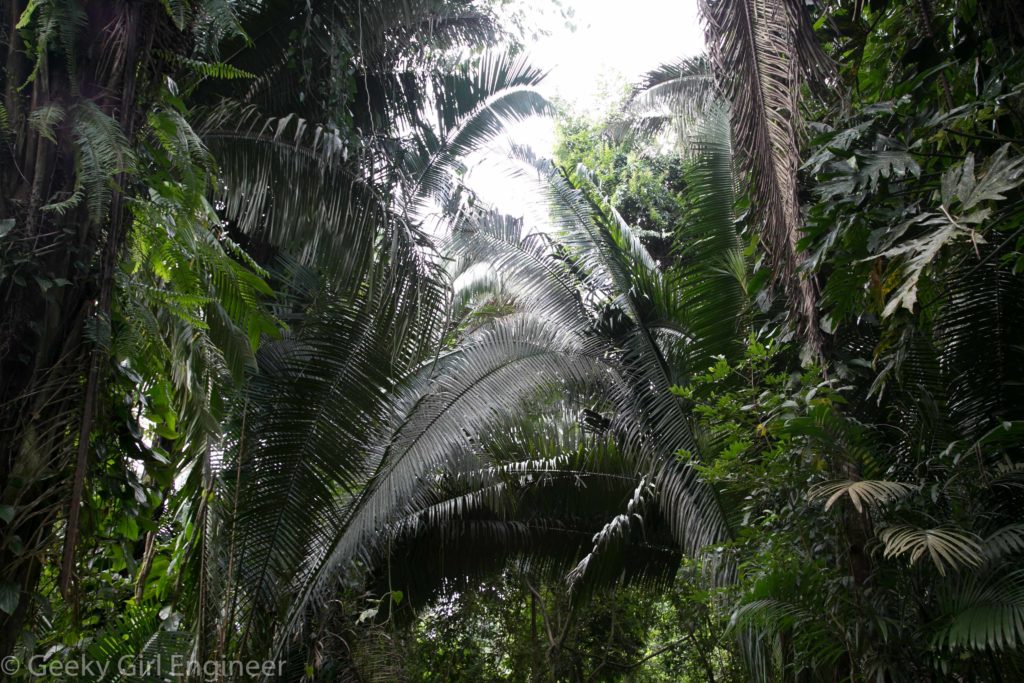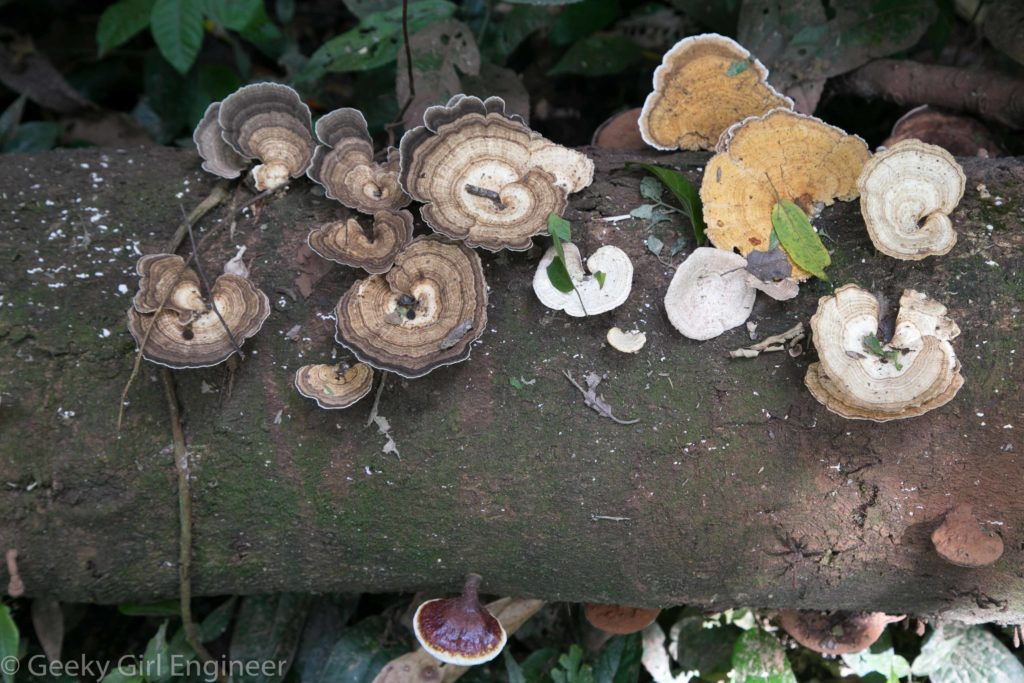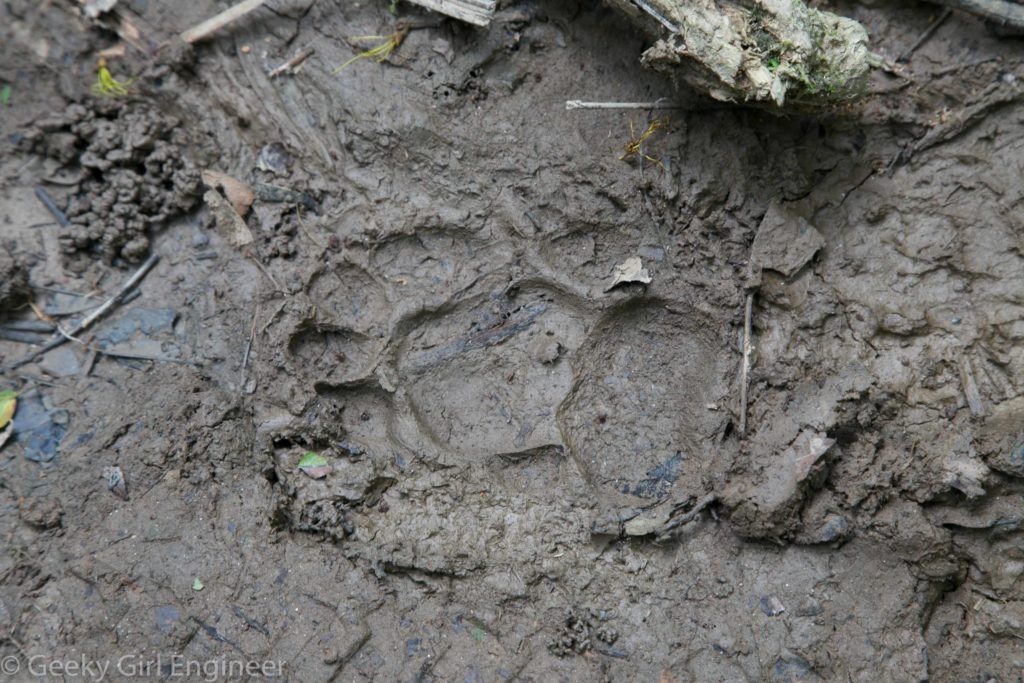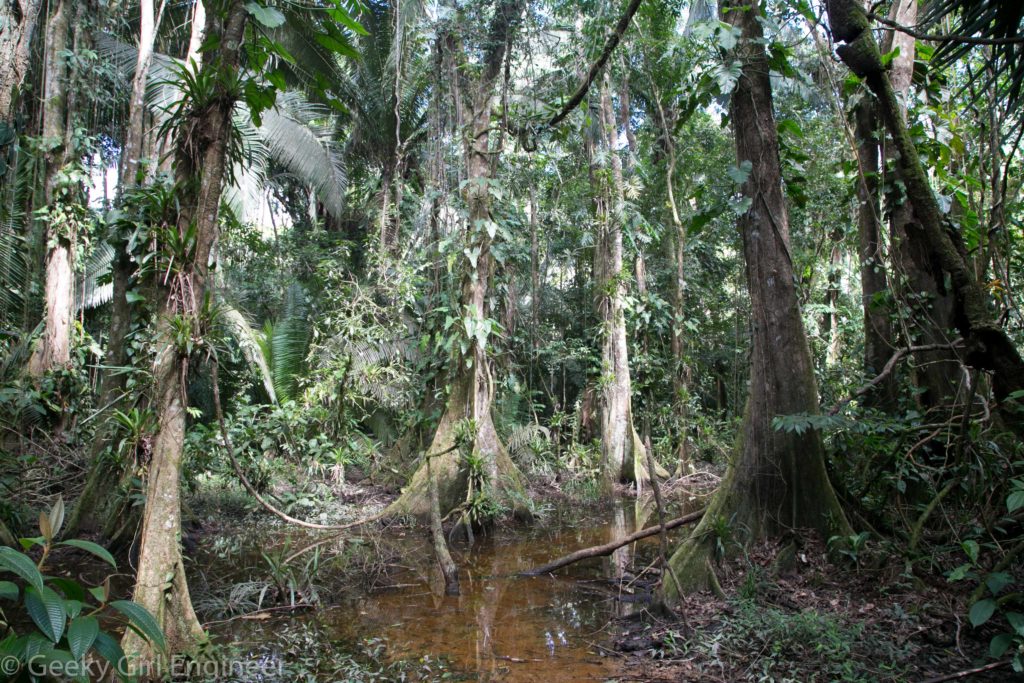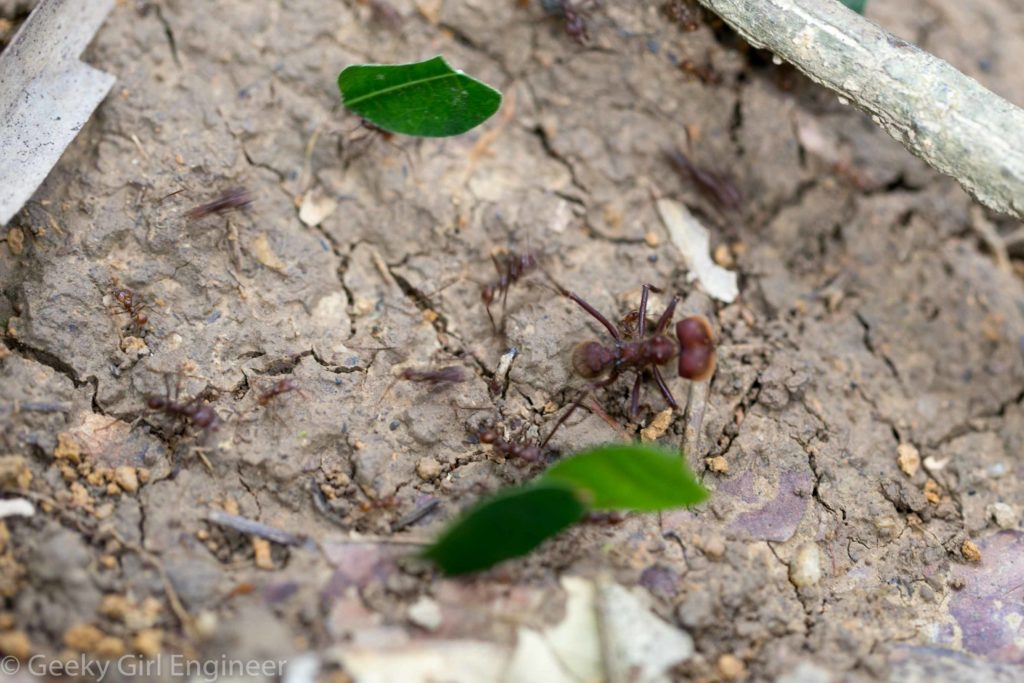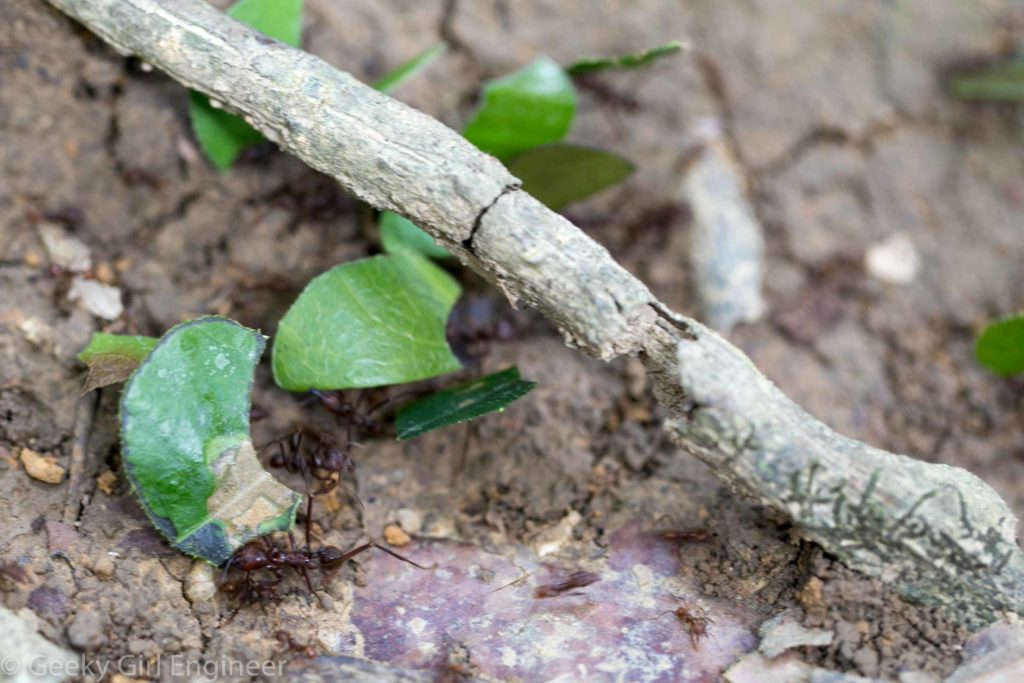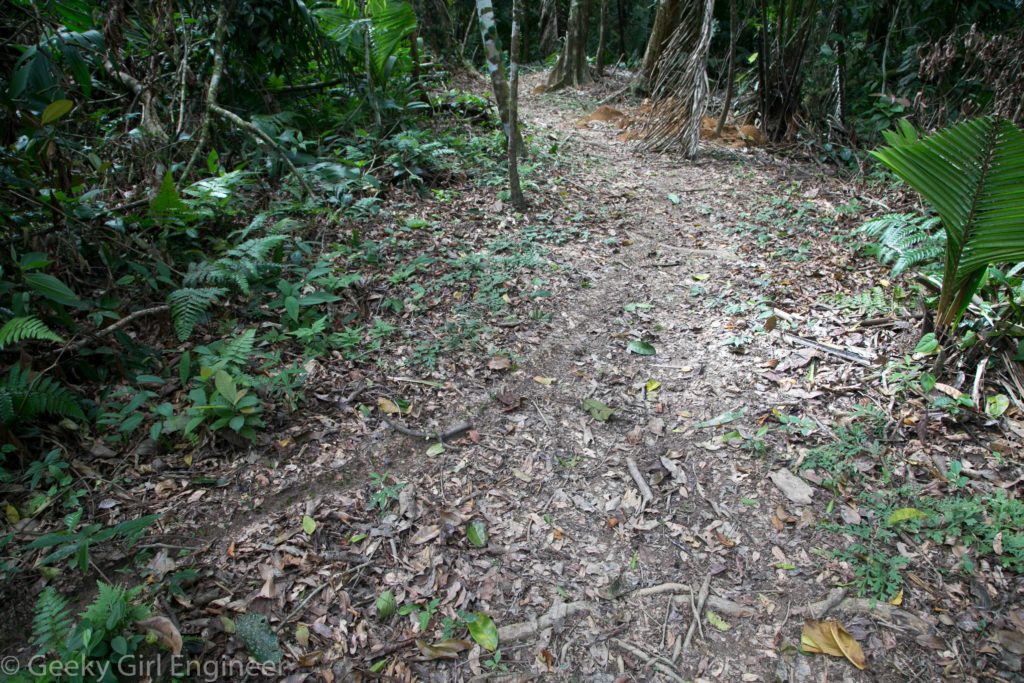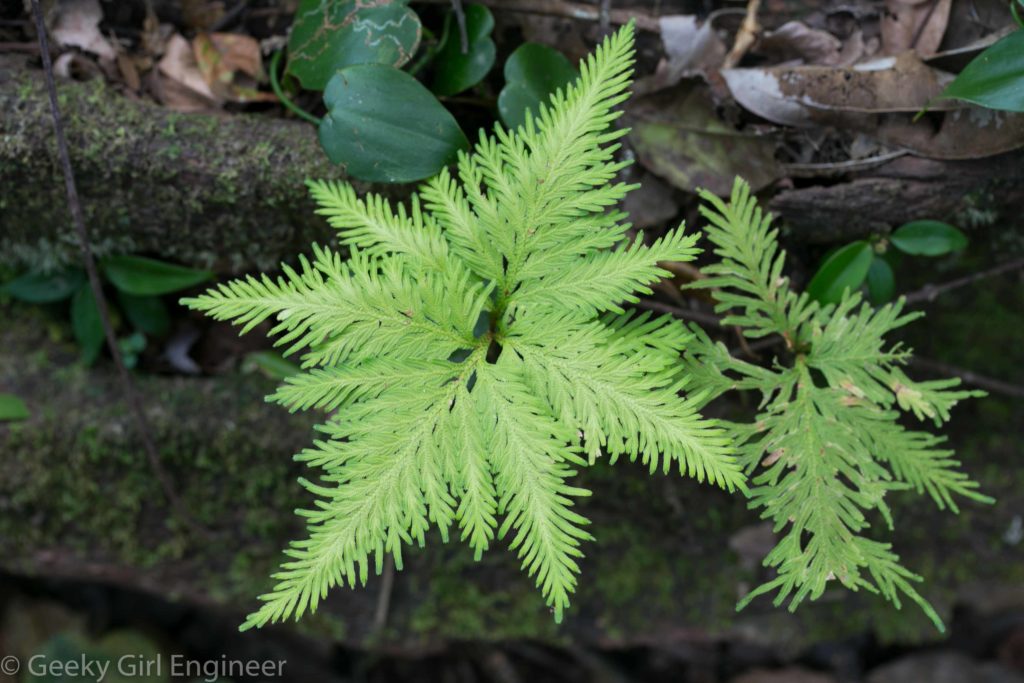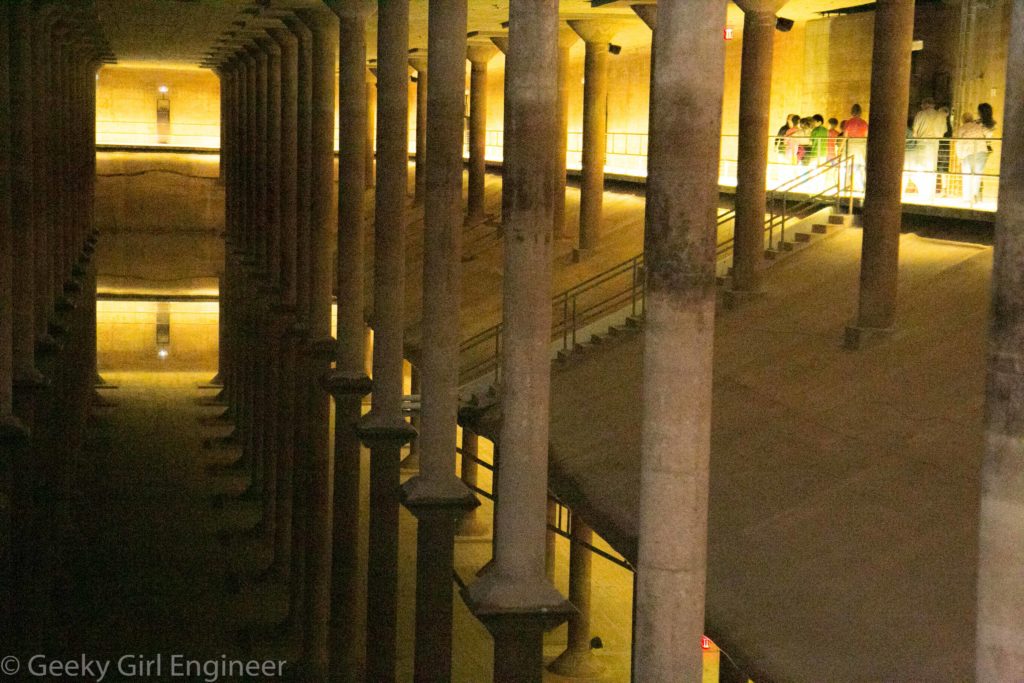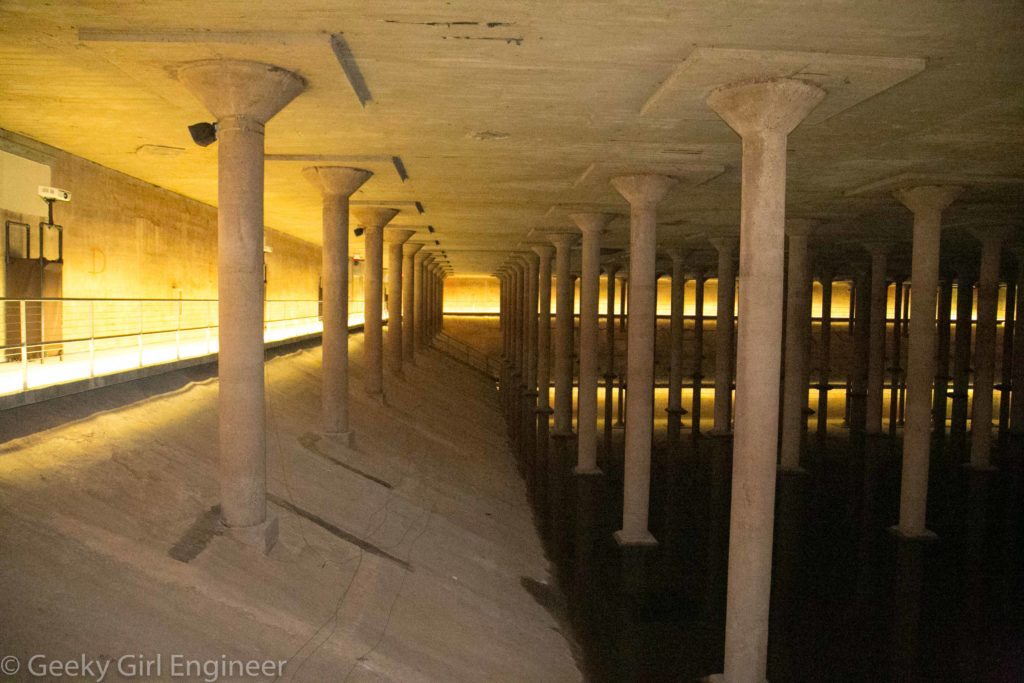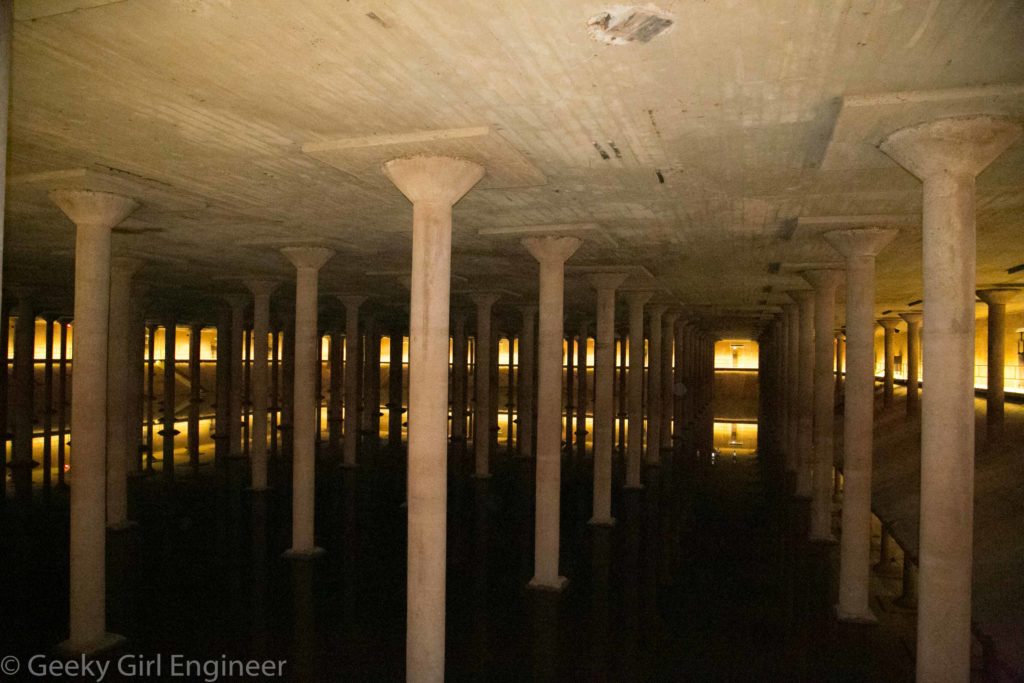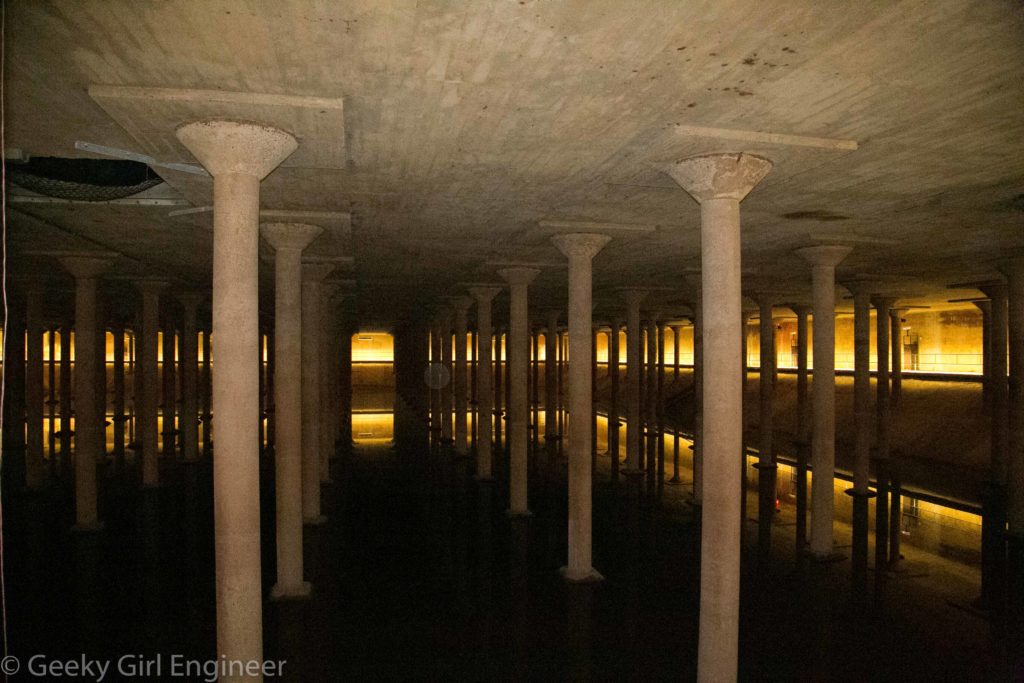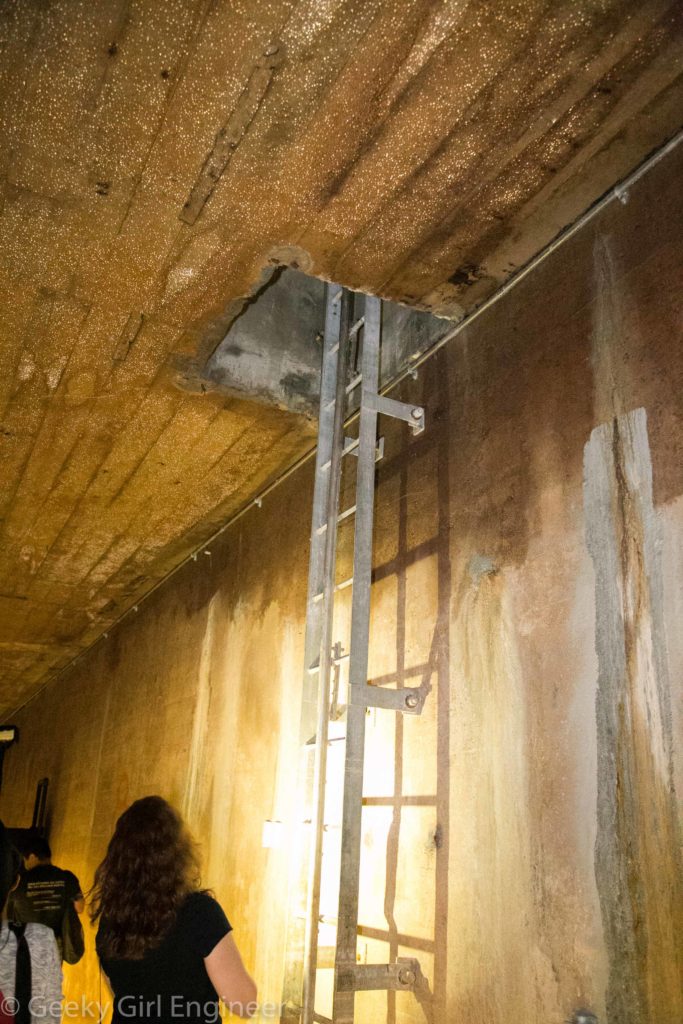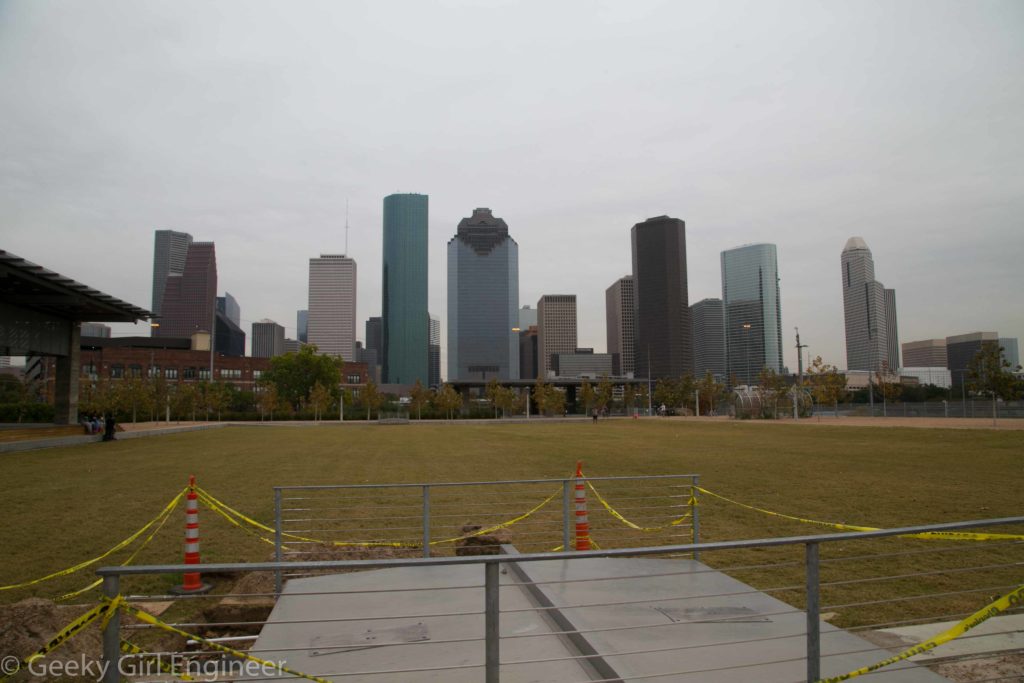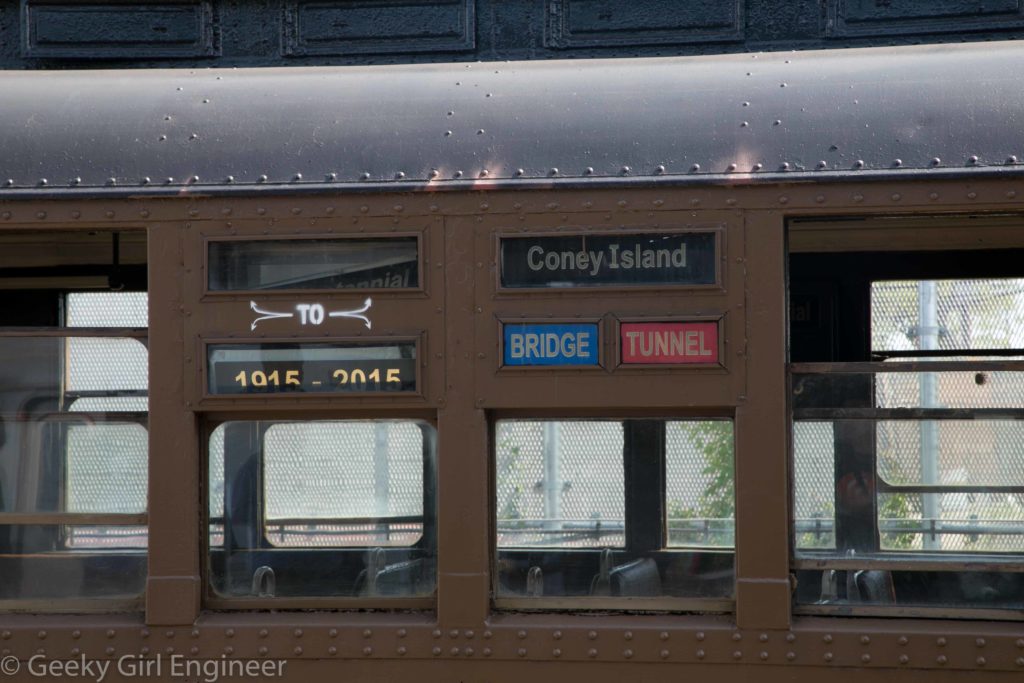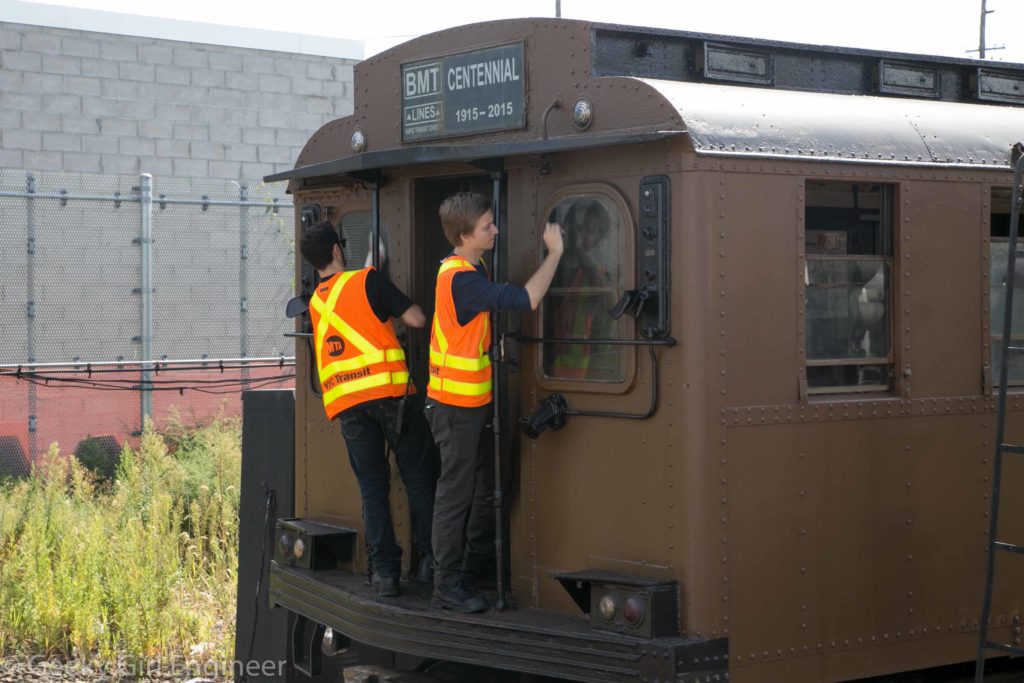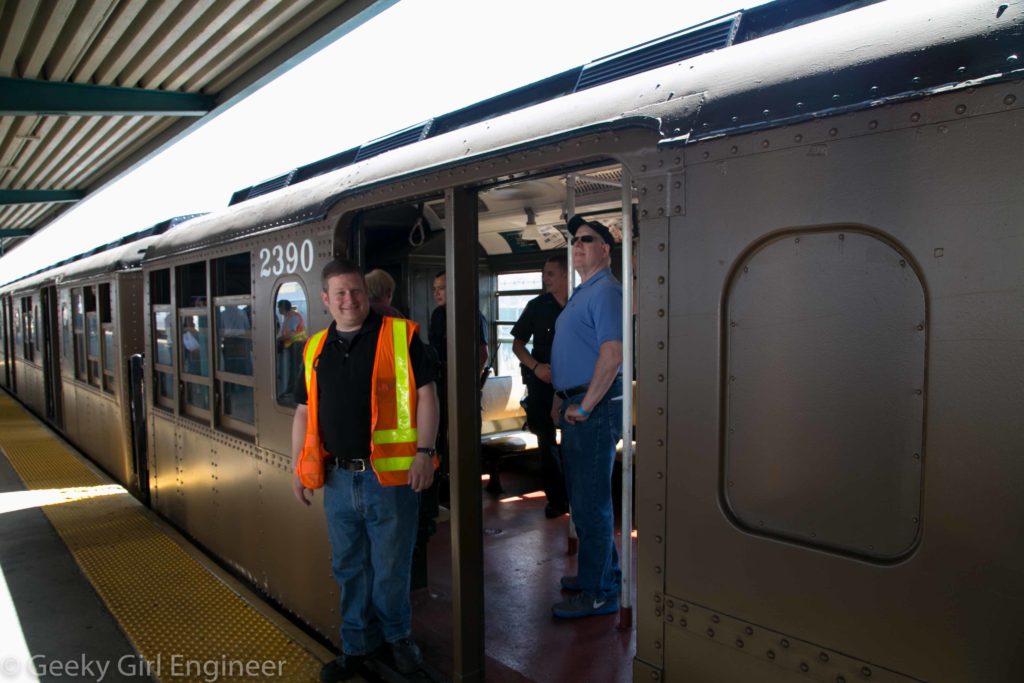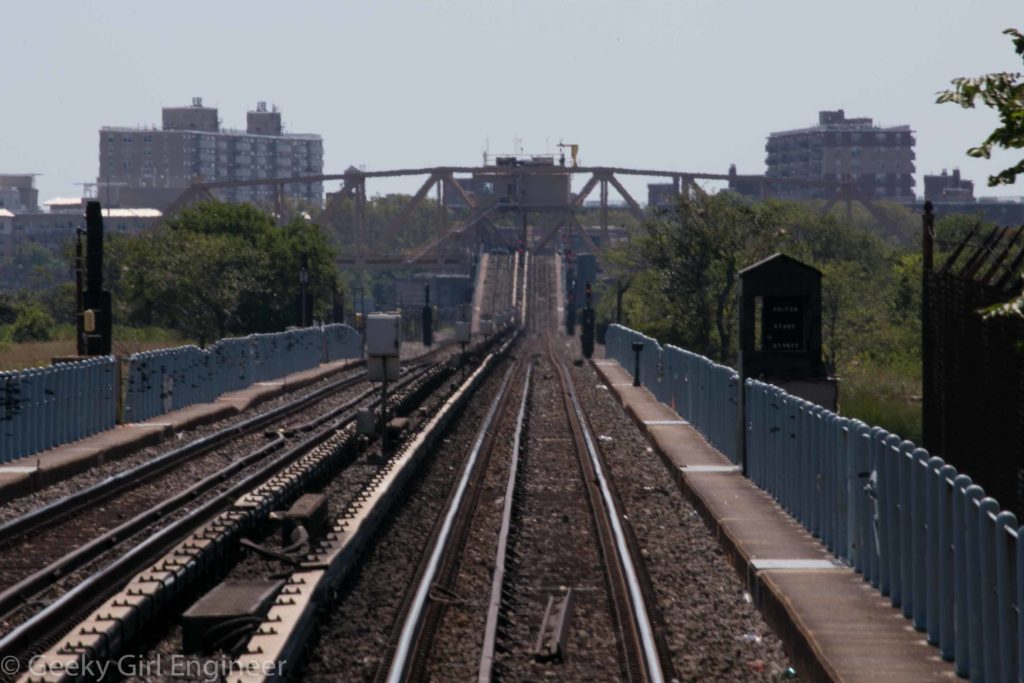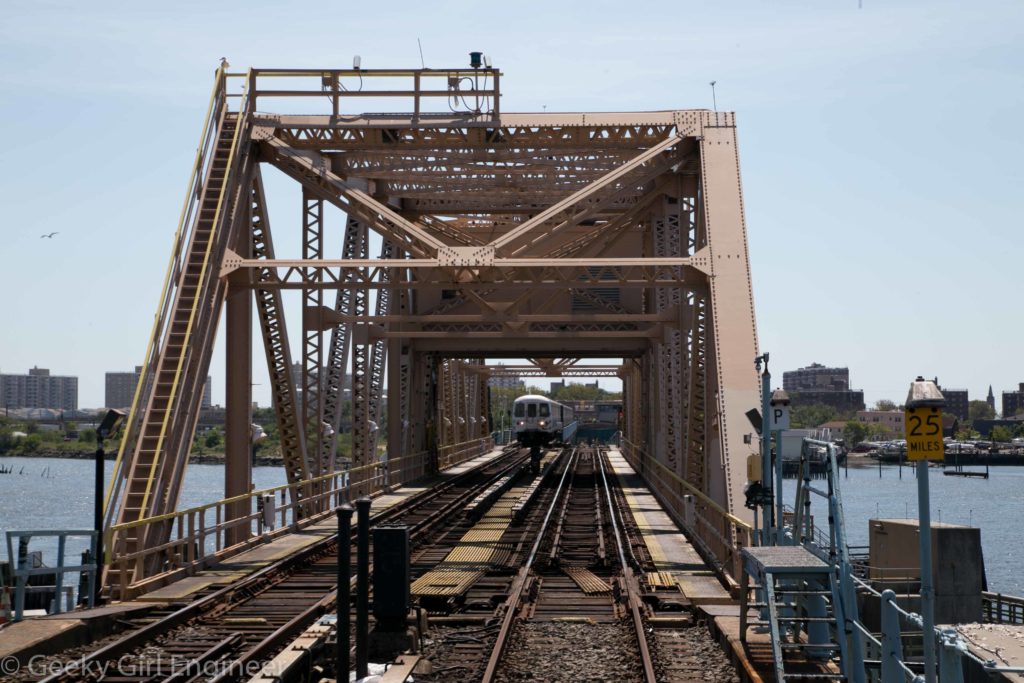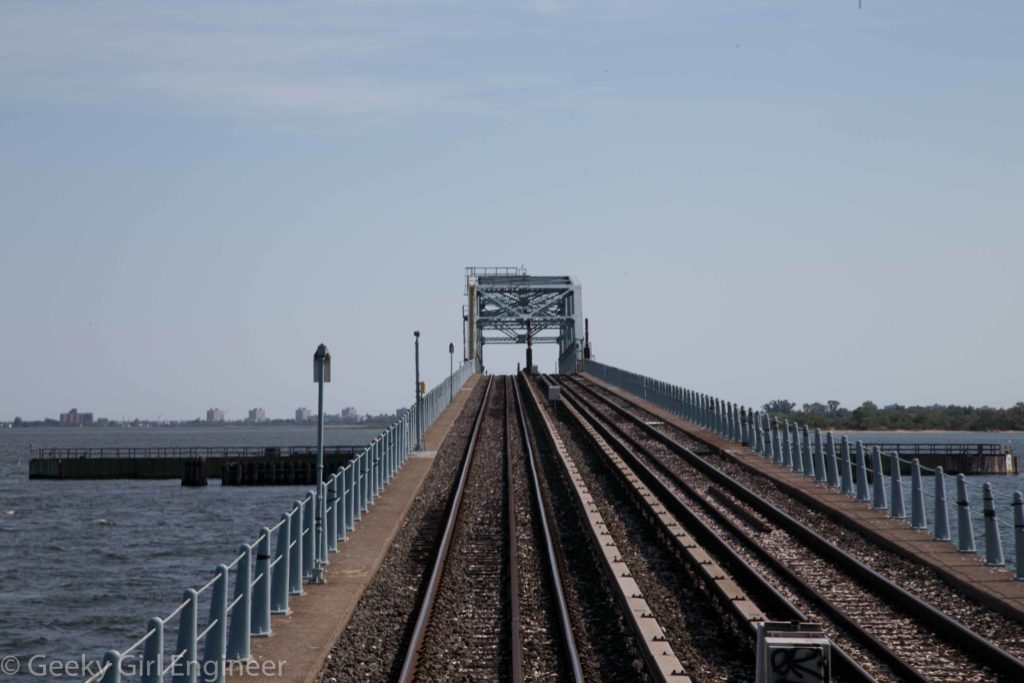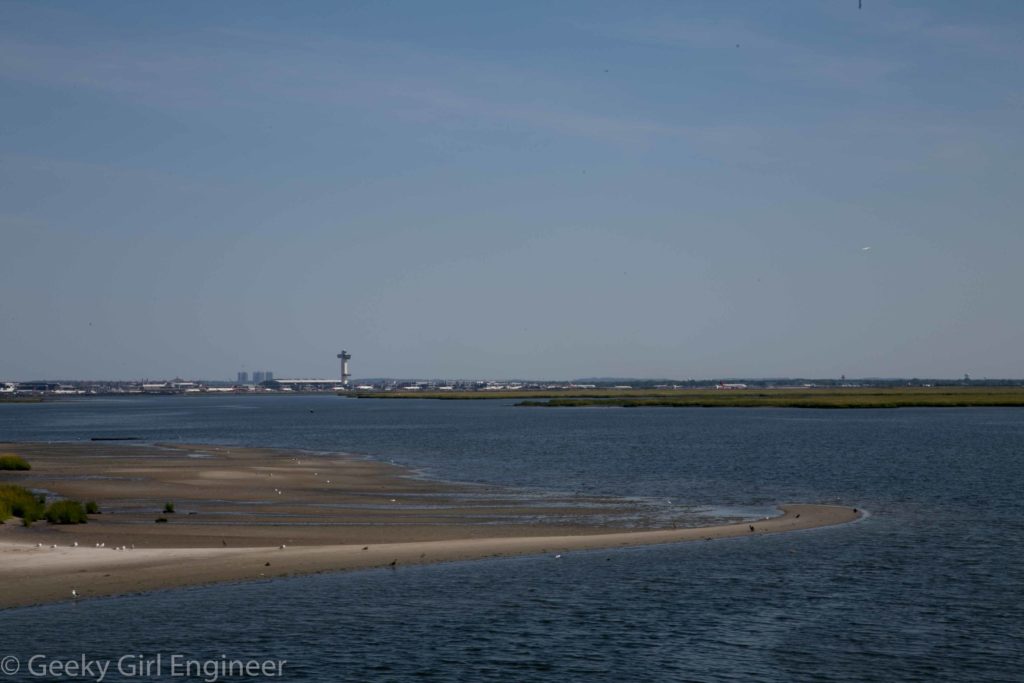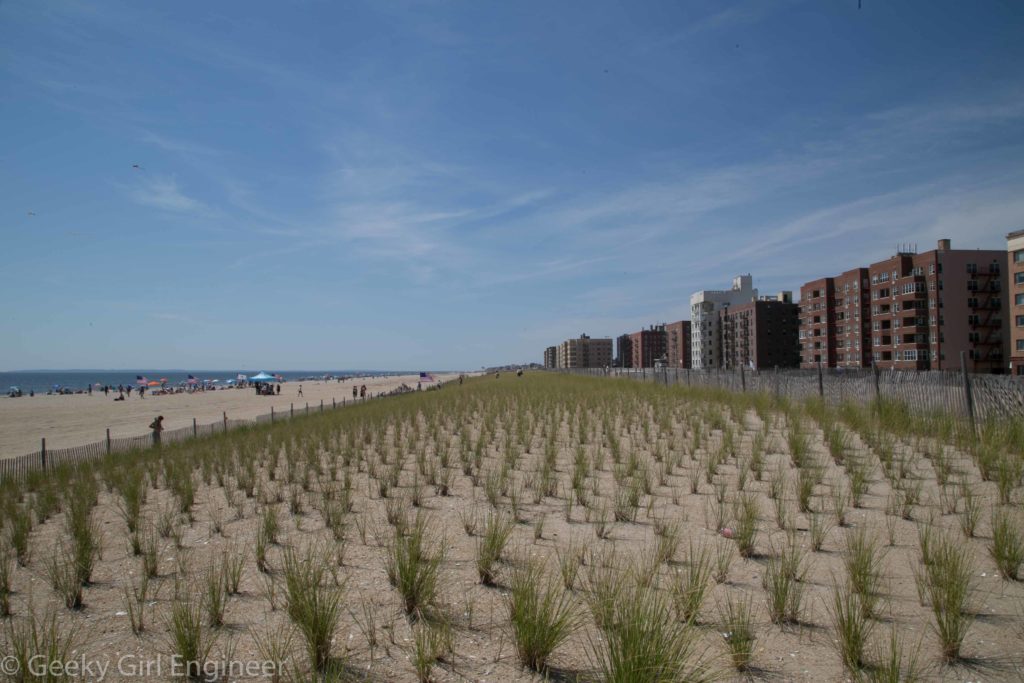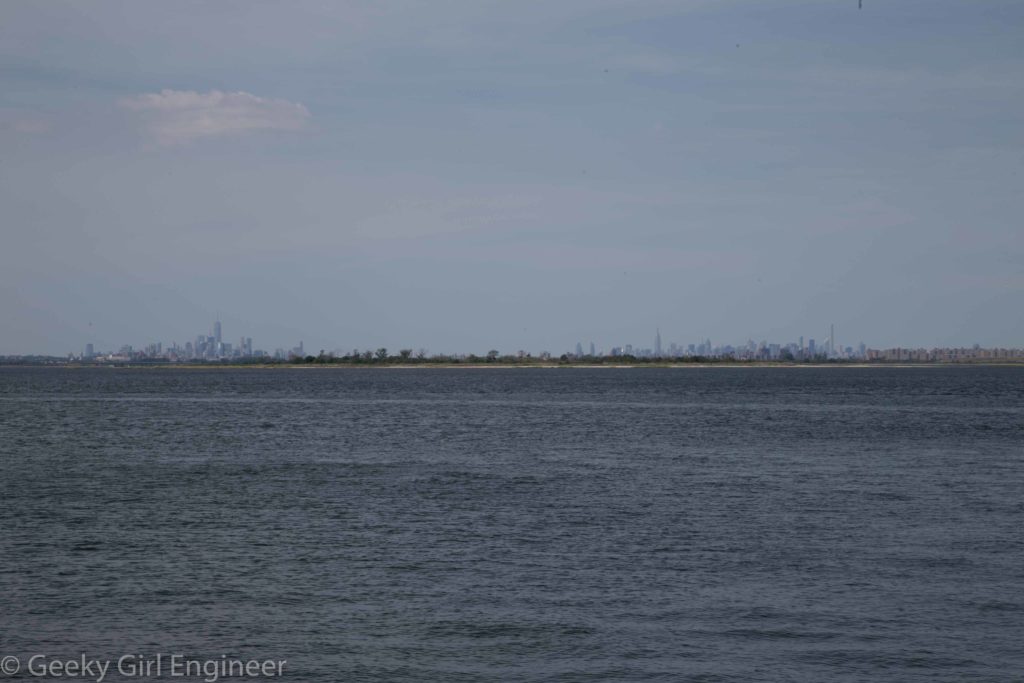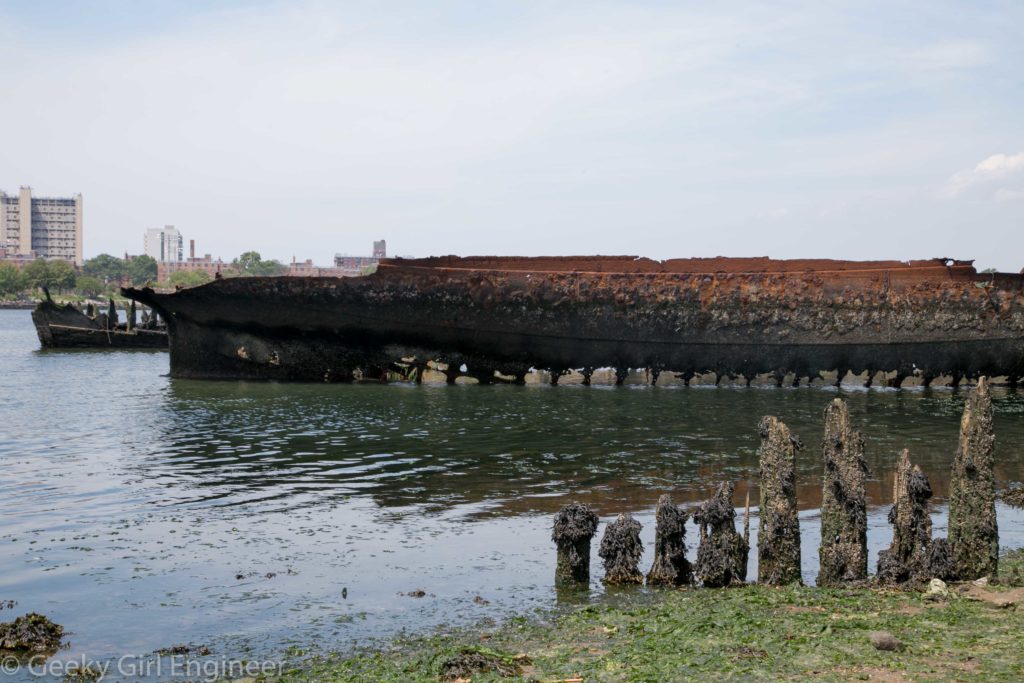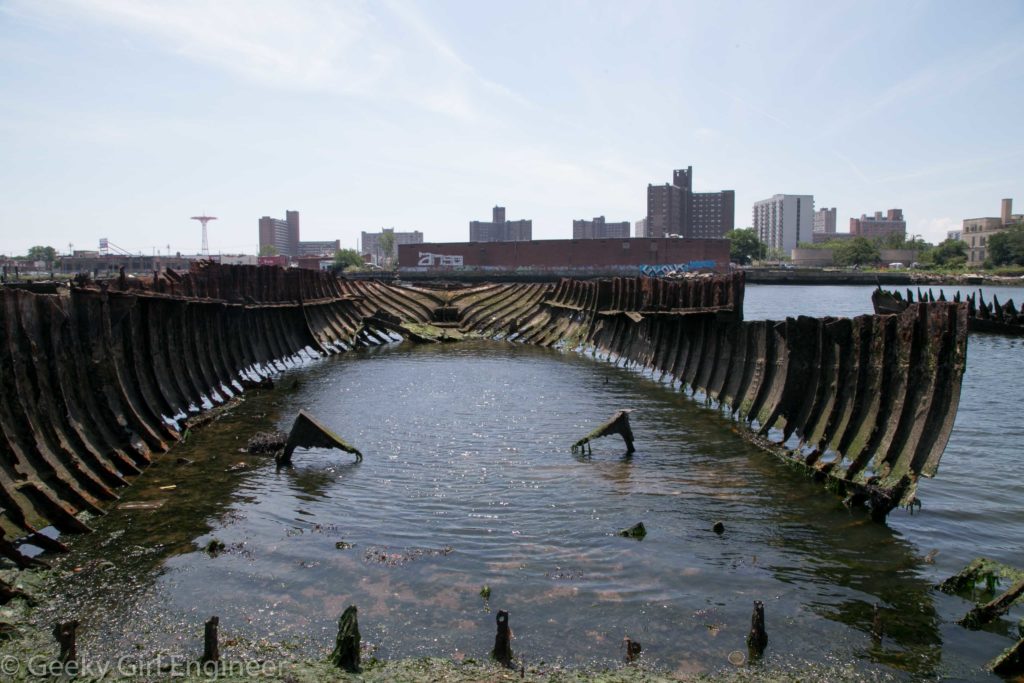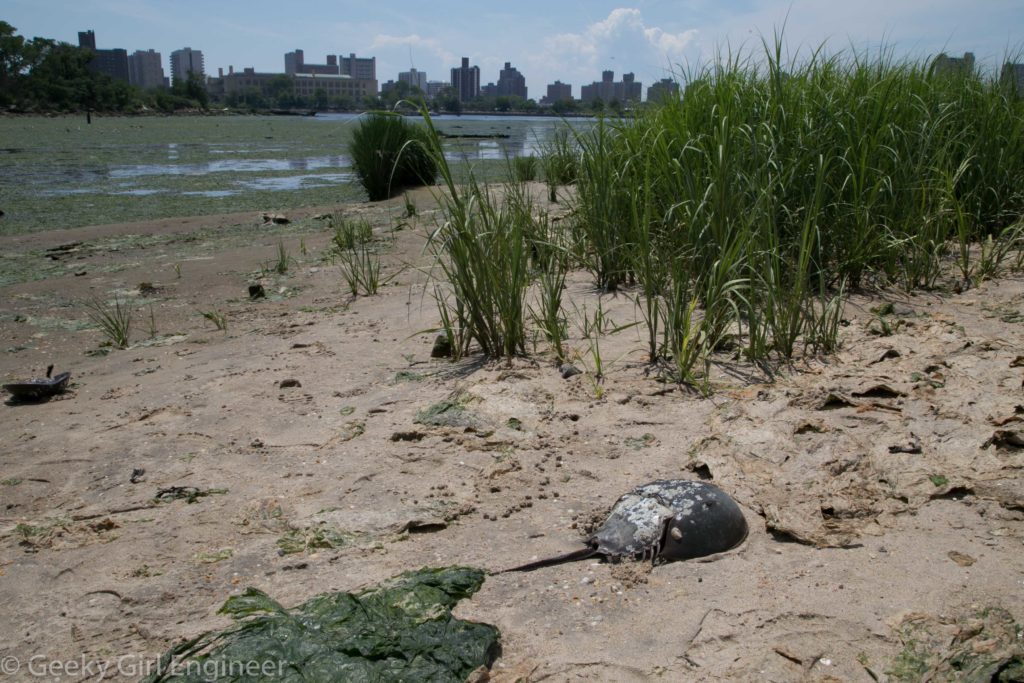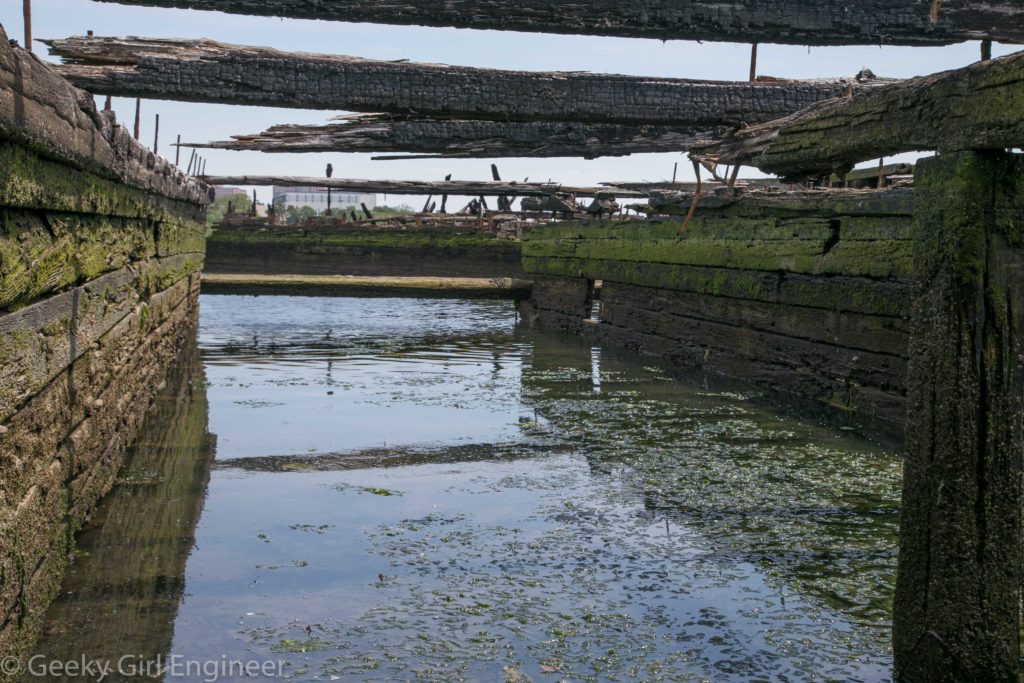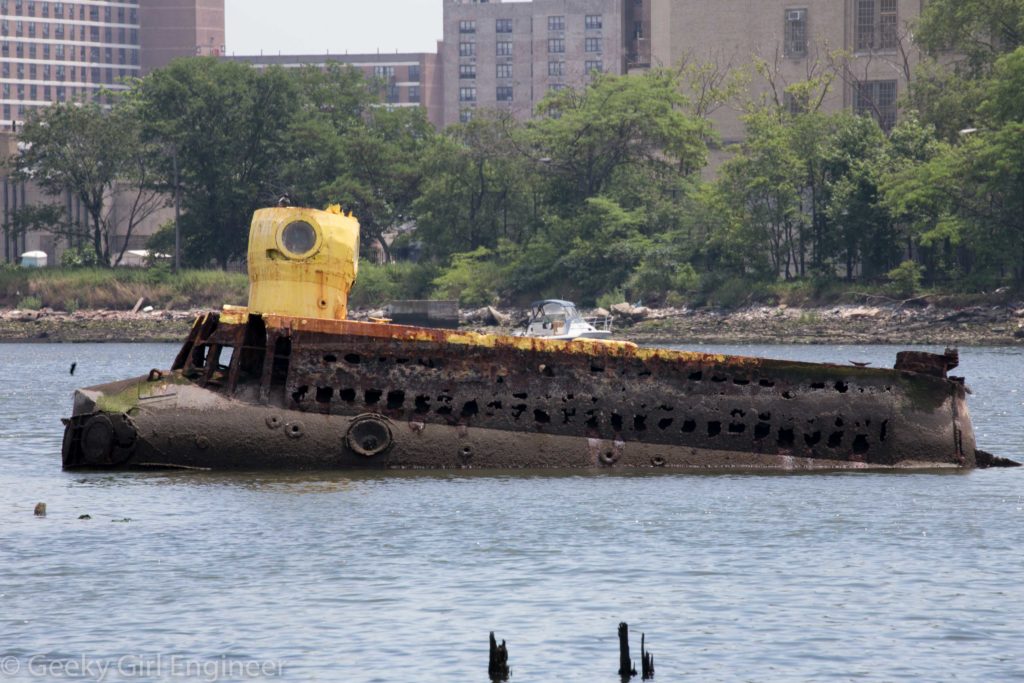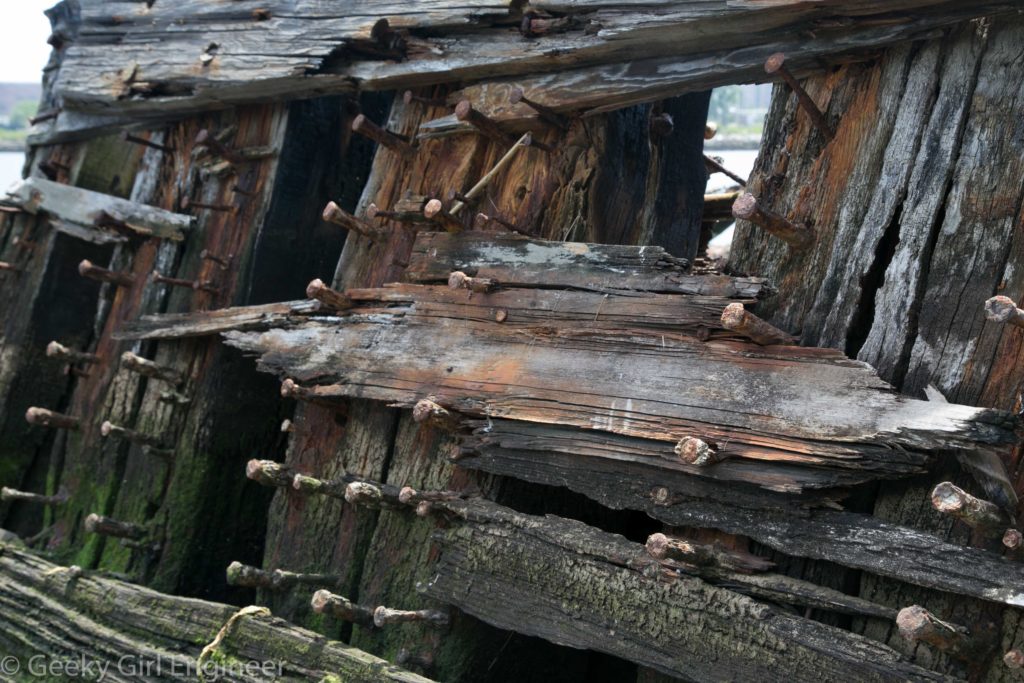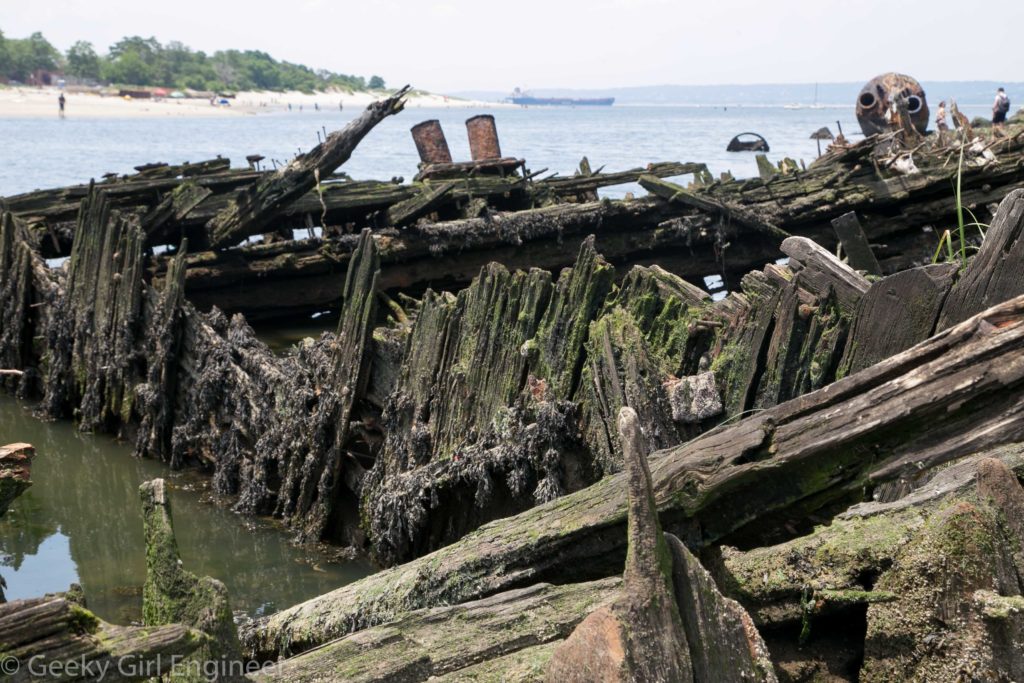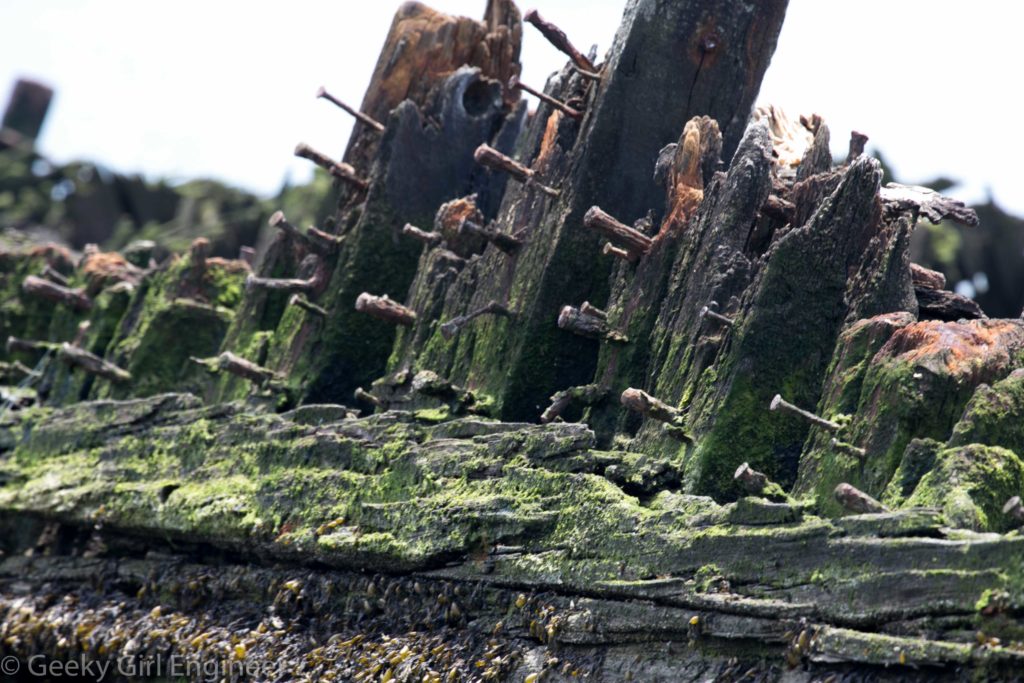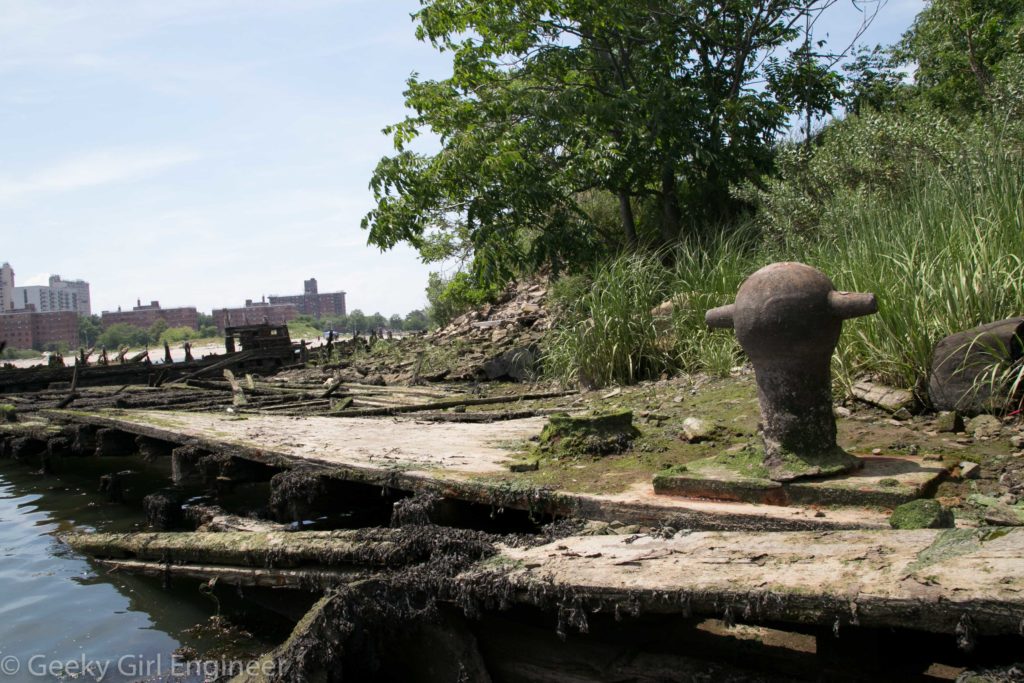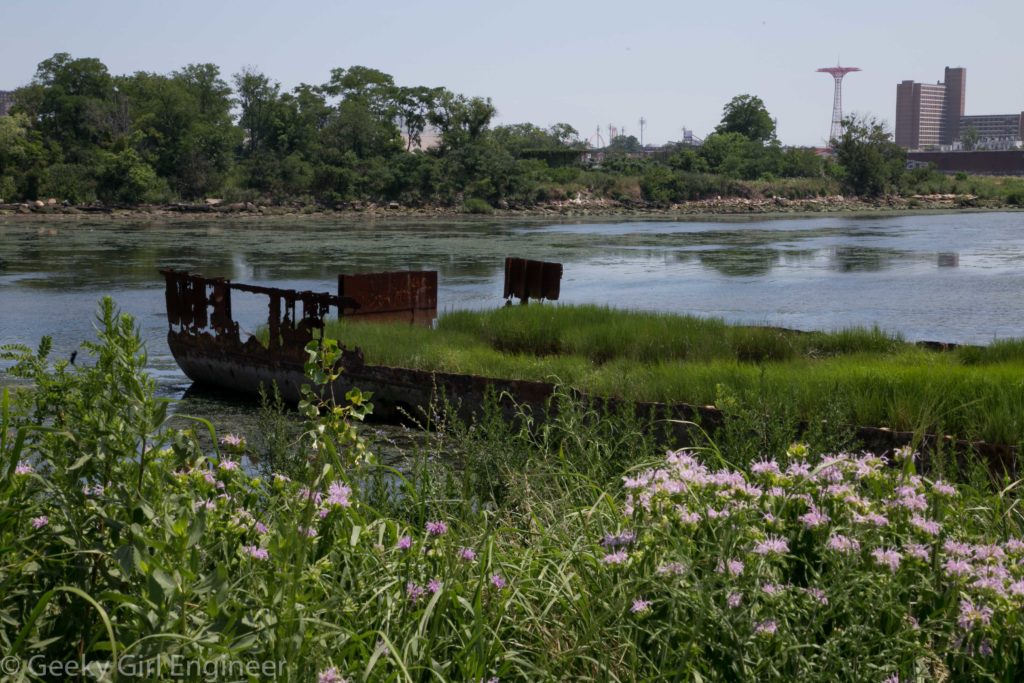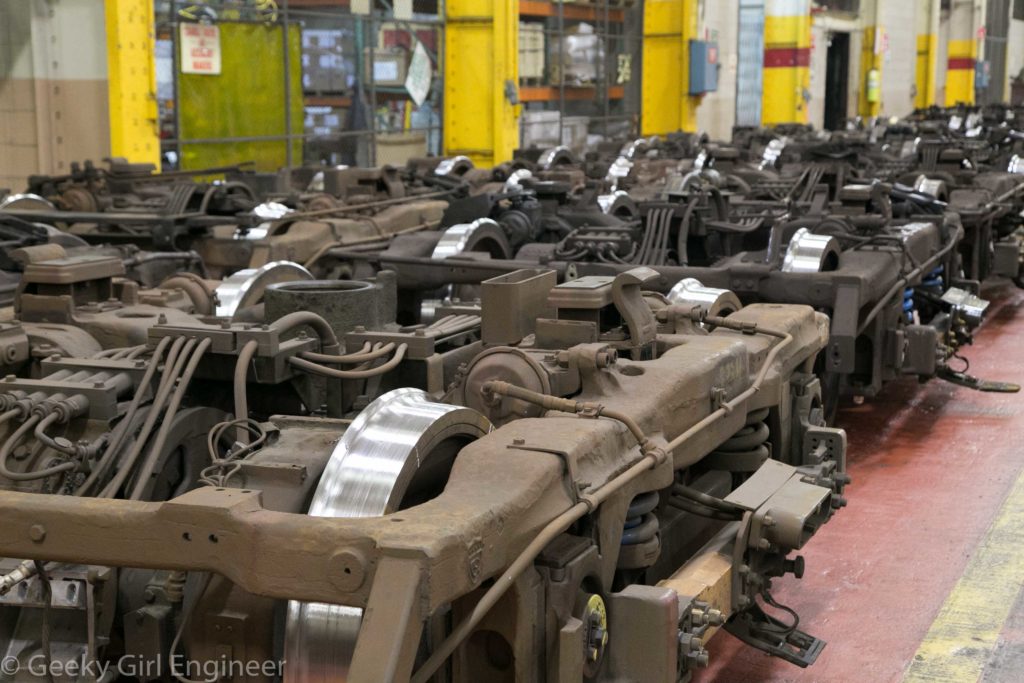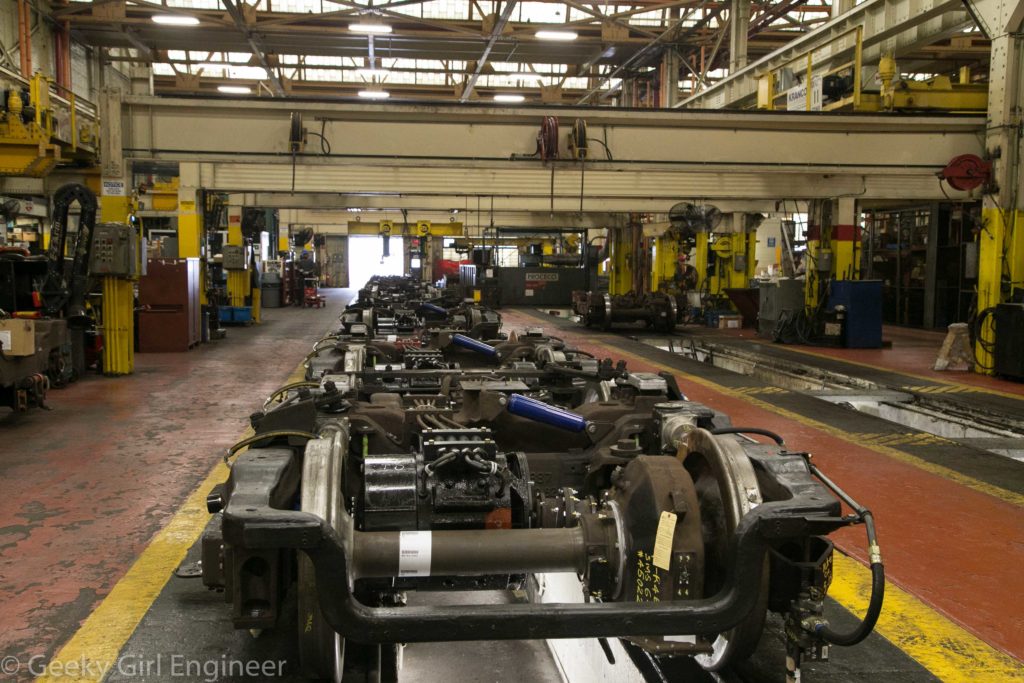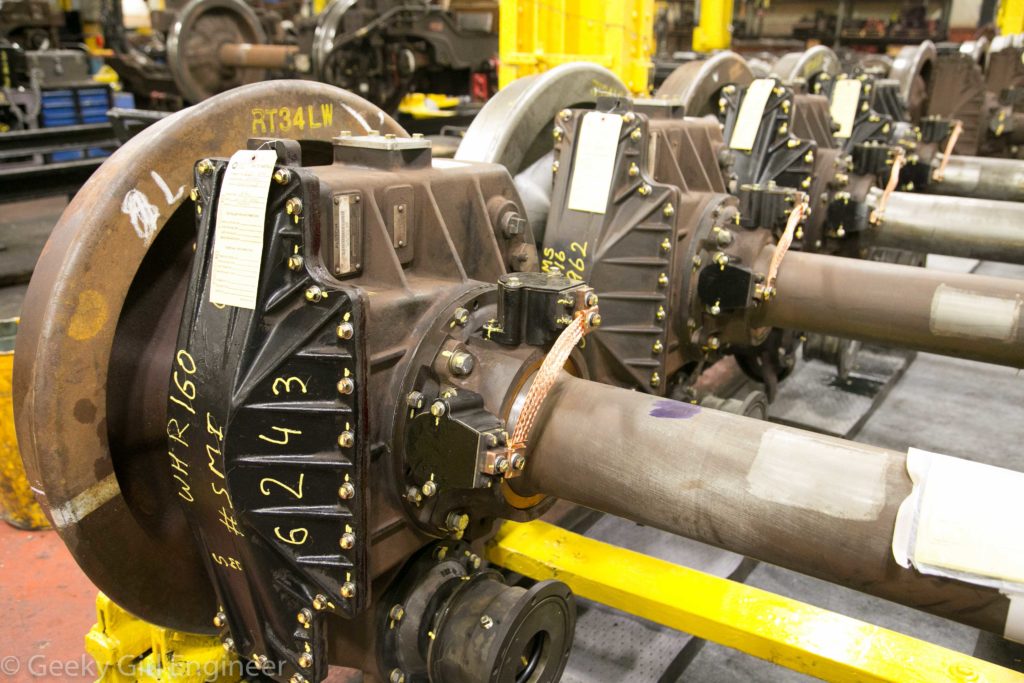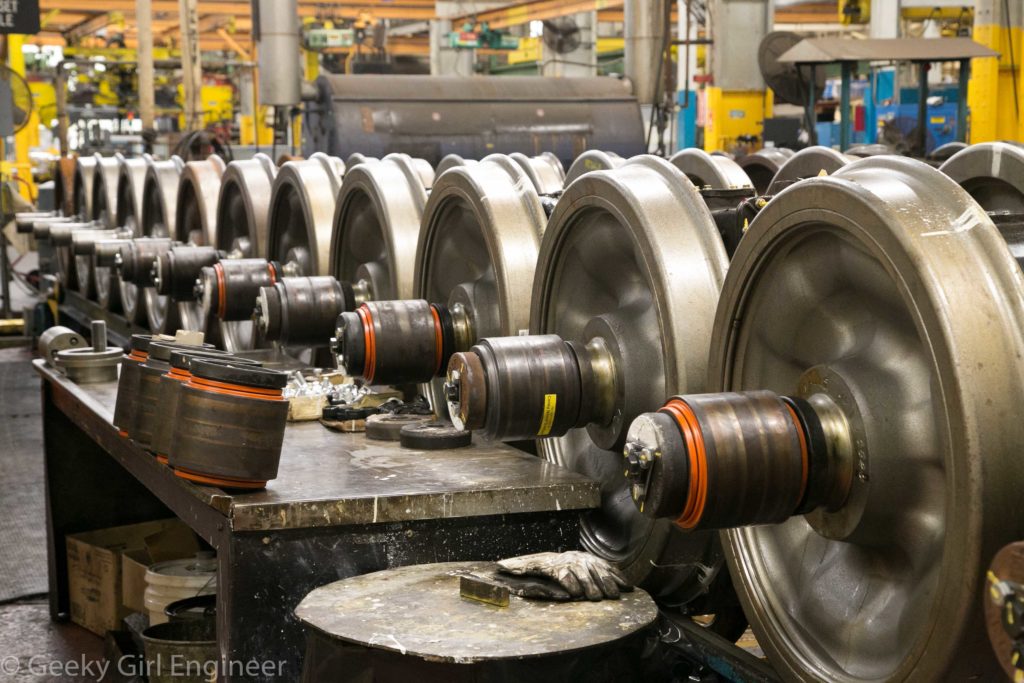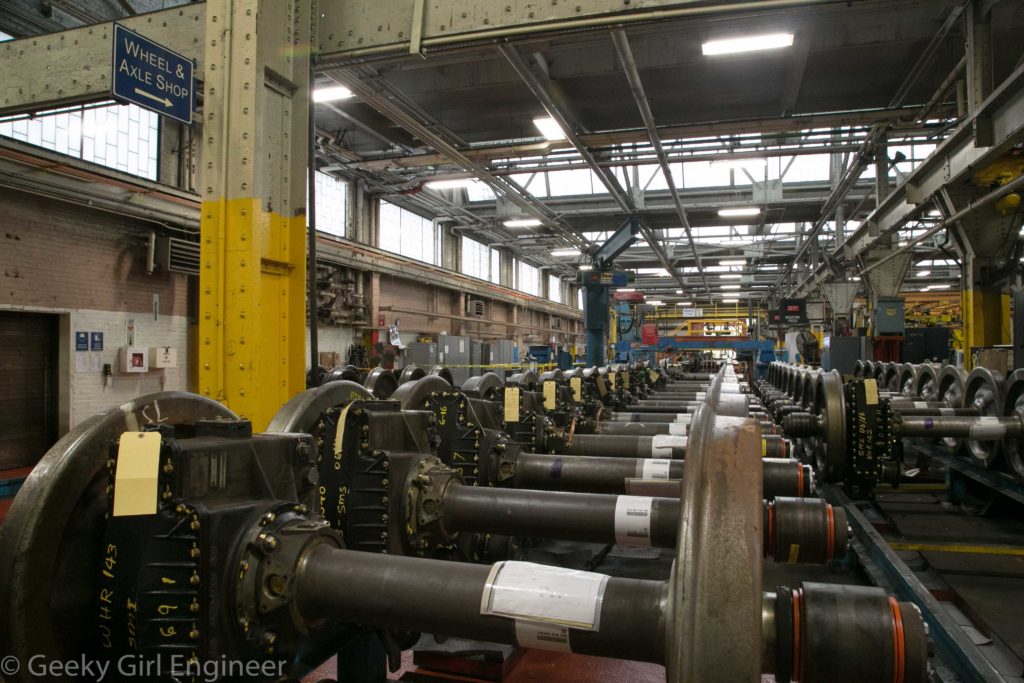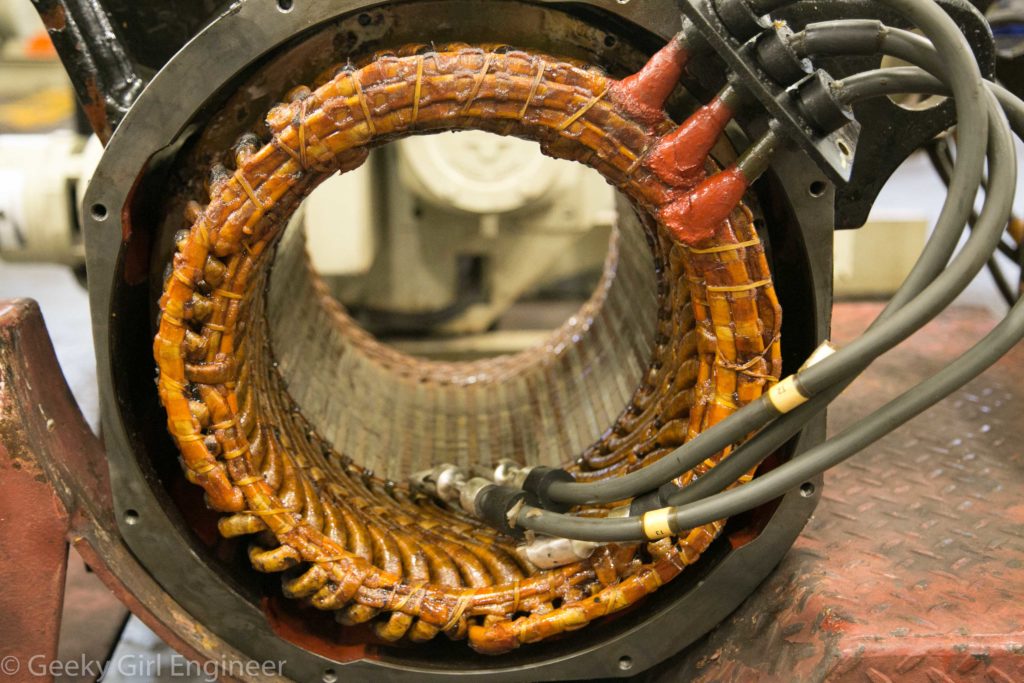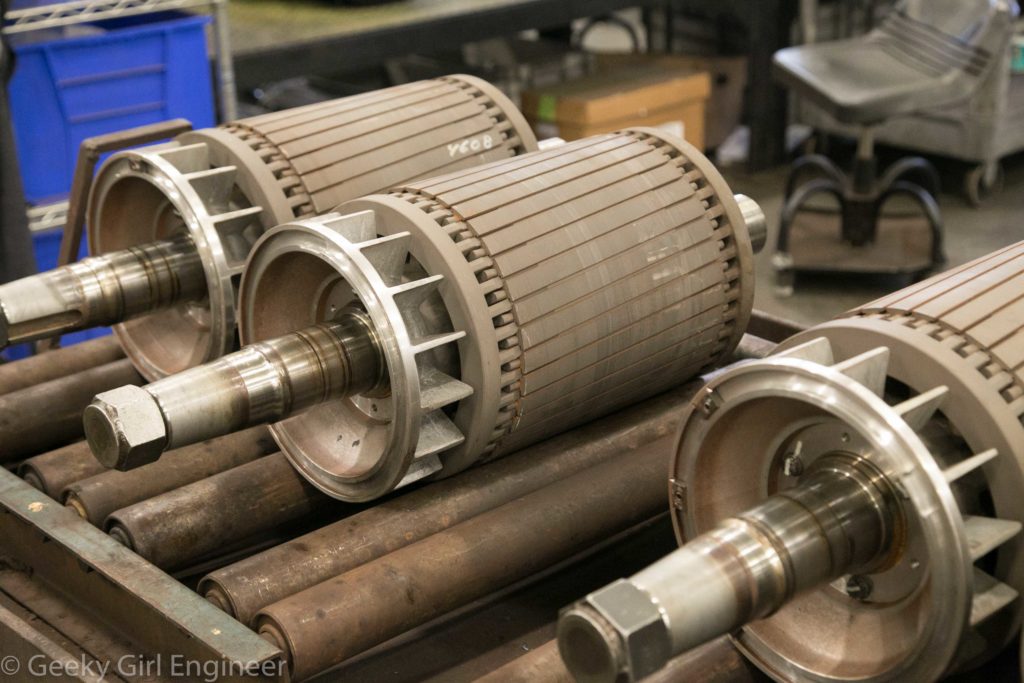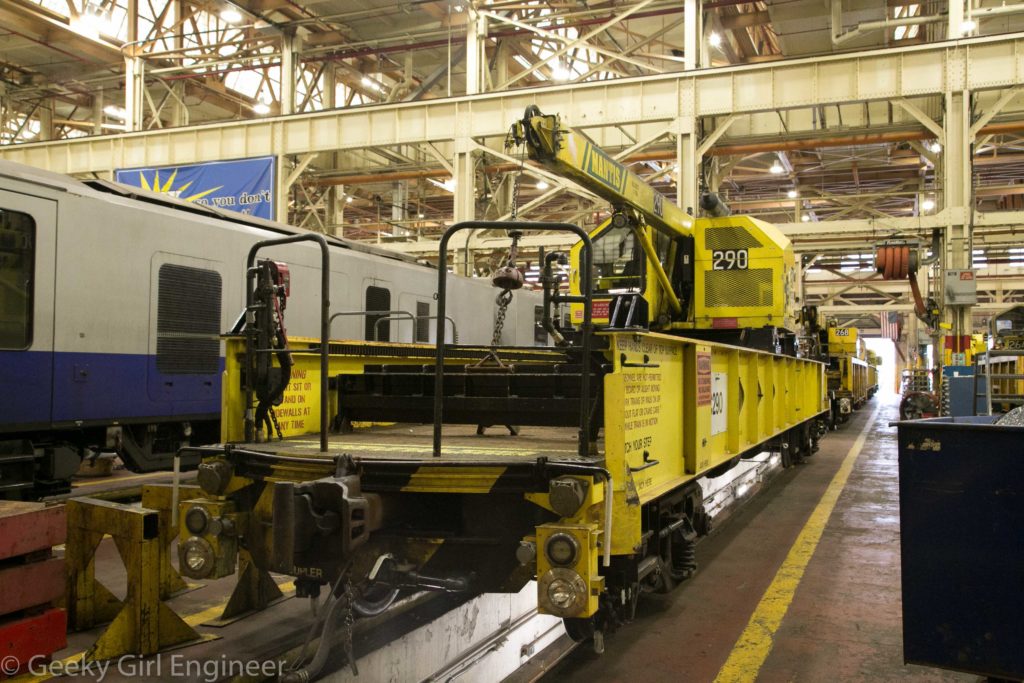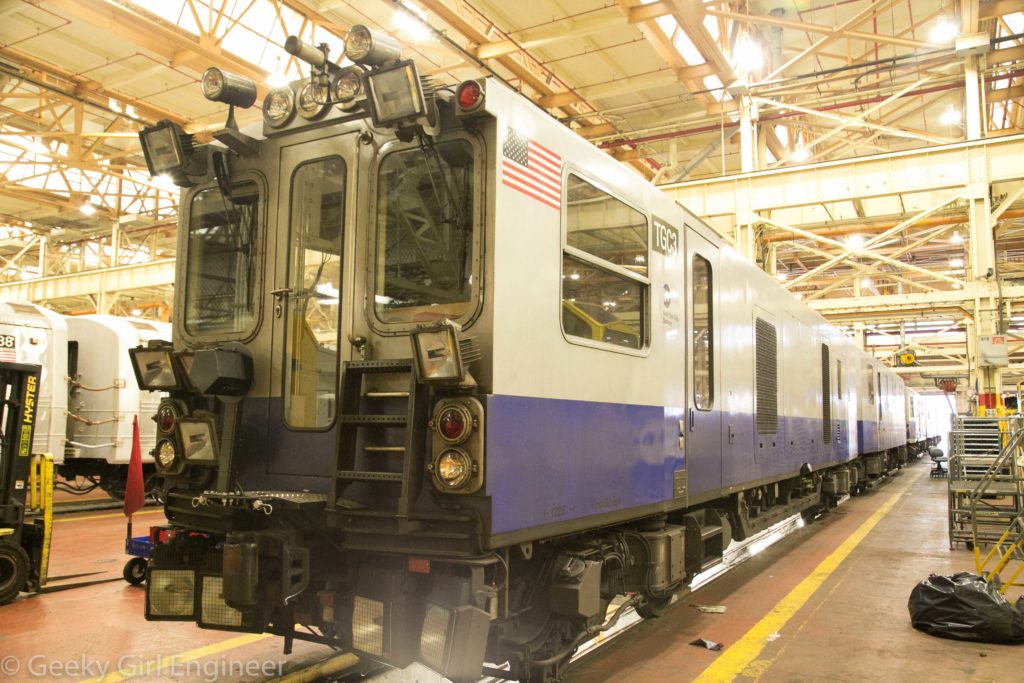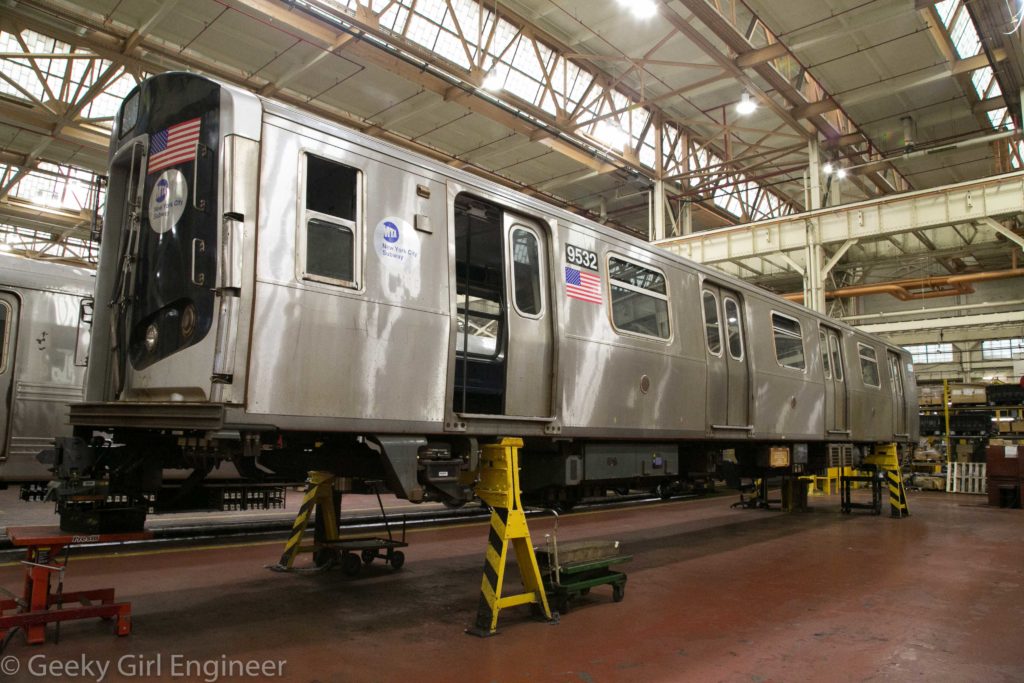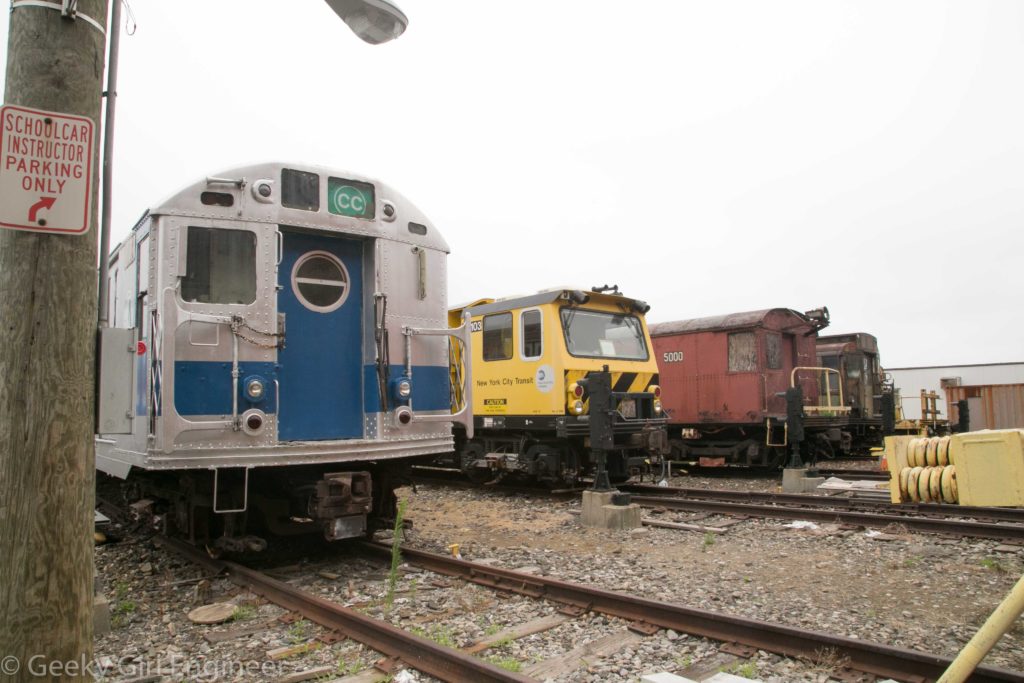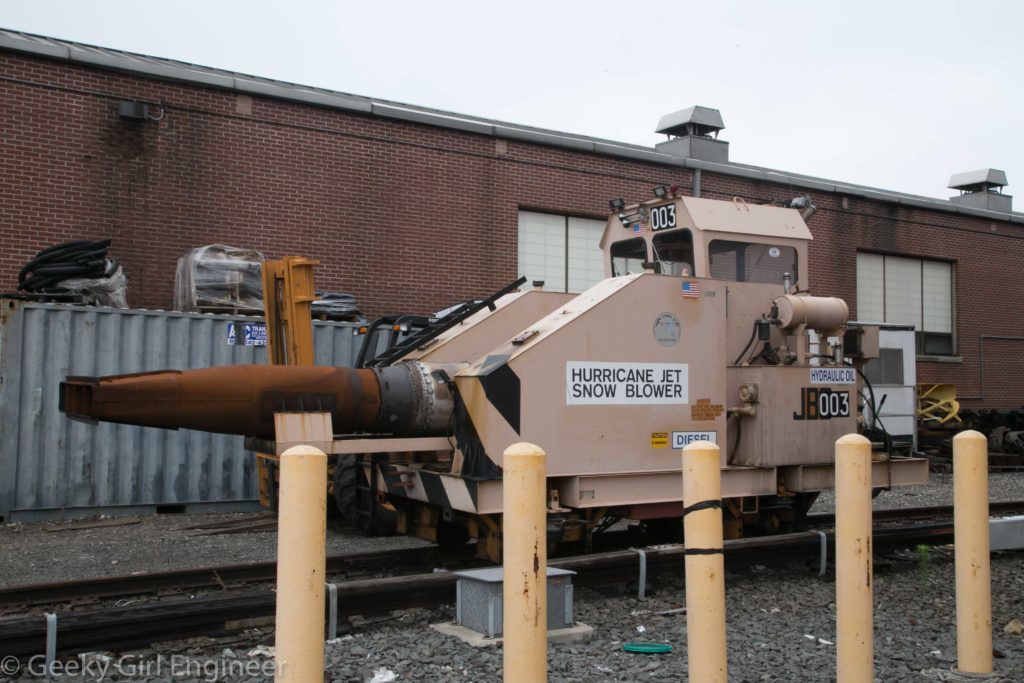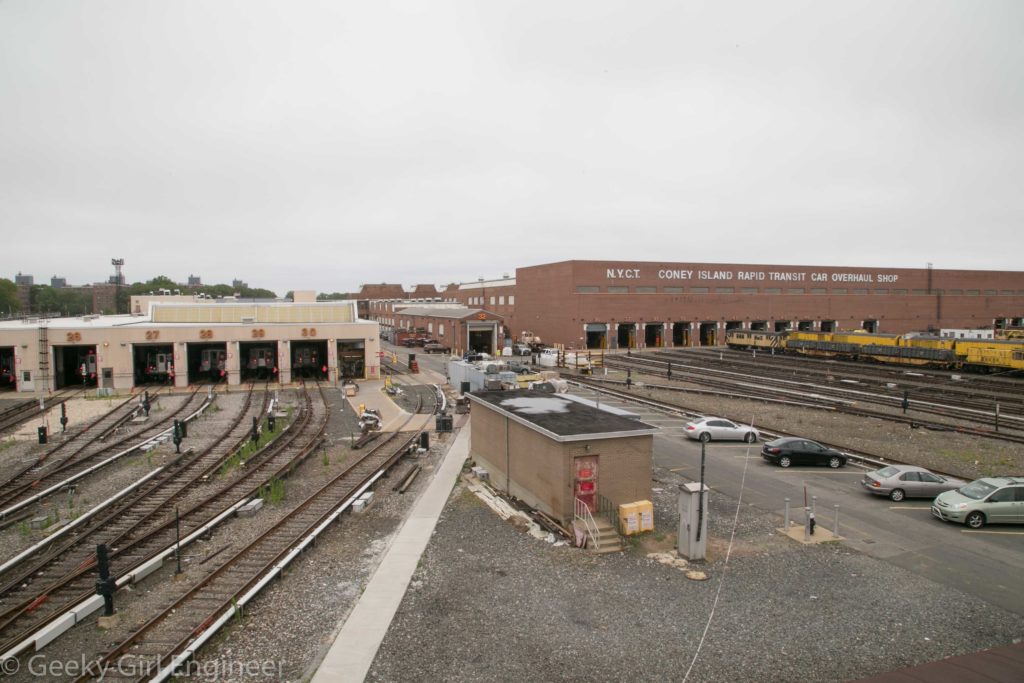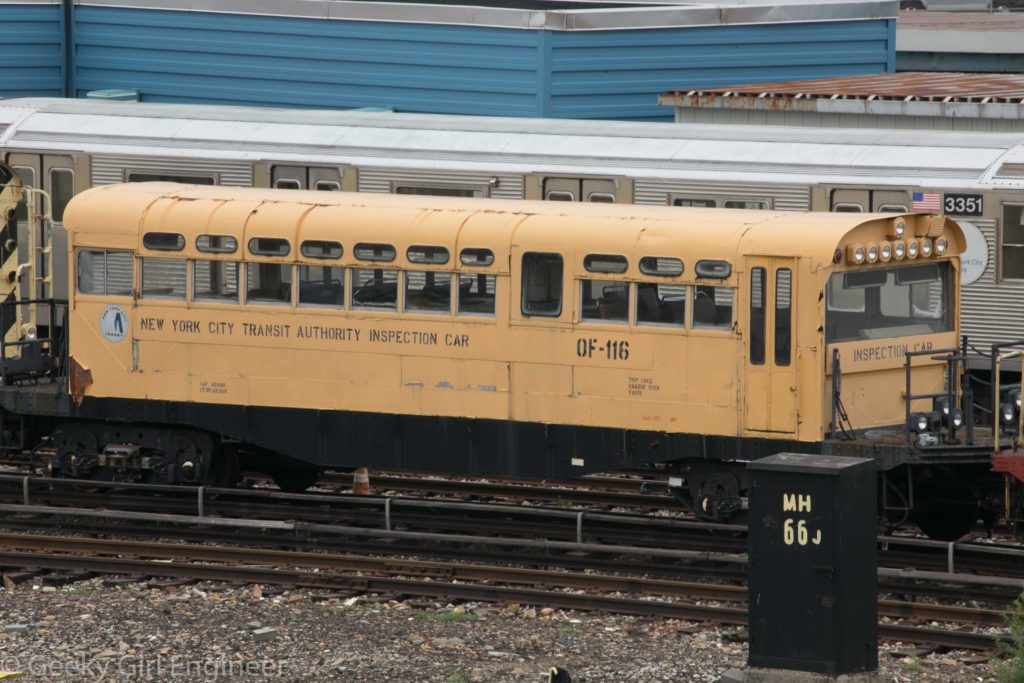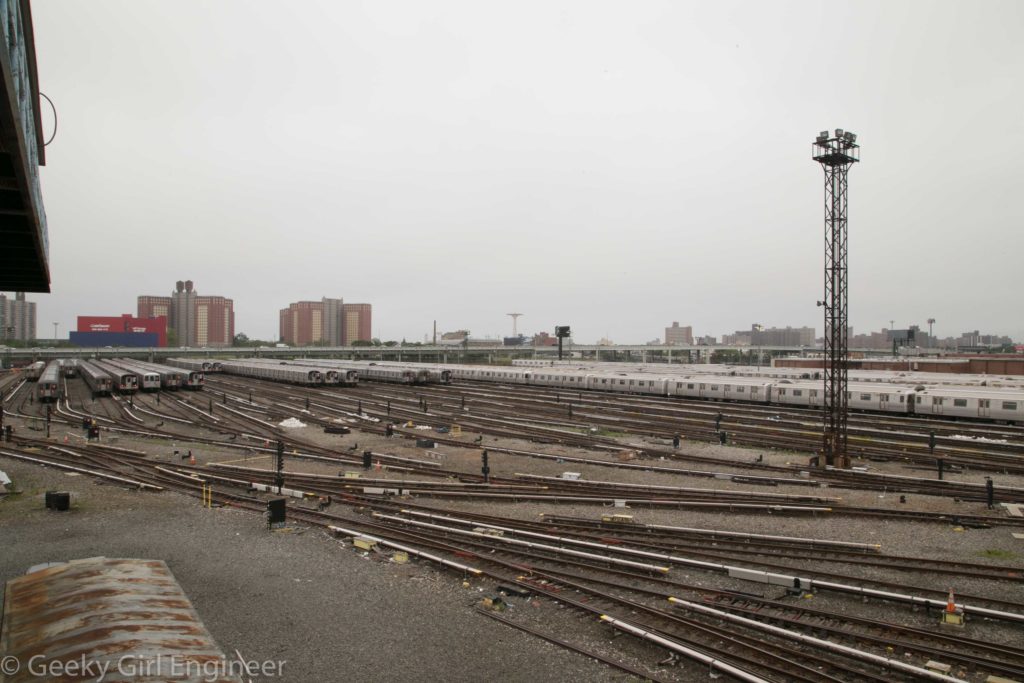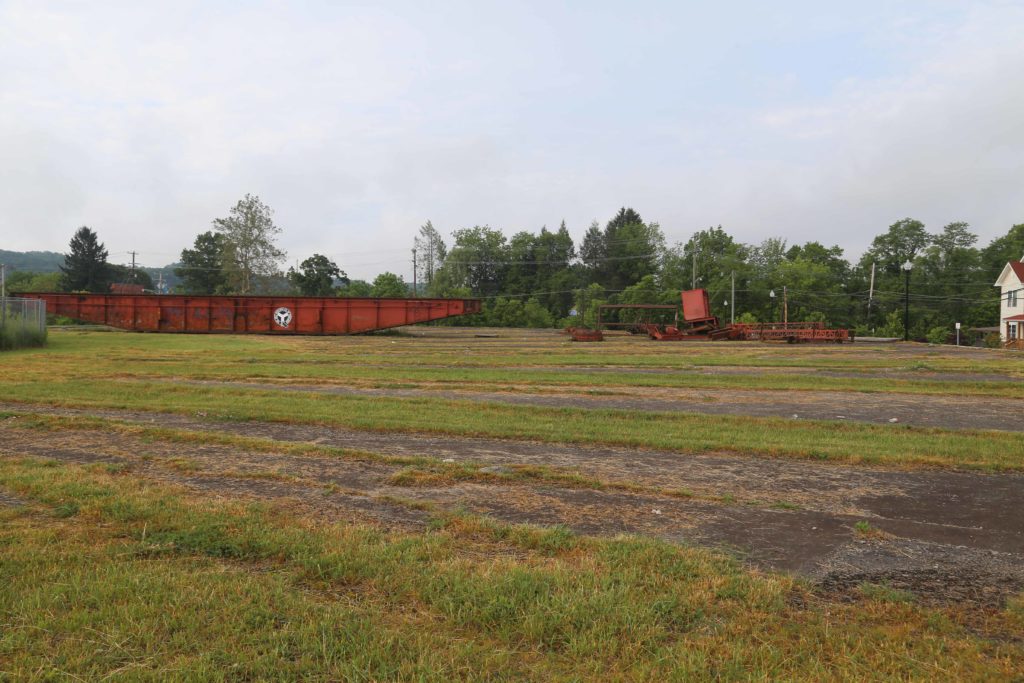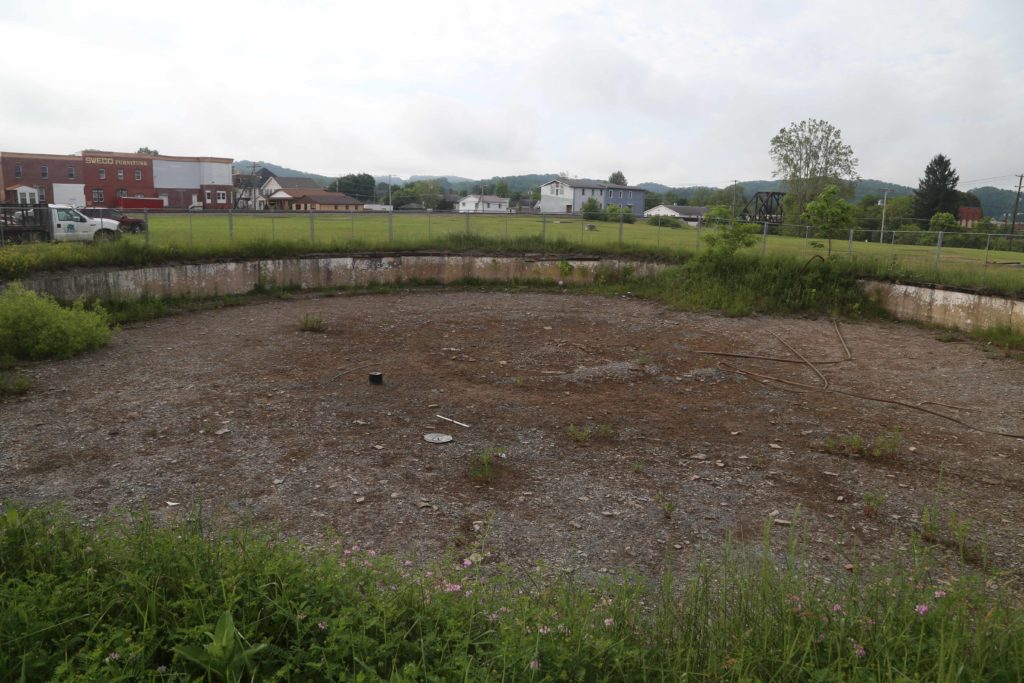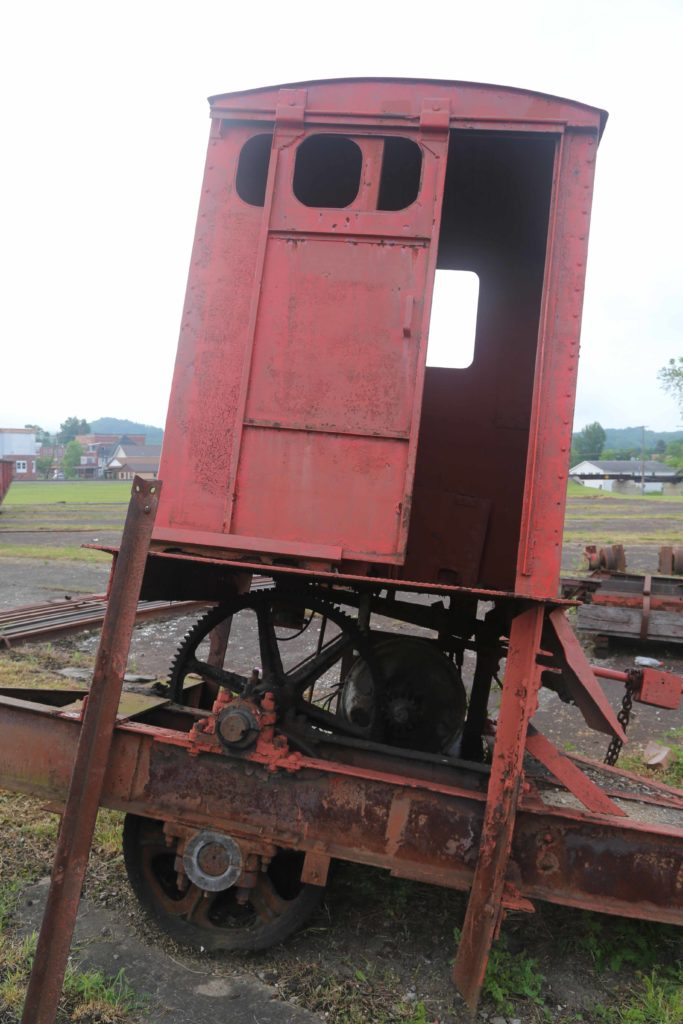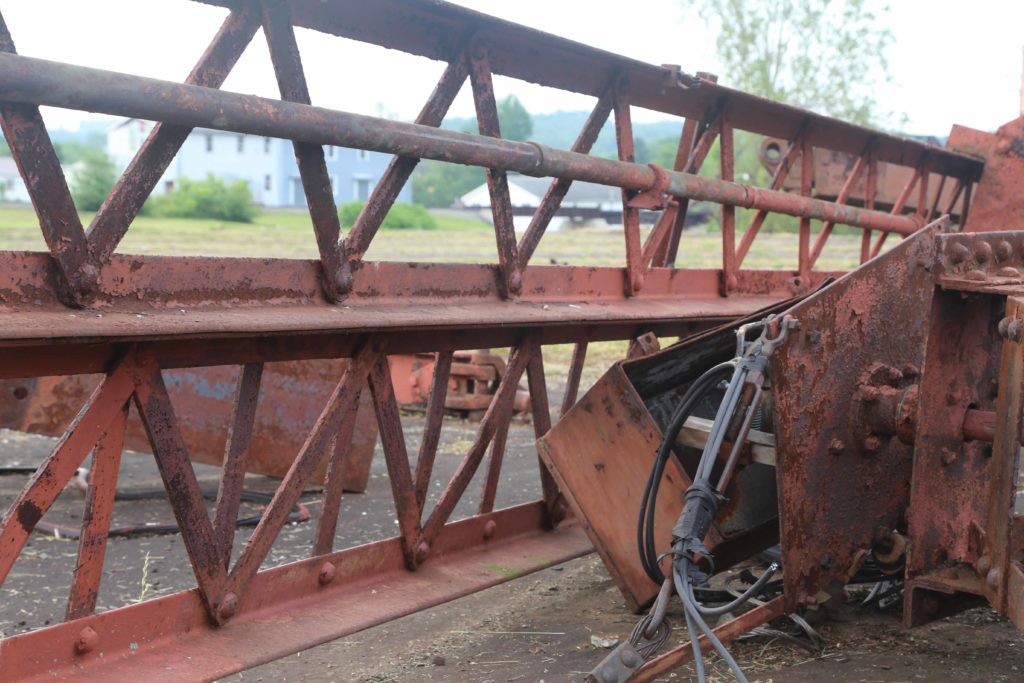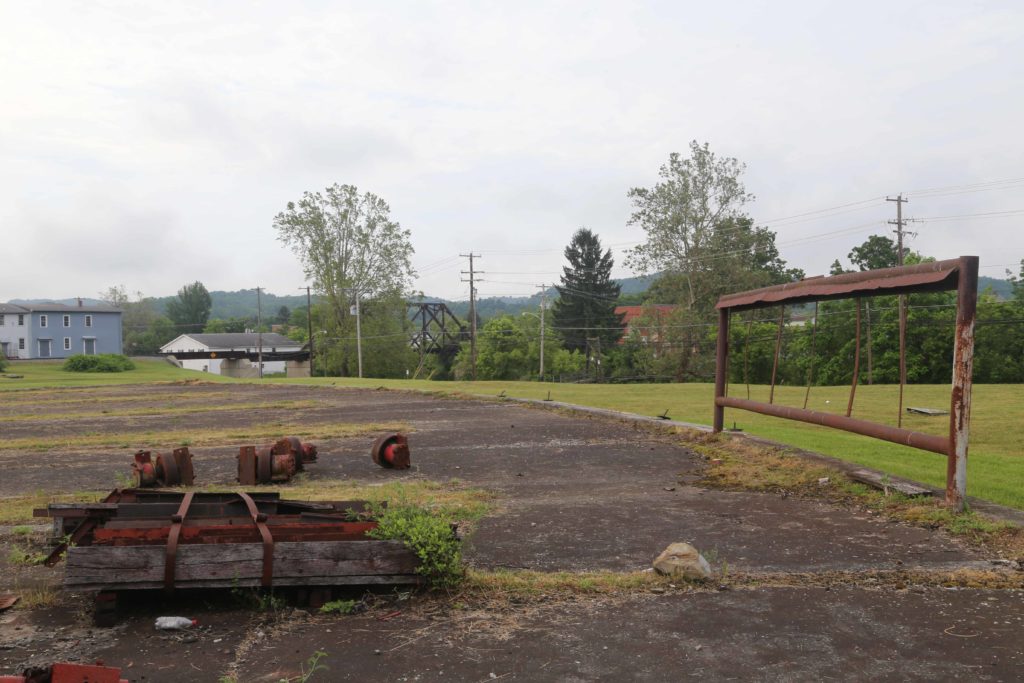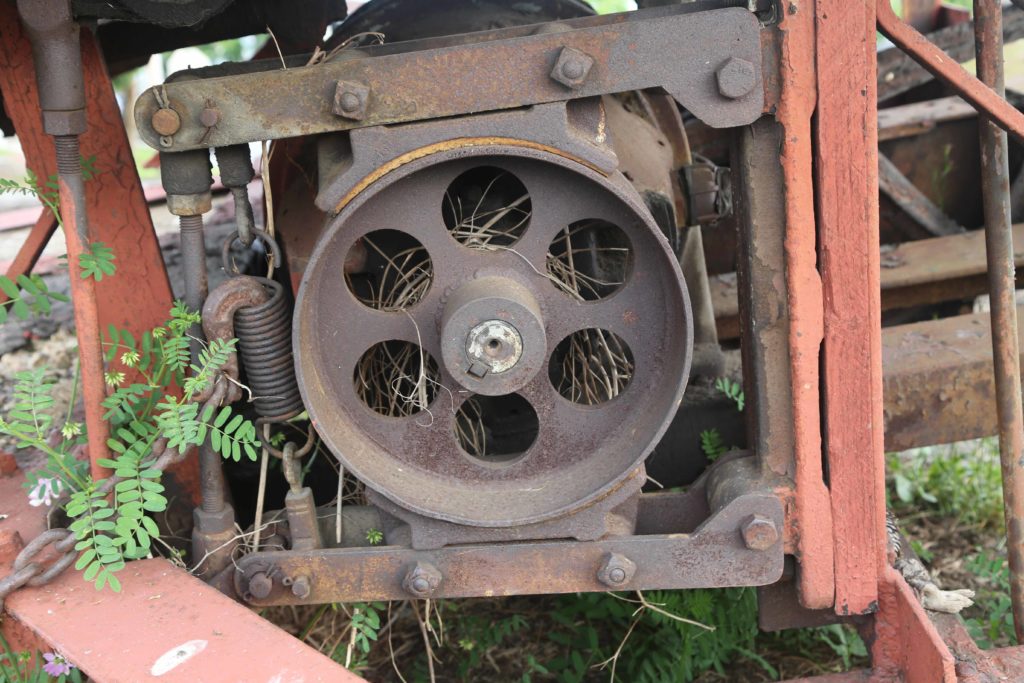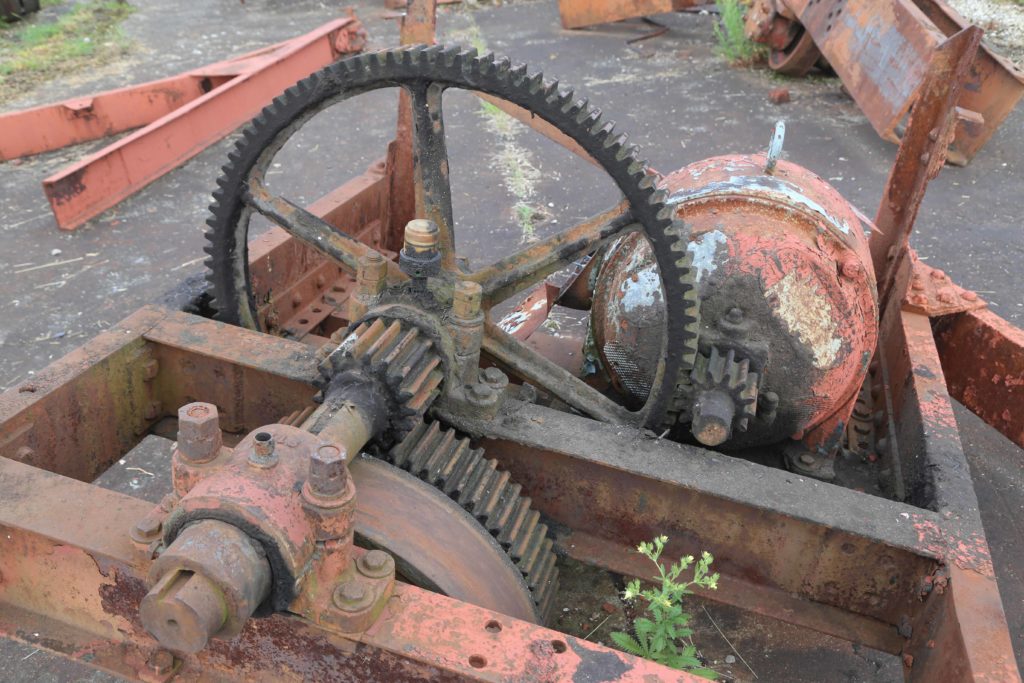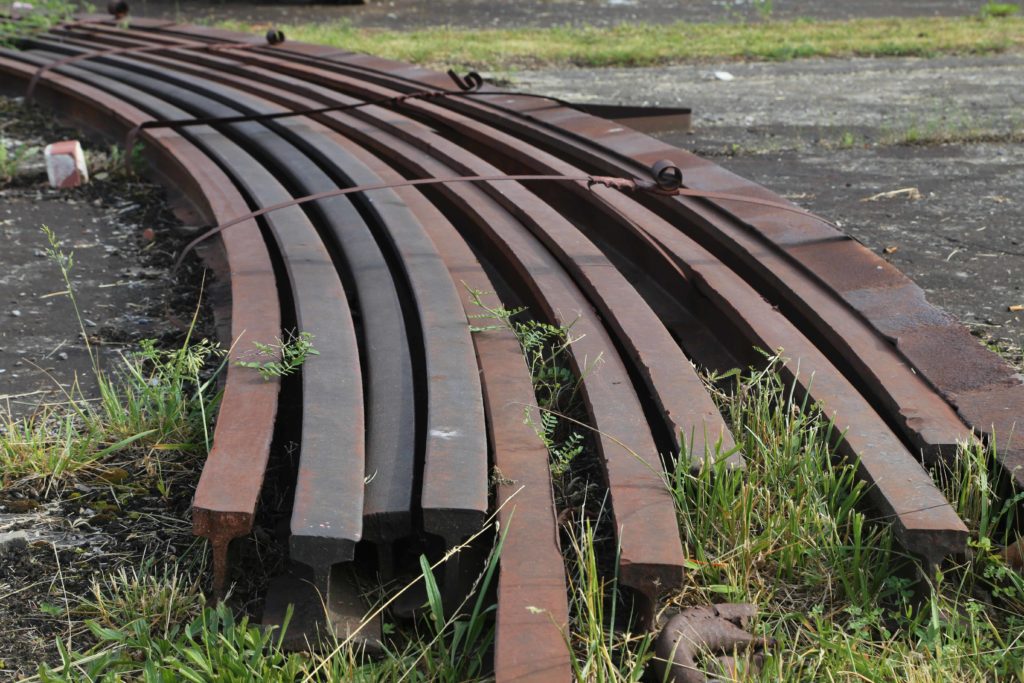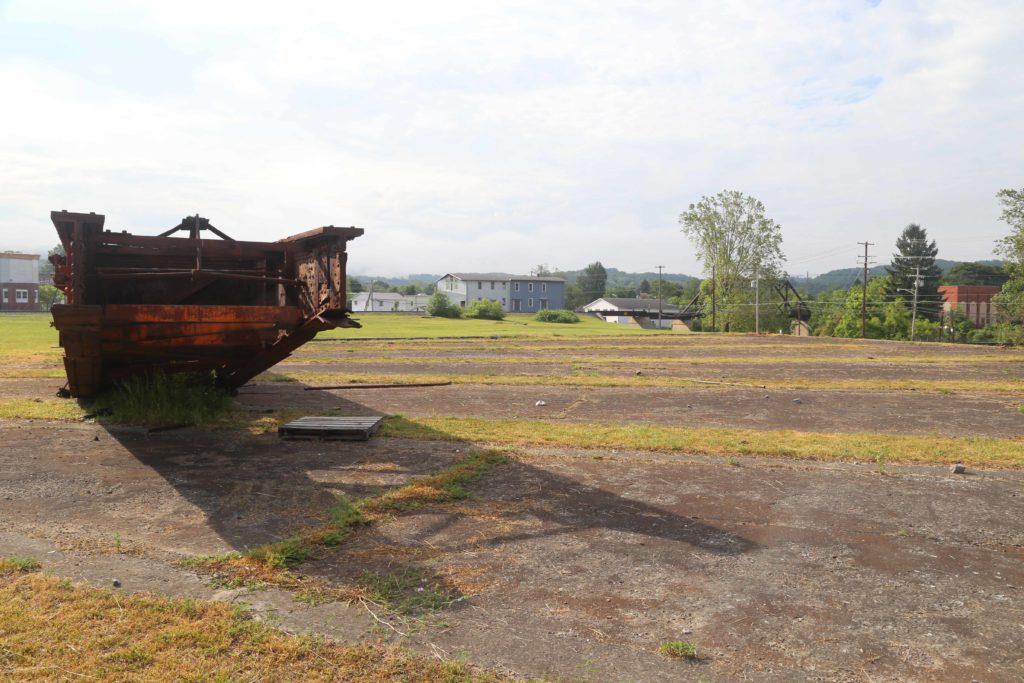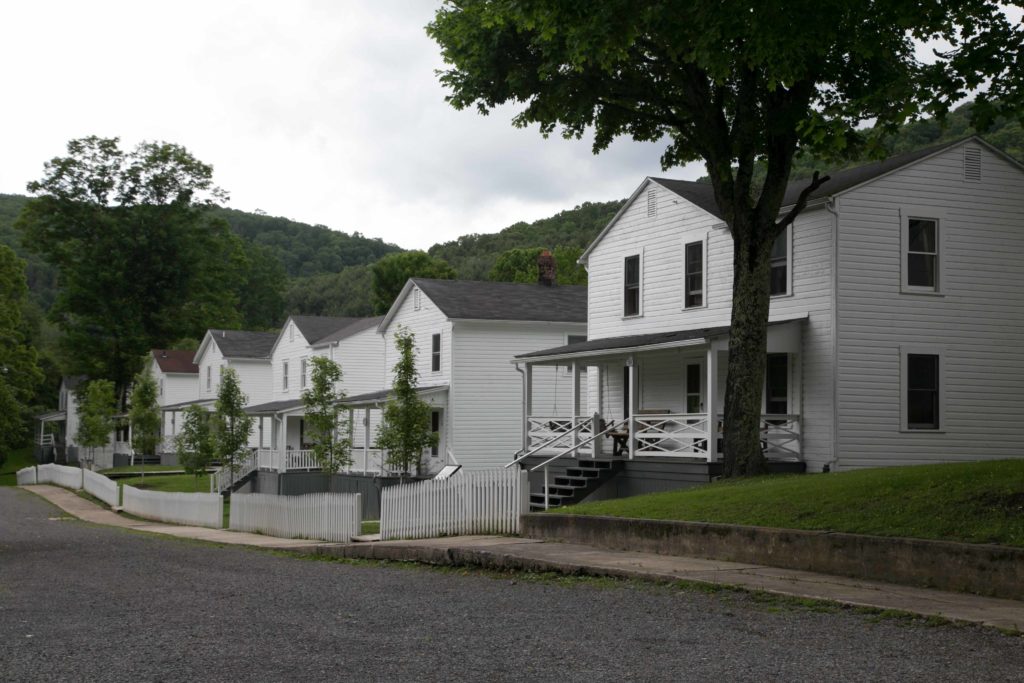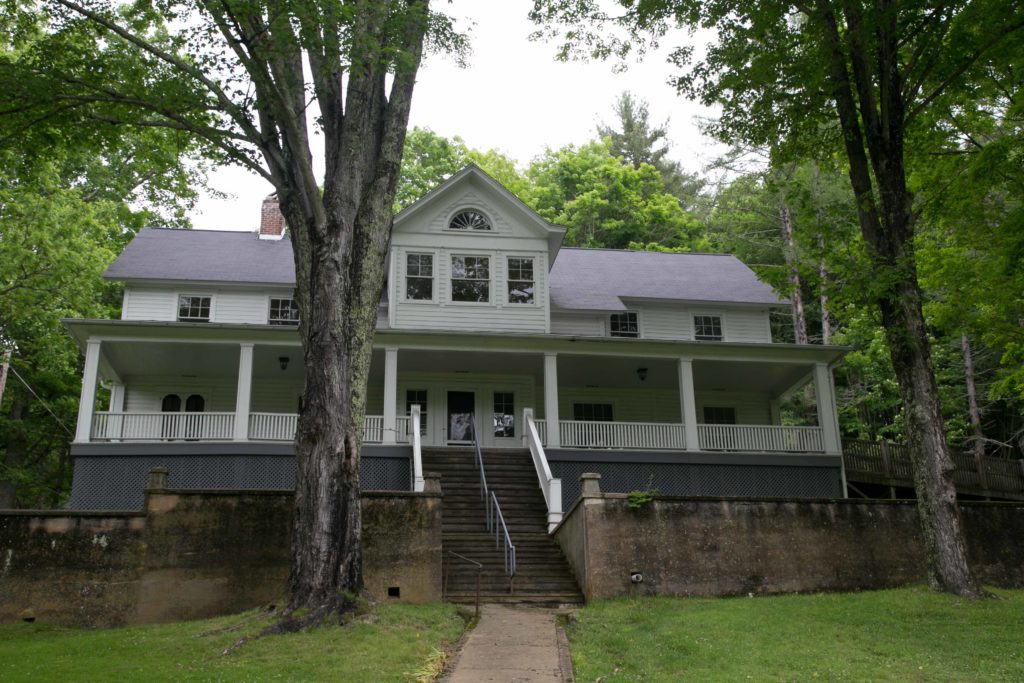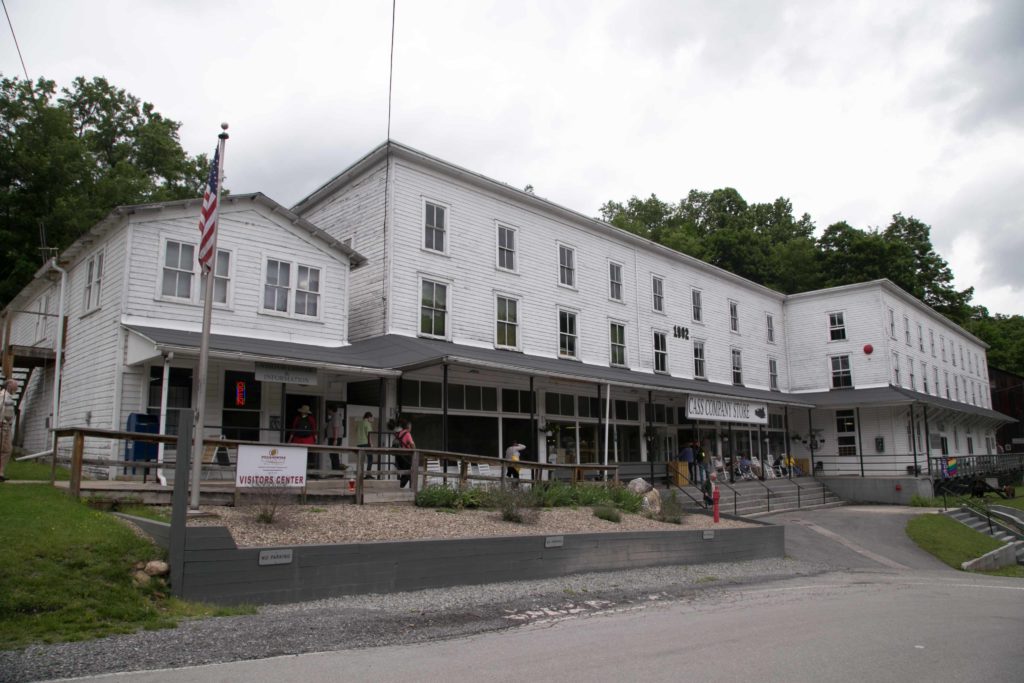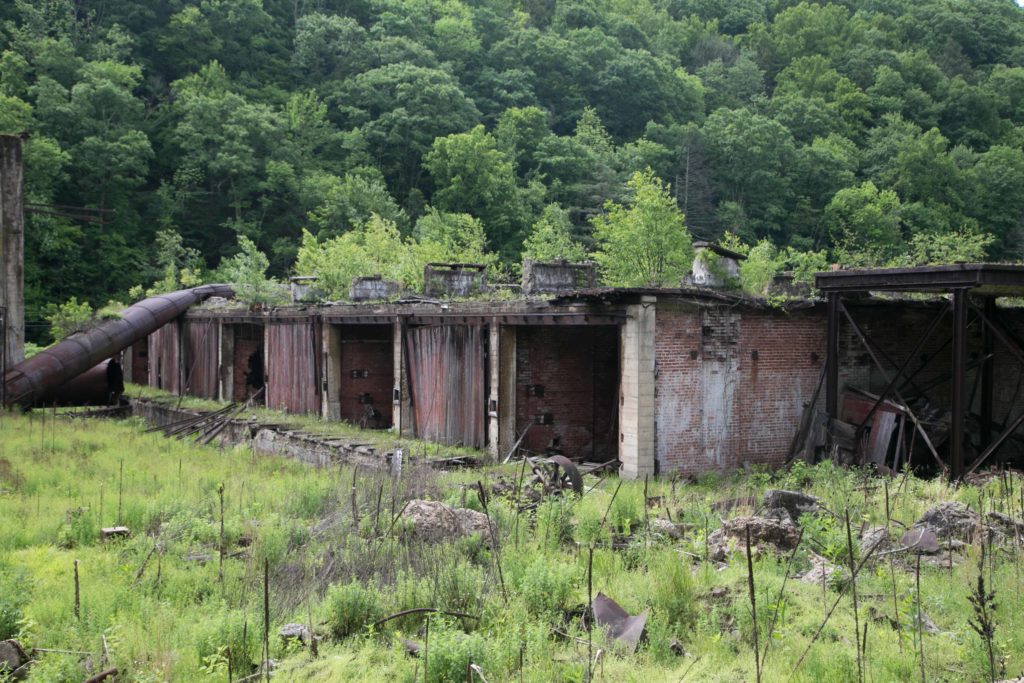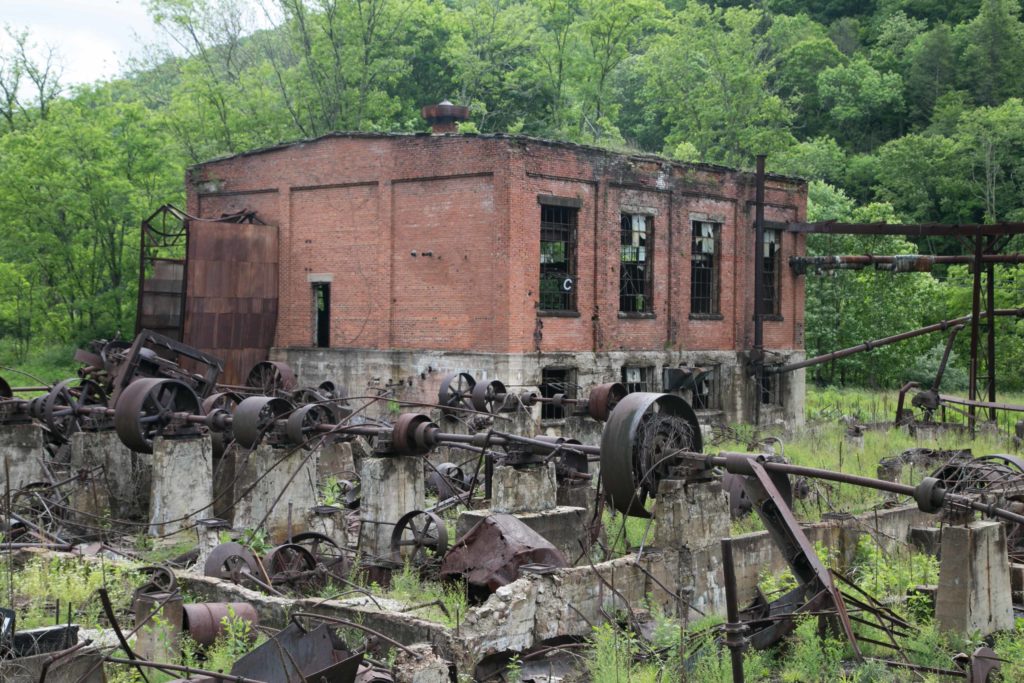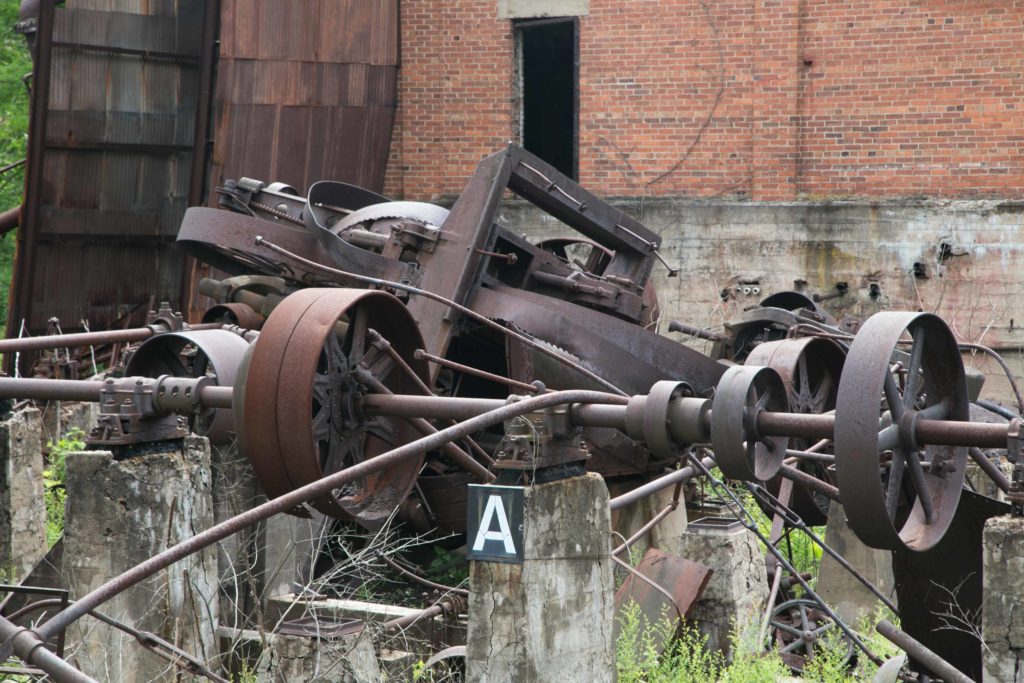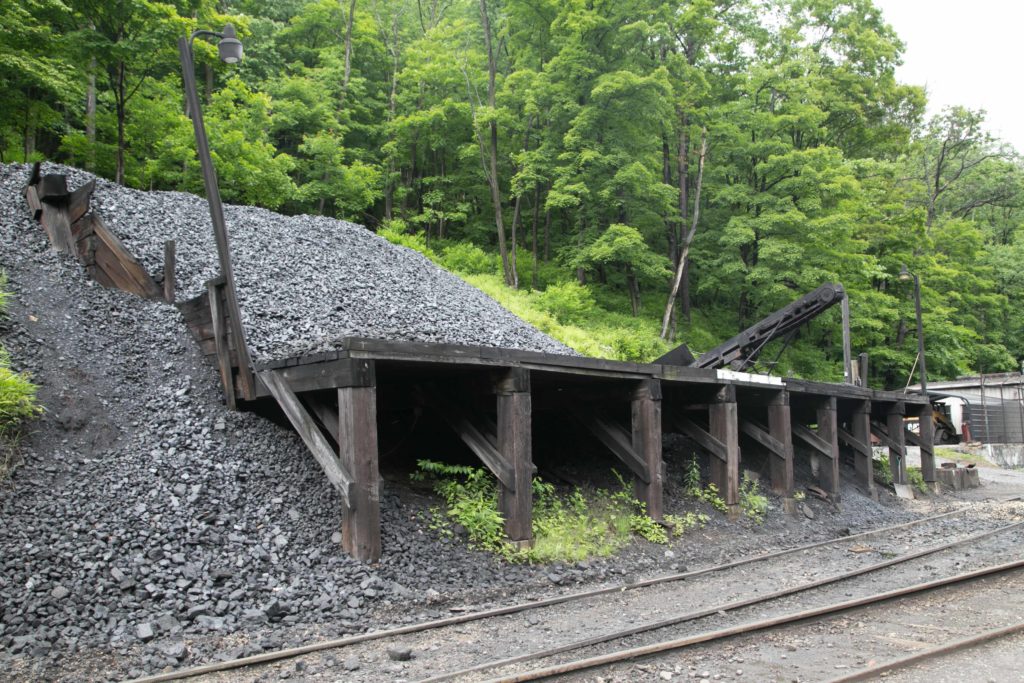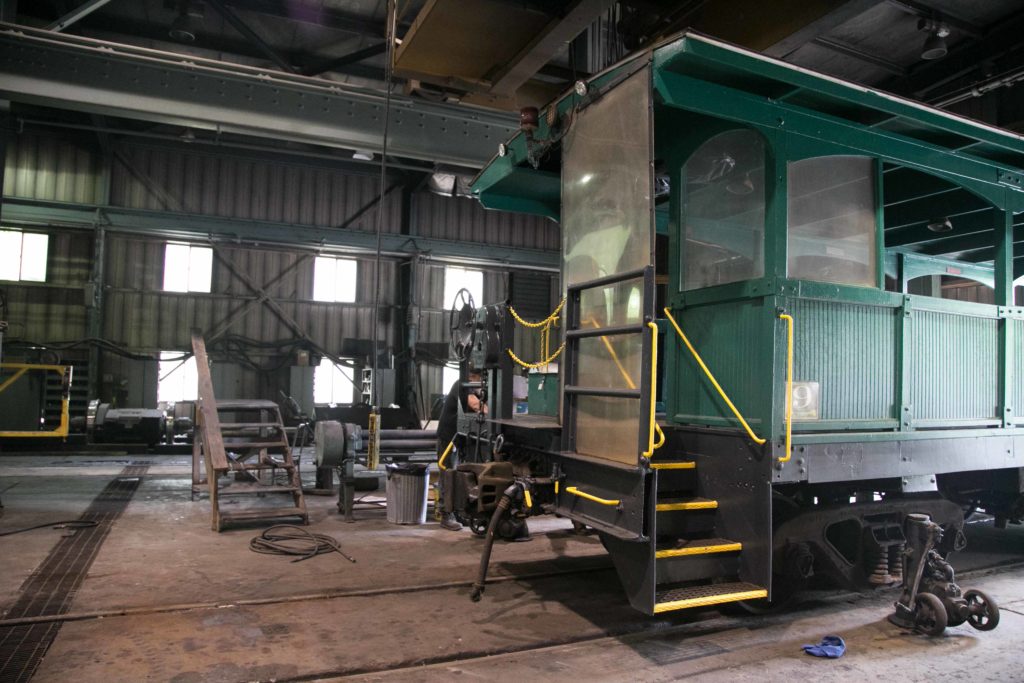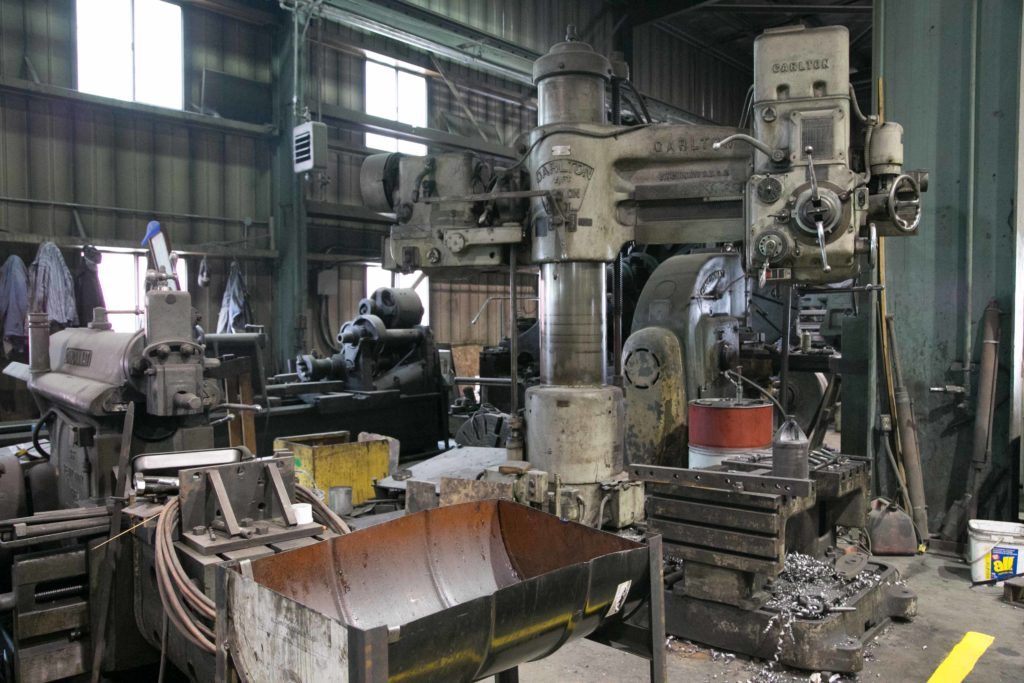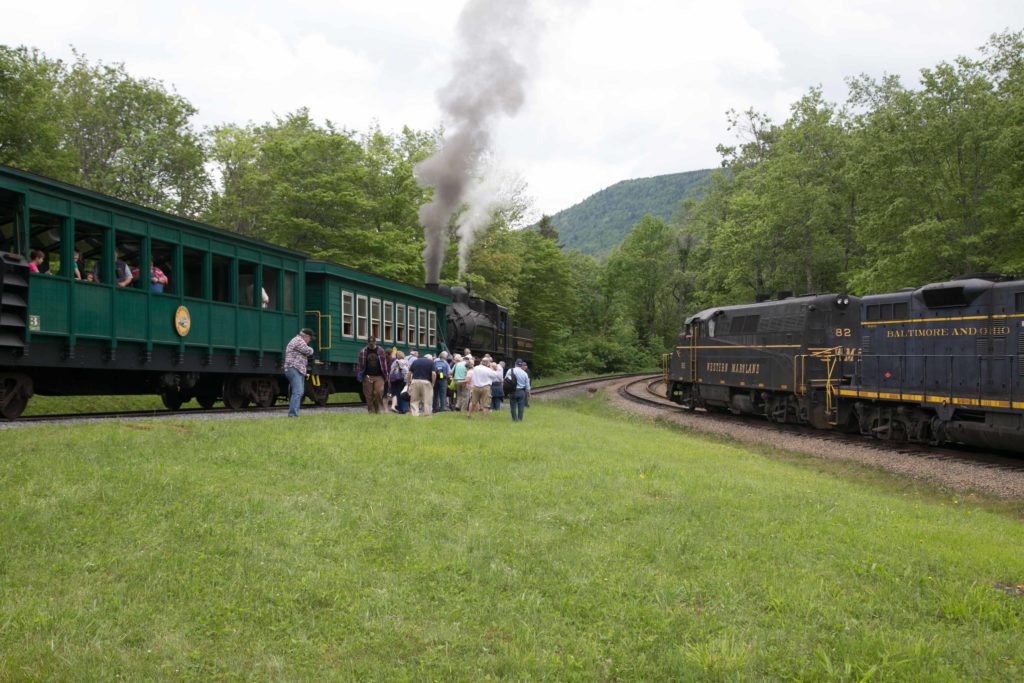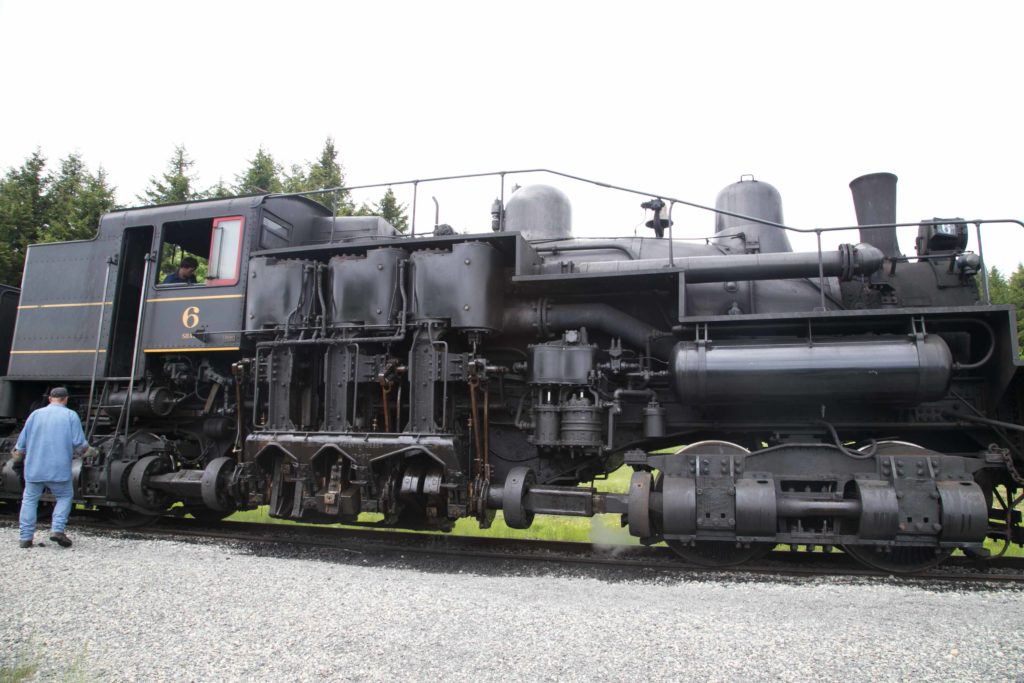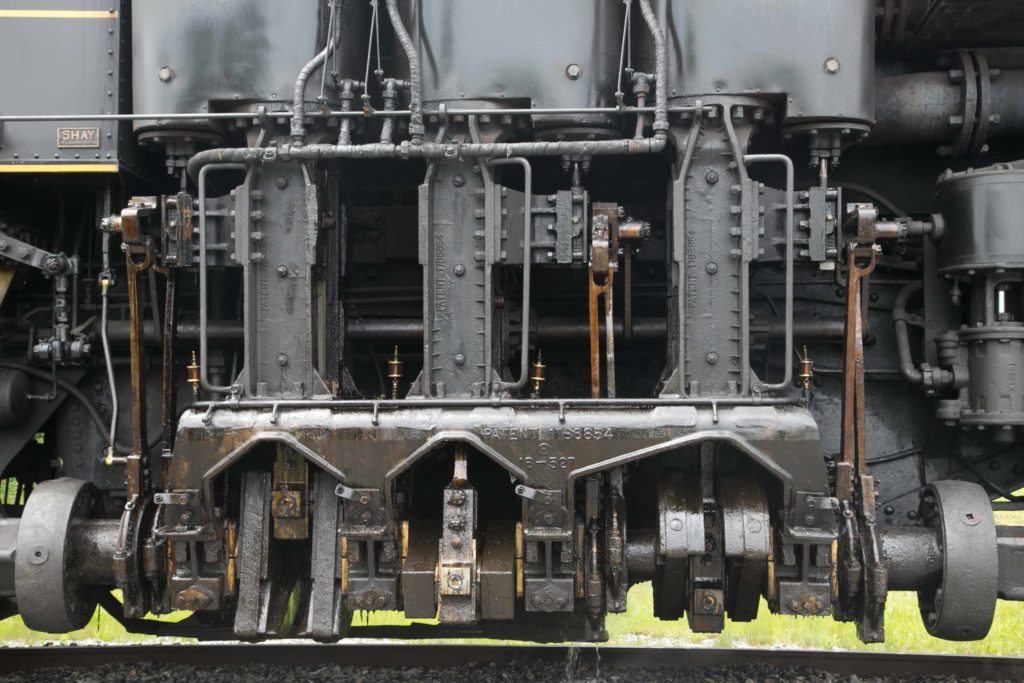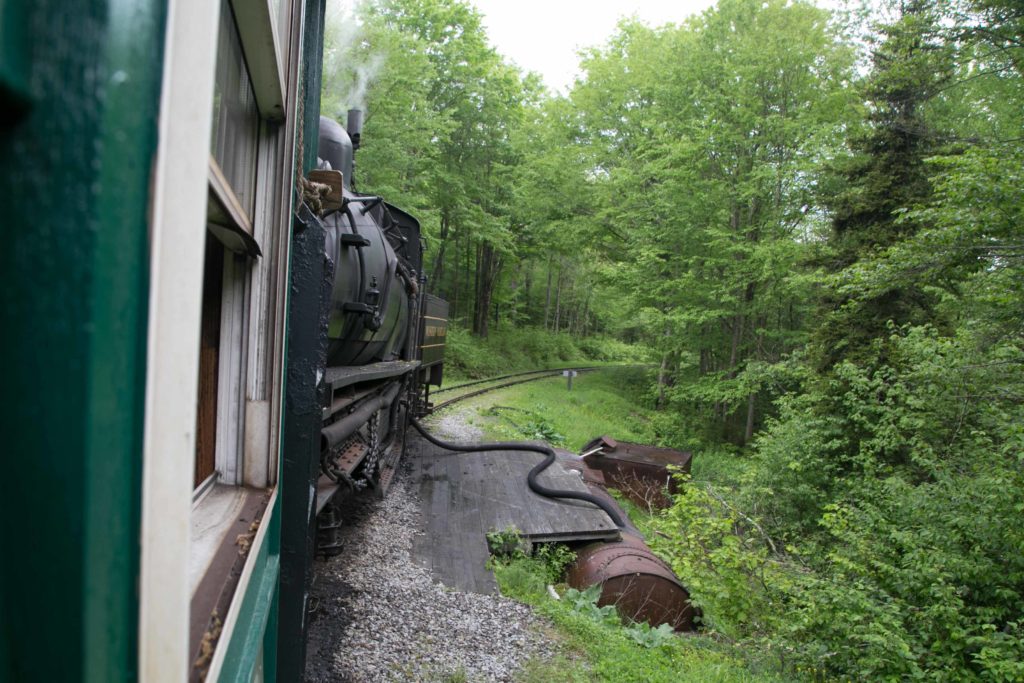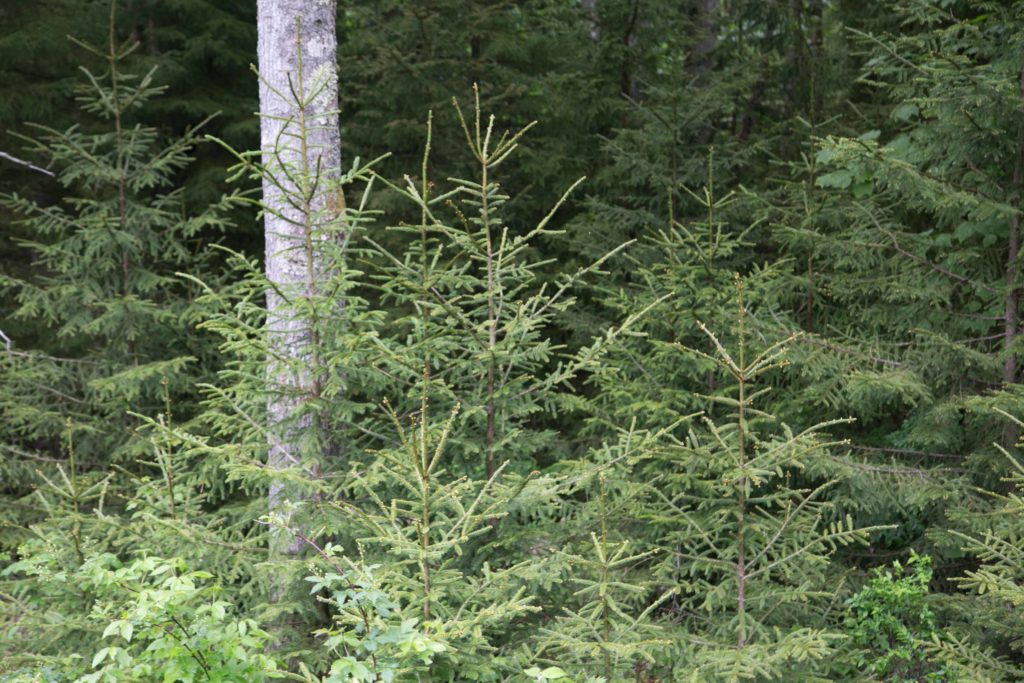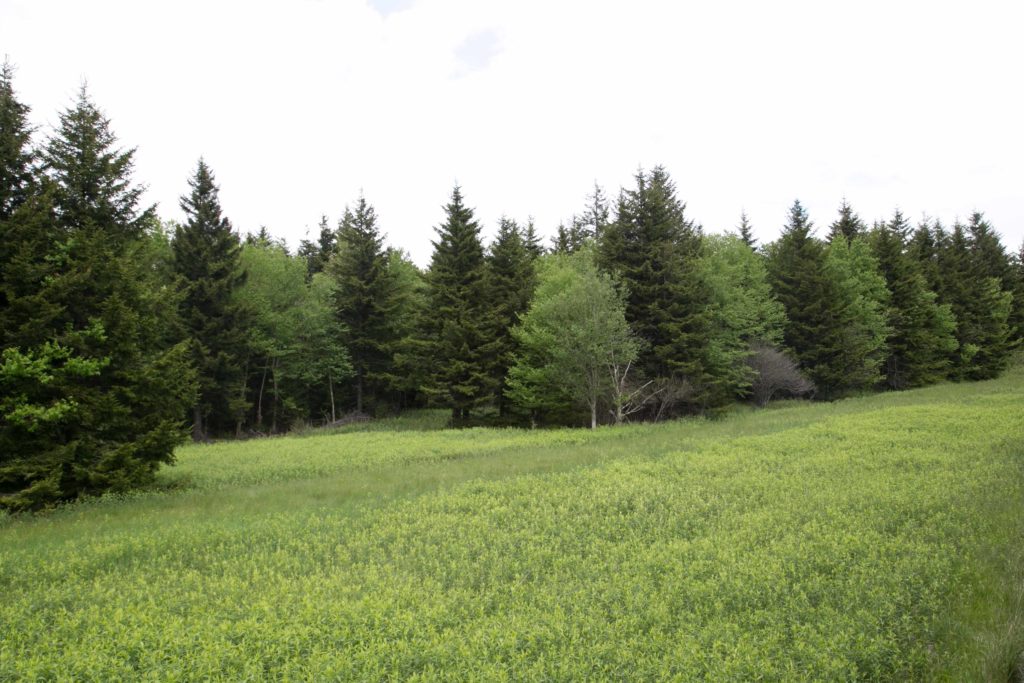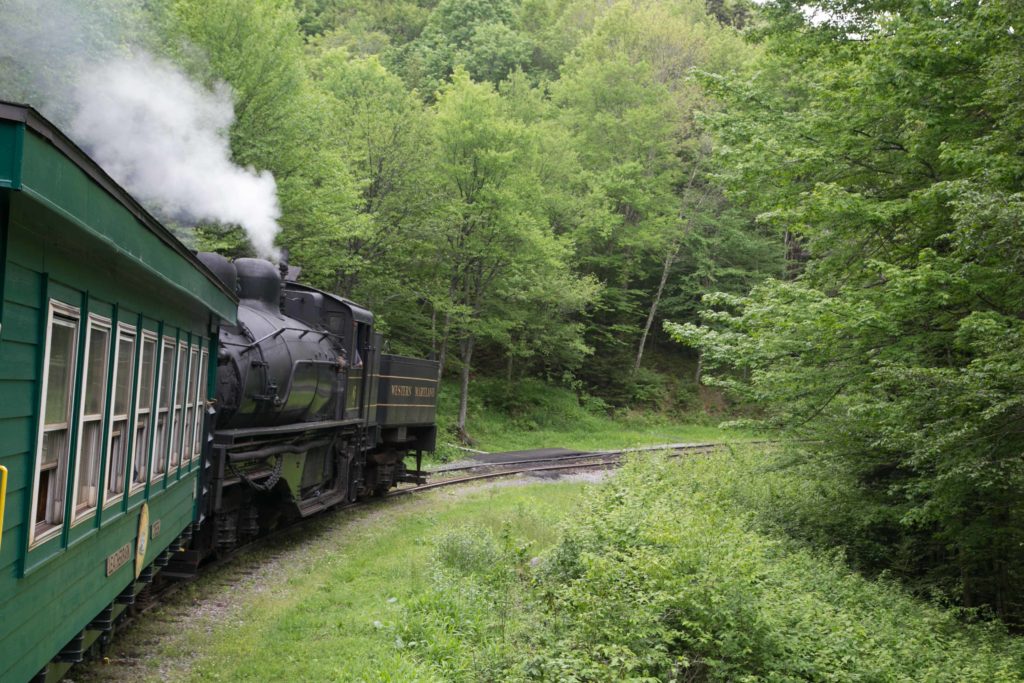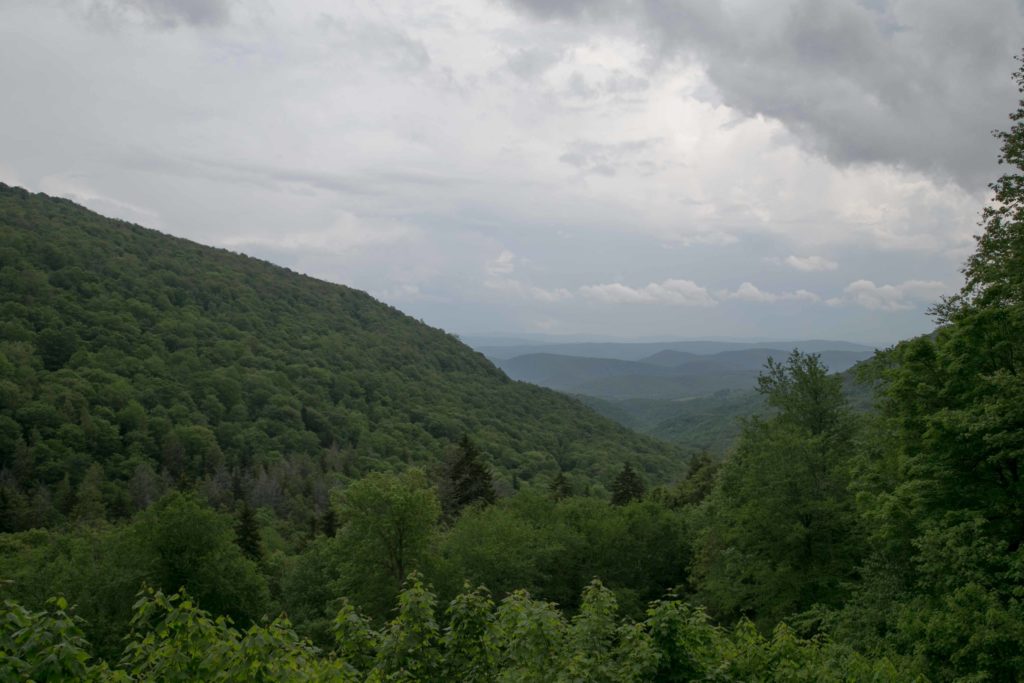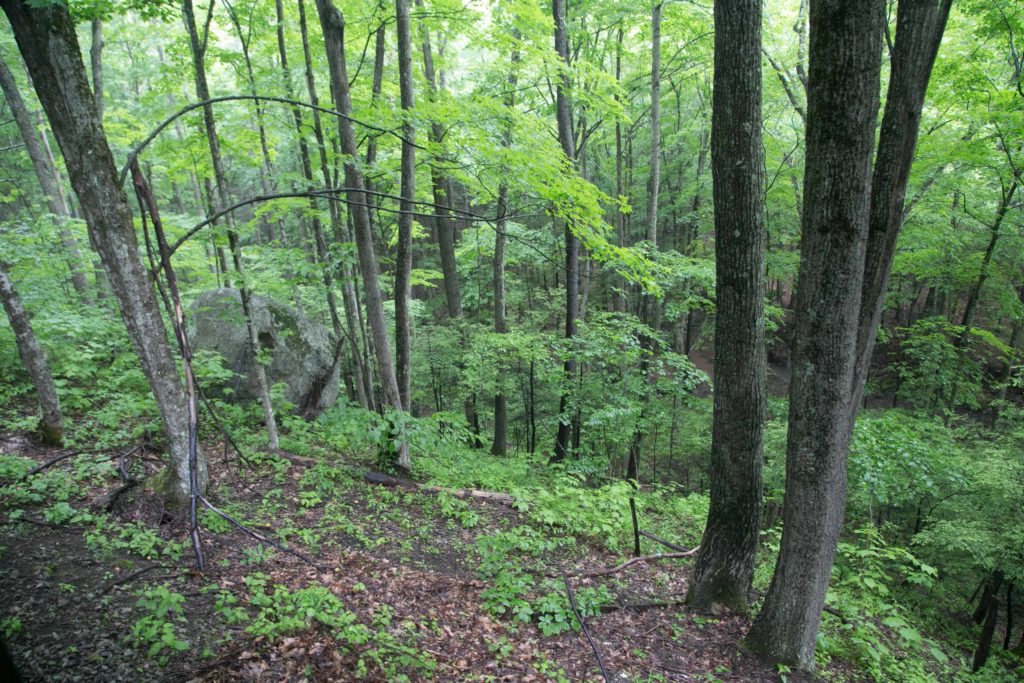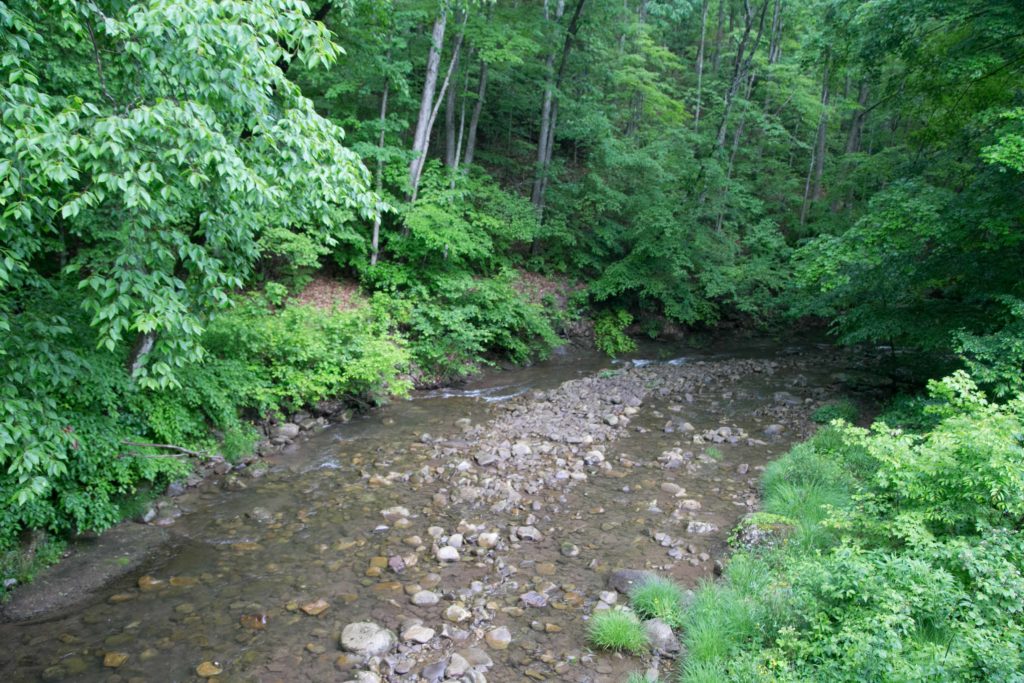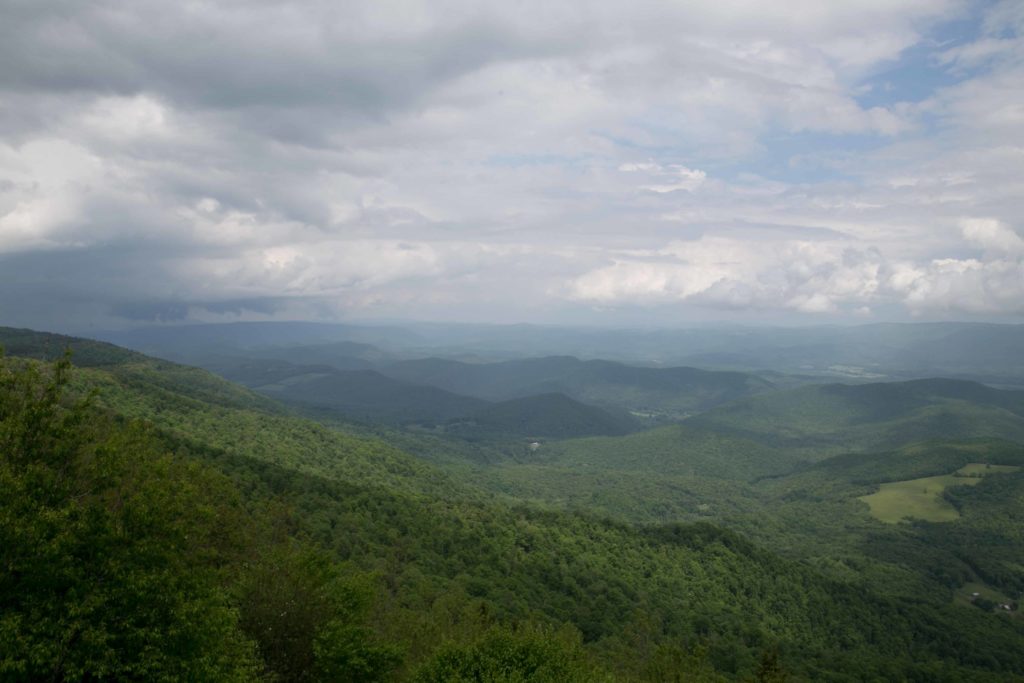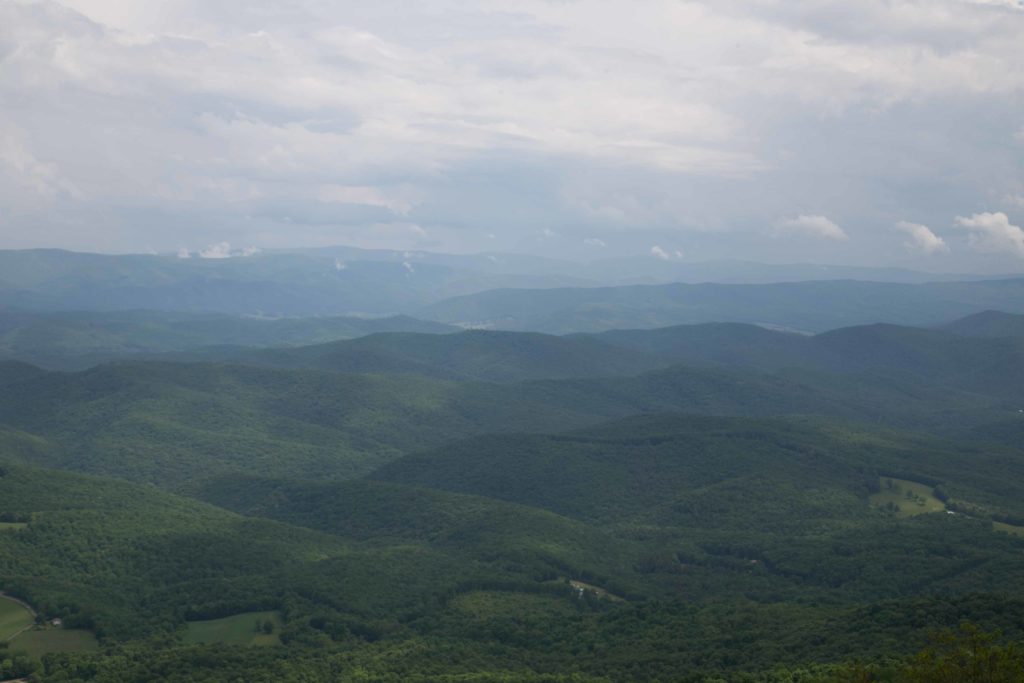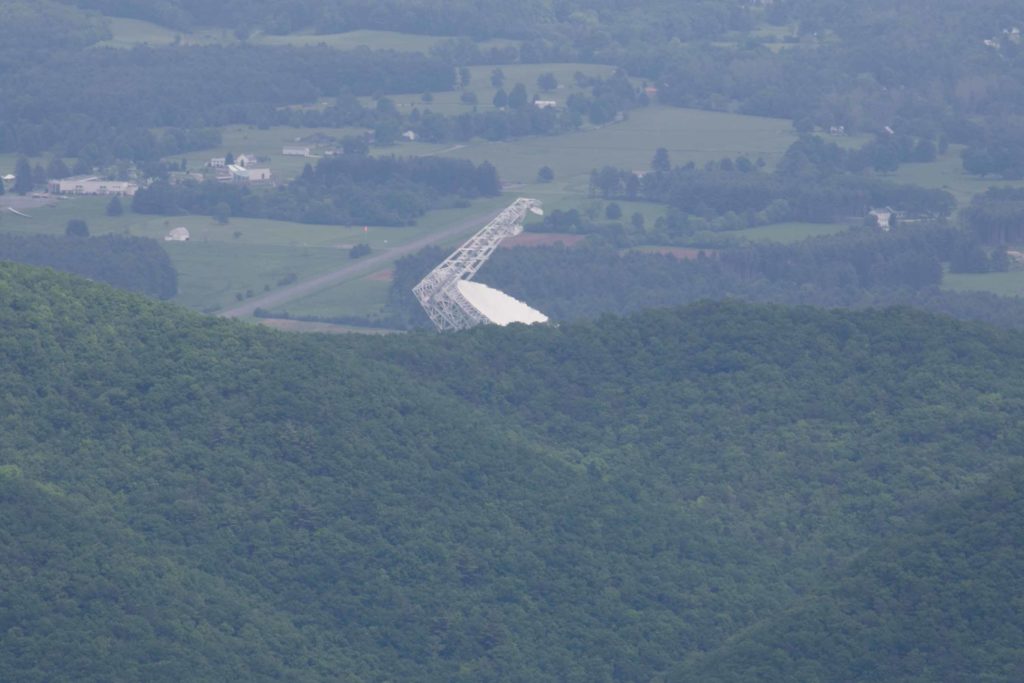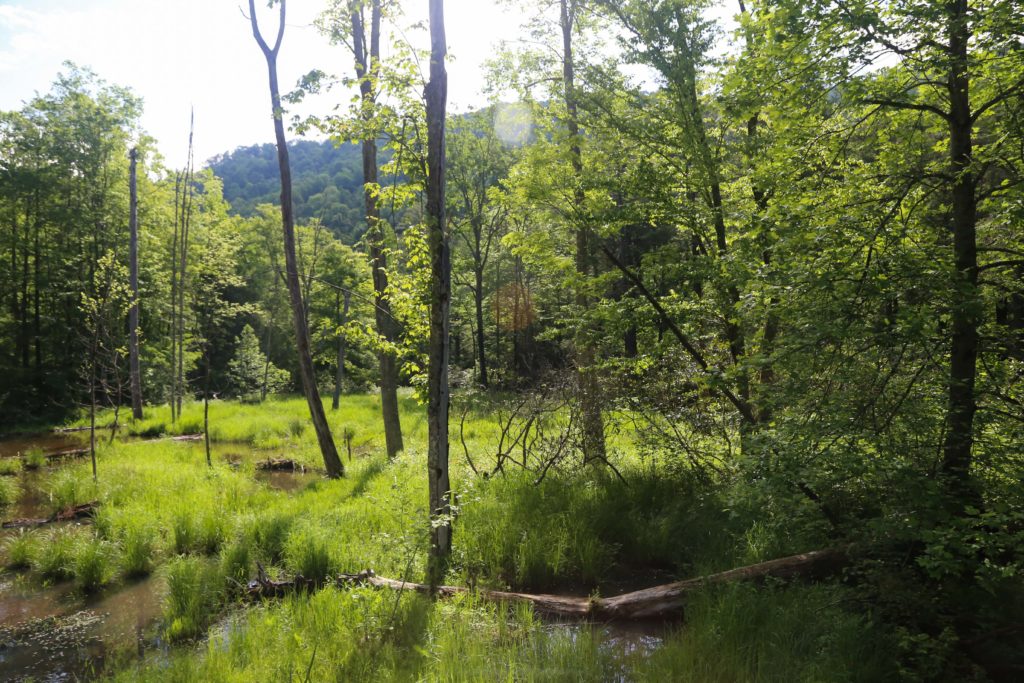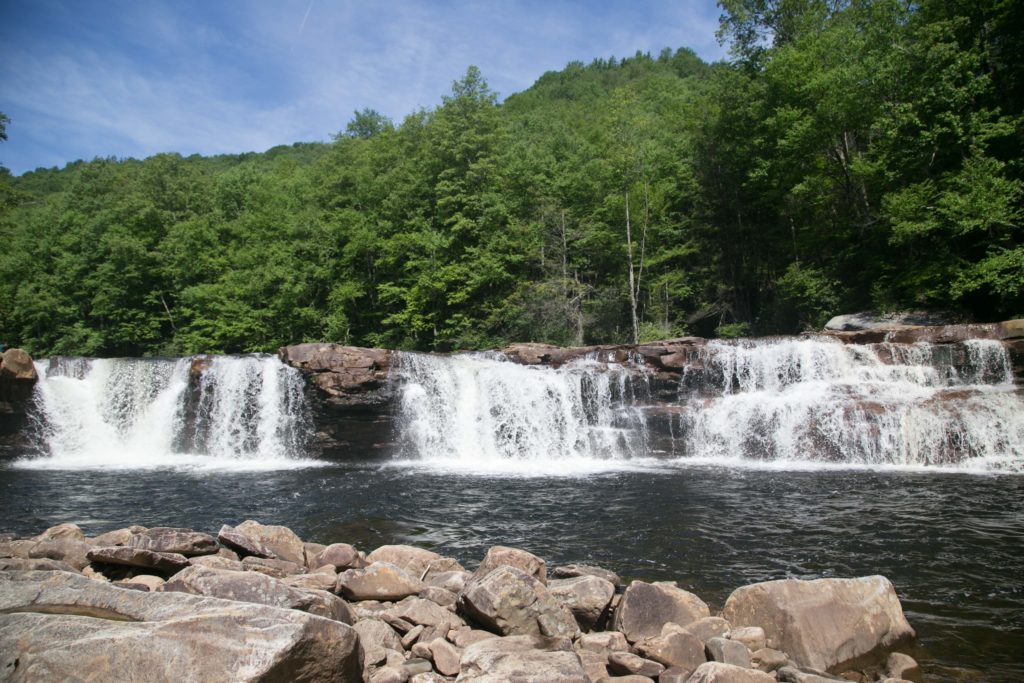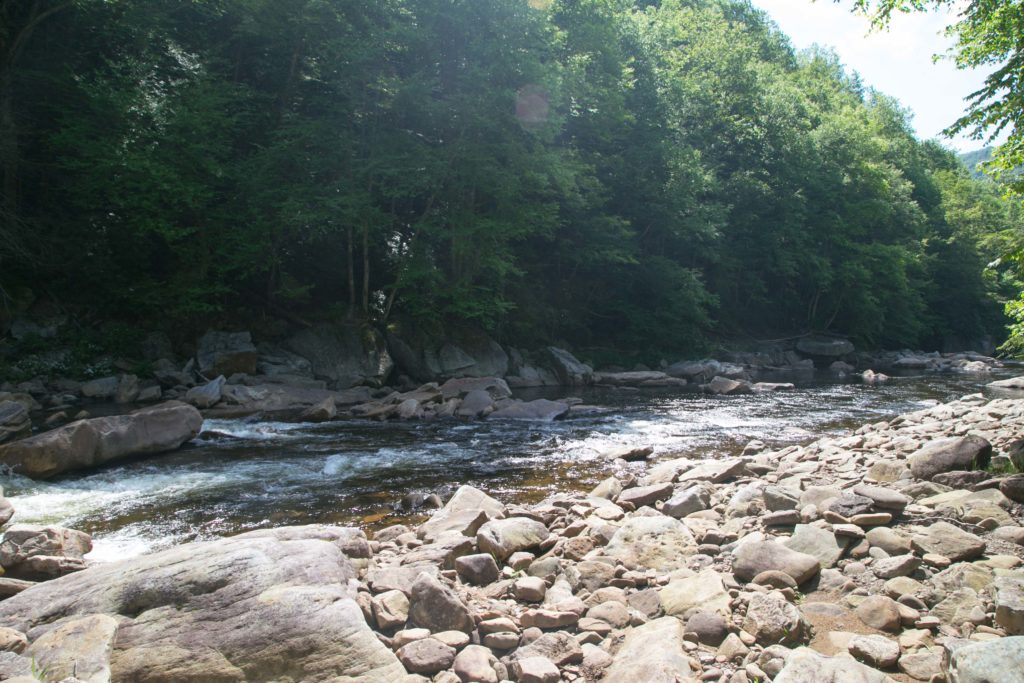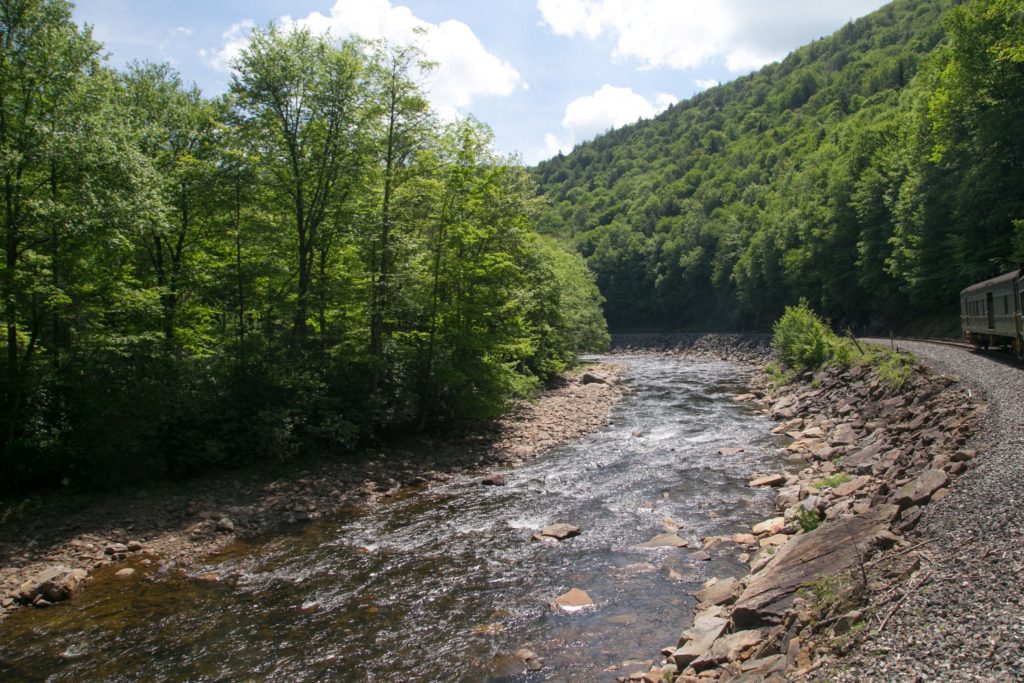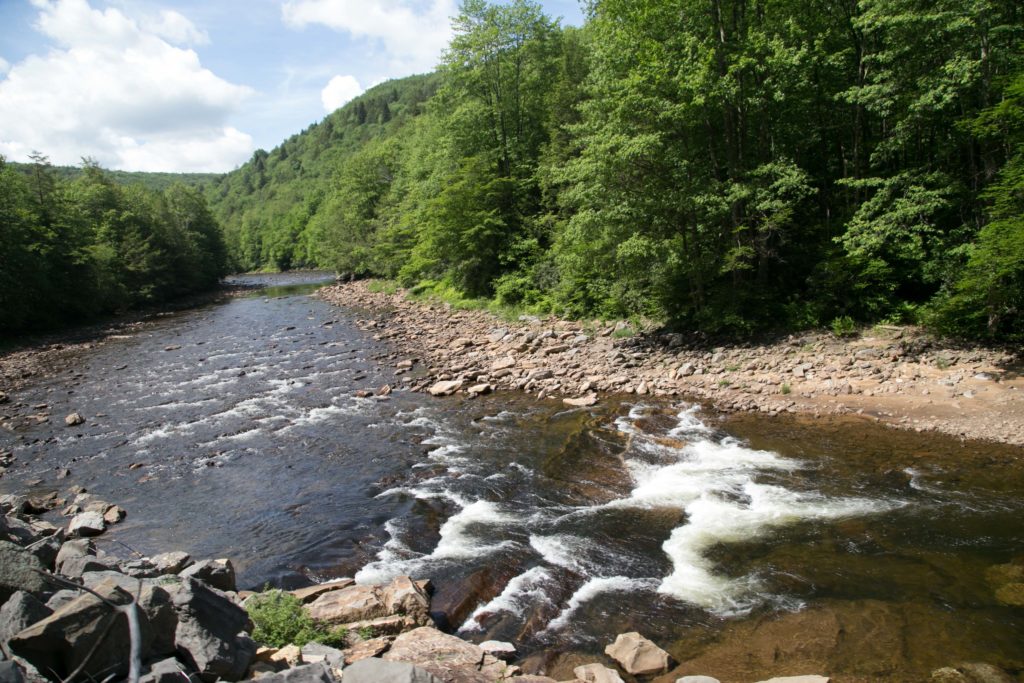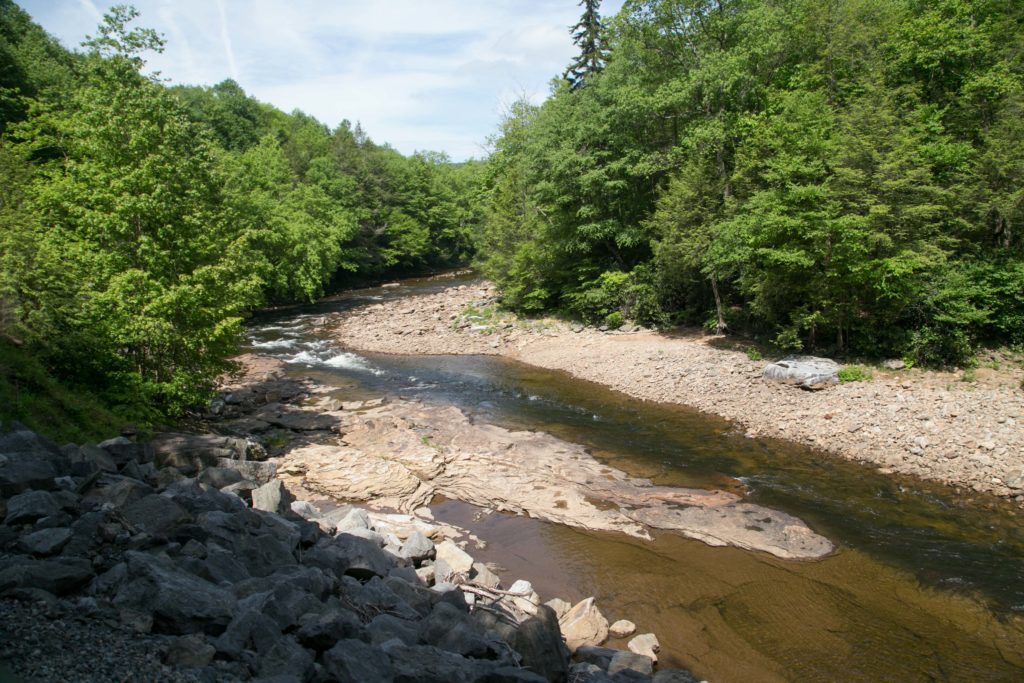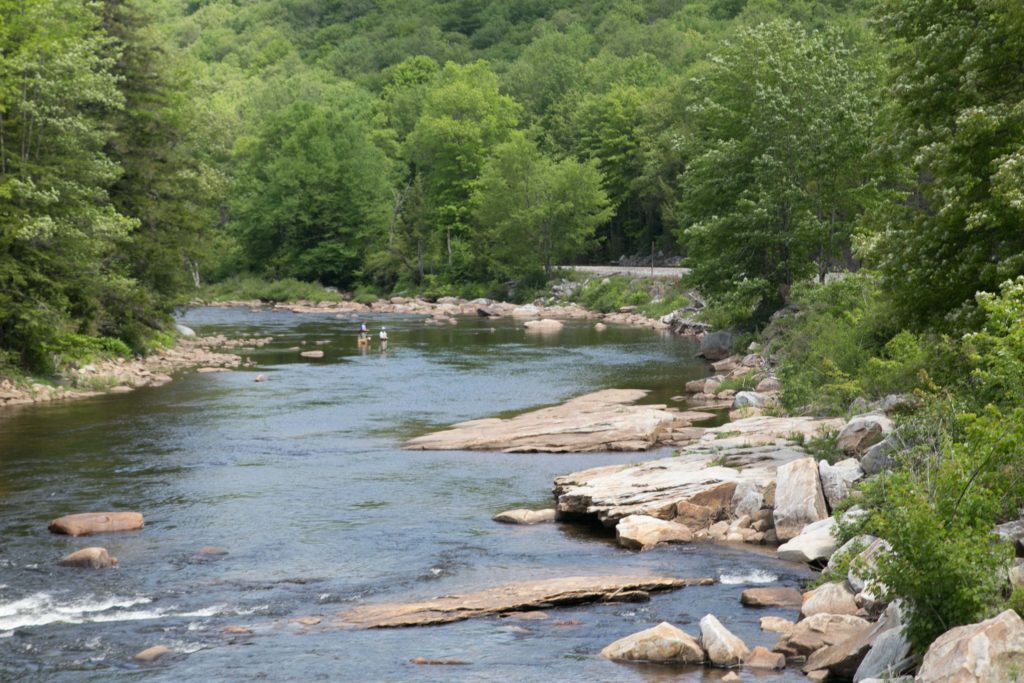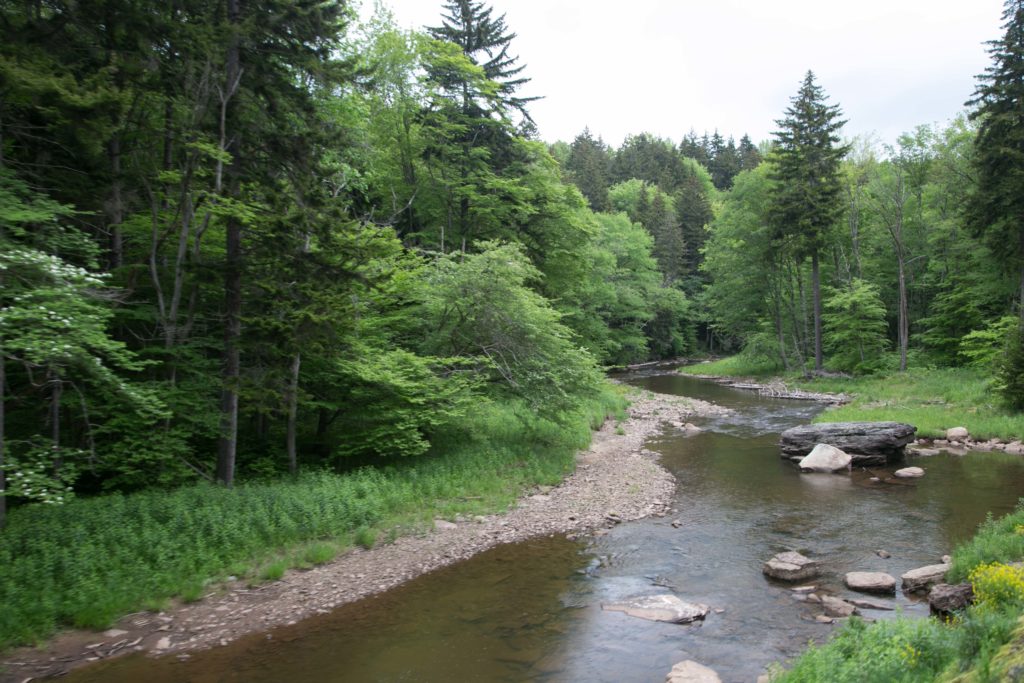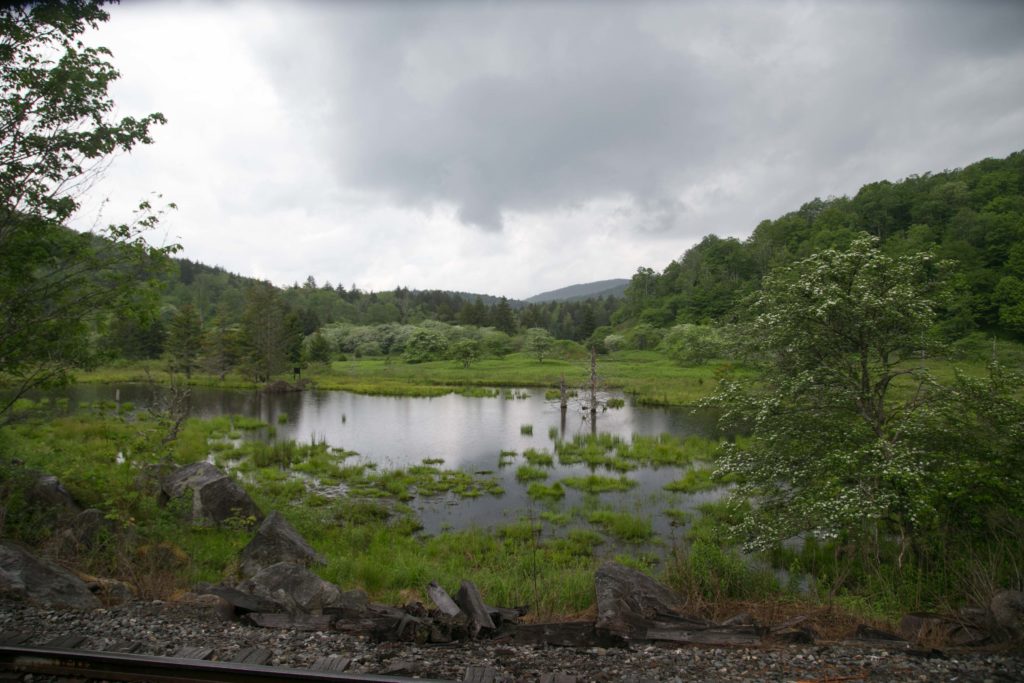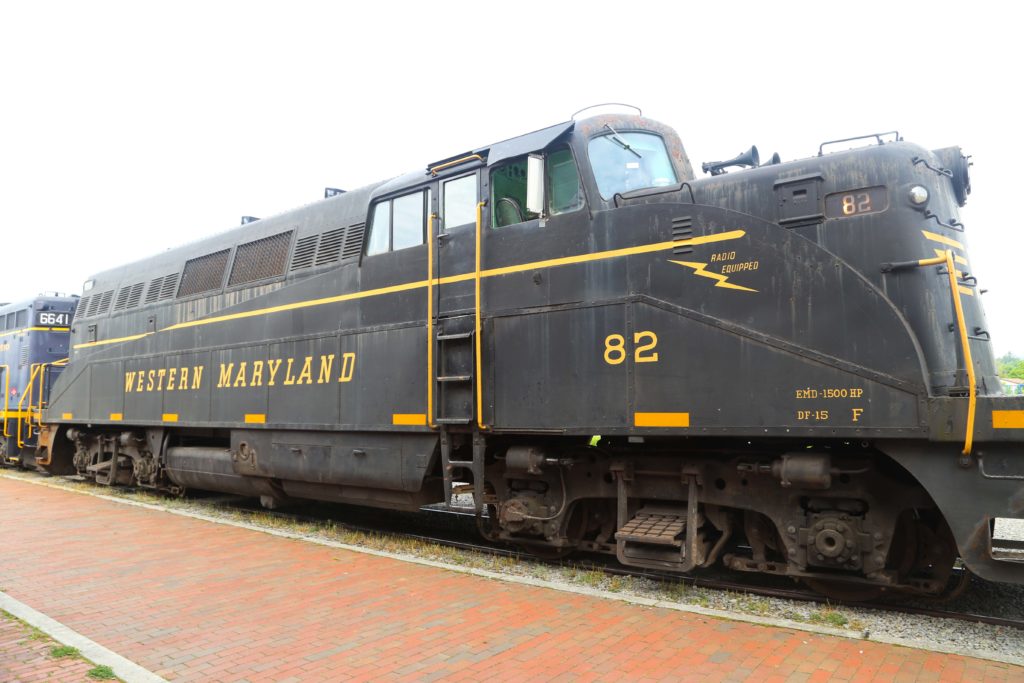I visited Cockscomb Basin Wildlife Sanctuary yesterday. I did not get to see any jaguars, which is the reason the sanctuary was created. However, thanks to the rain the day before, I did get to see some of their tracks, which made me happy. It appears to me the sanctuary actually belongs to leaf cutter ants though. They are everywhere. They have created ant highways across all the paths, and their mounds are everywhere. I am rather in awe of what these tiny insects can do in transforming their environment. Numerous places of the hiking paths have the weeds completely mowed clear by the ants, so they can walk unhindered. The sanctuary is quite pretty, and I admit, one of my favorite things about it was the moss and fungus growing on trees that I became quite obsessed with photographing.
Tag Archives: Travel
Rain: Madgalena Fernández at the Houston Cistern
After touring the Houston Cistern, we took another tour of it with an art installation completely encompassing it. Rain: Madgalena Fernández at the Houston Cistern is a video installation with the video projected from all sides onto and into the cistern while sound plays. I don’t think I can fully explain it other than to say it is really, really cool, and you can read more about it here. The sound sounds likes rain, but it is completely human made sound. The video starts off looking a little like rain falling then becomes something that looks like how Hollywood loves to portray cyberspace. It is incredibly neat to watch, and I love the way takes over the space. 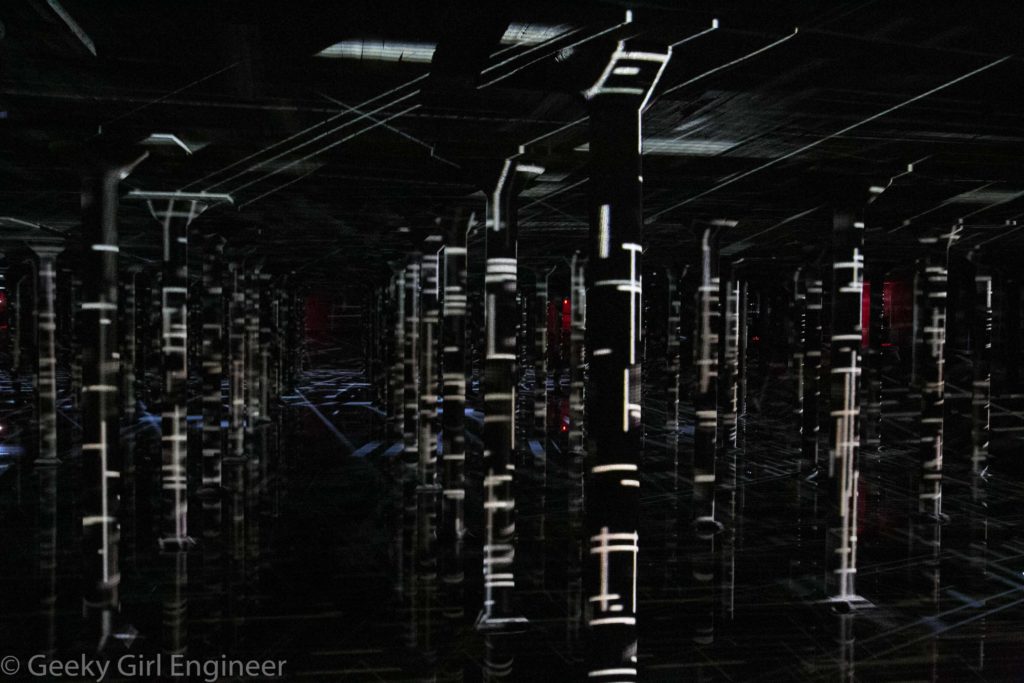
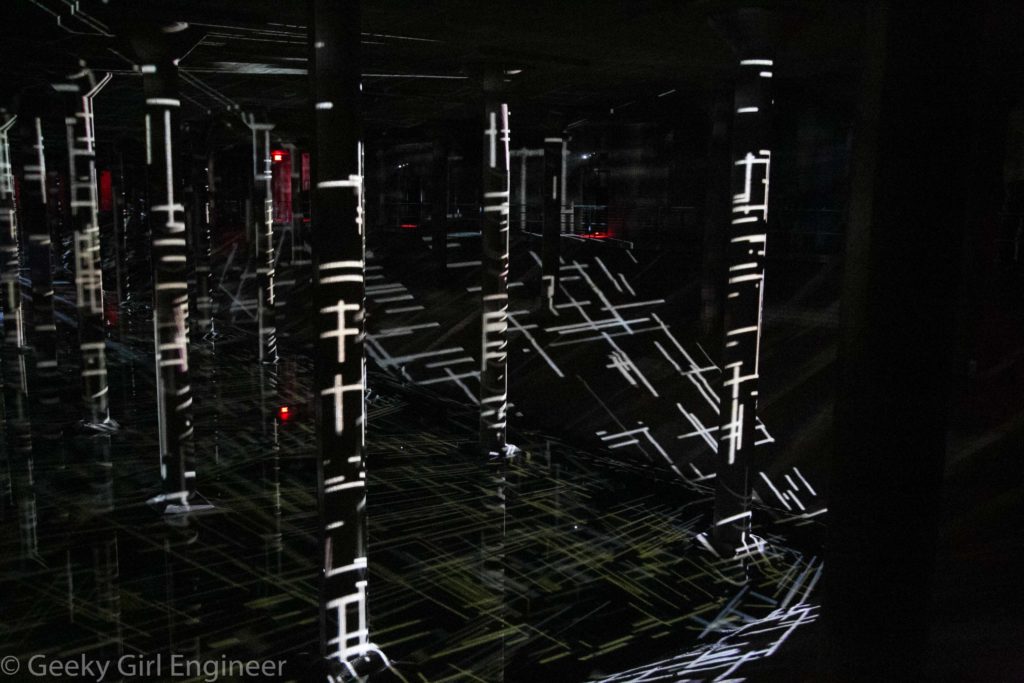
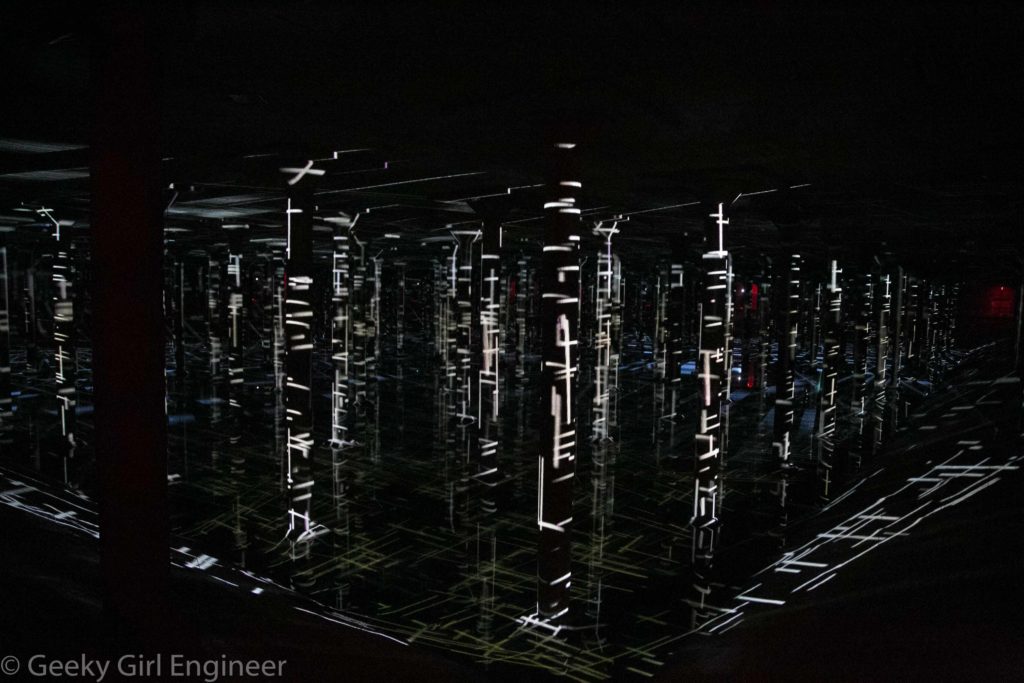
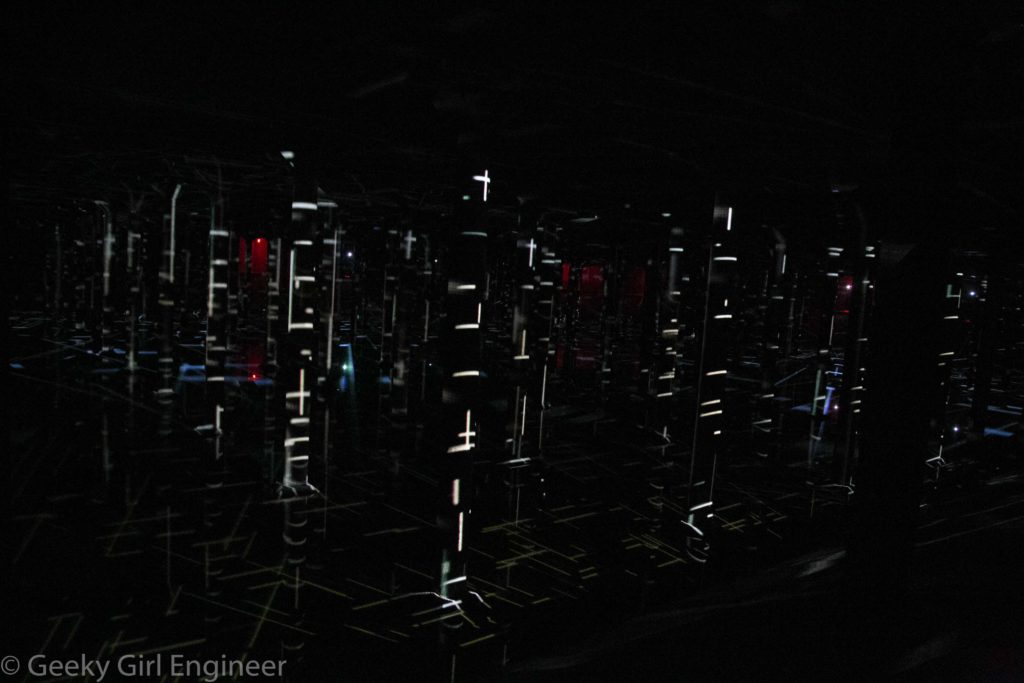
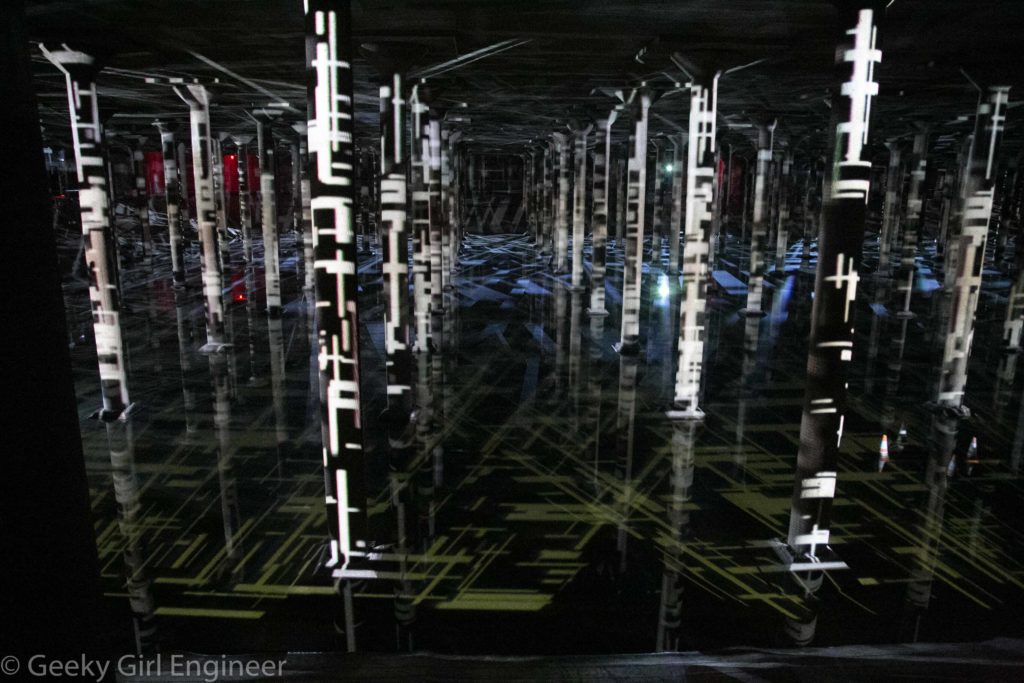
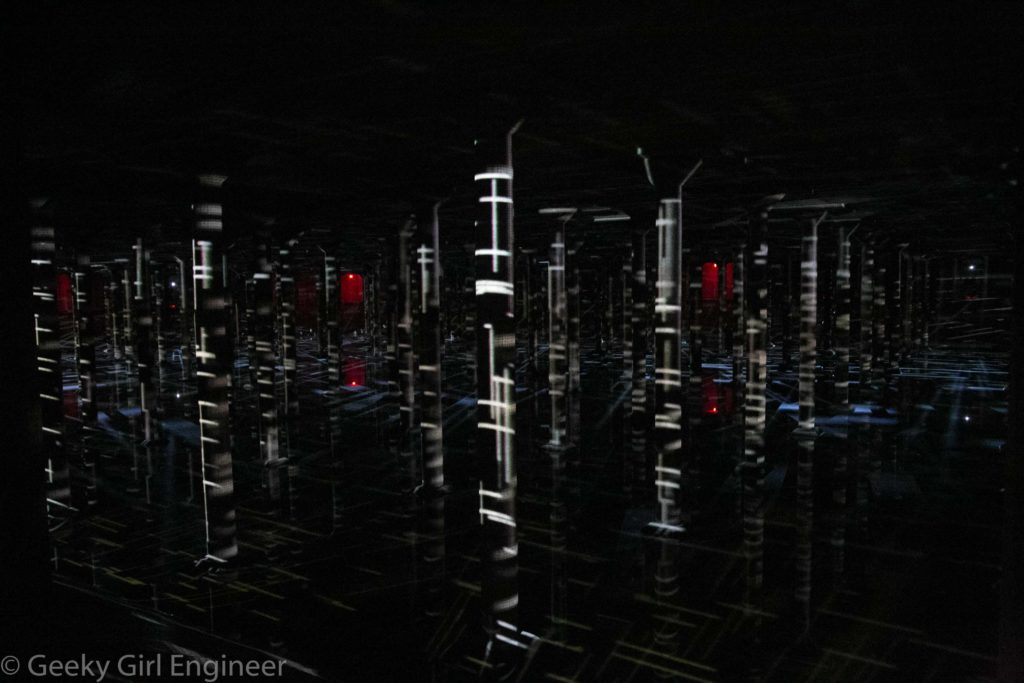
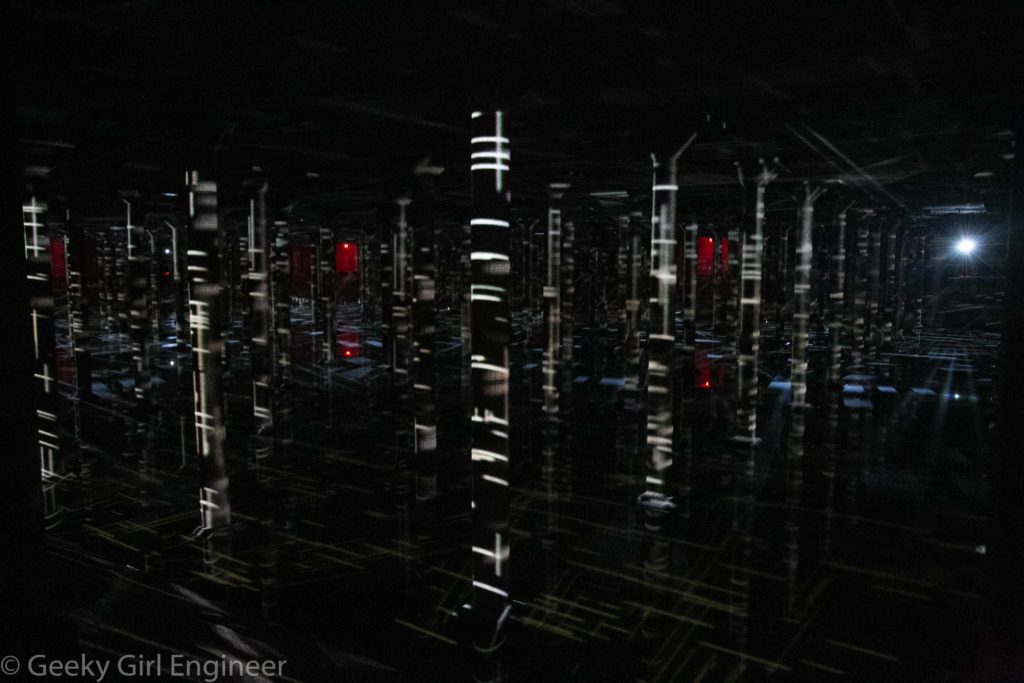
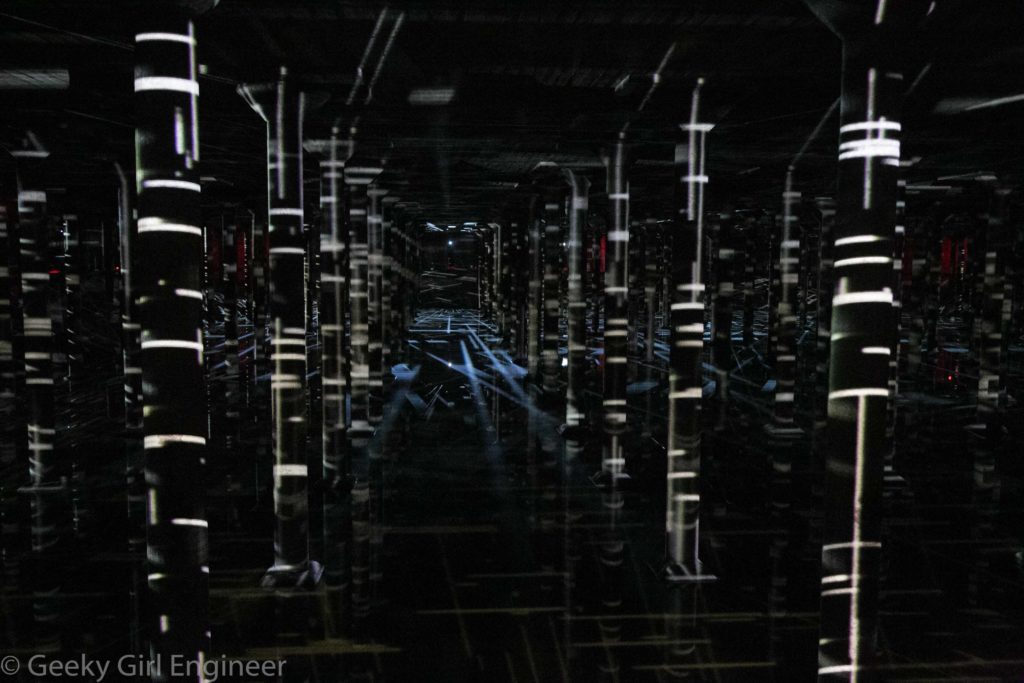
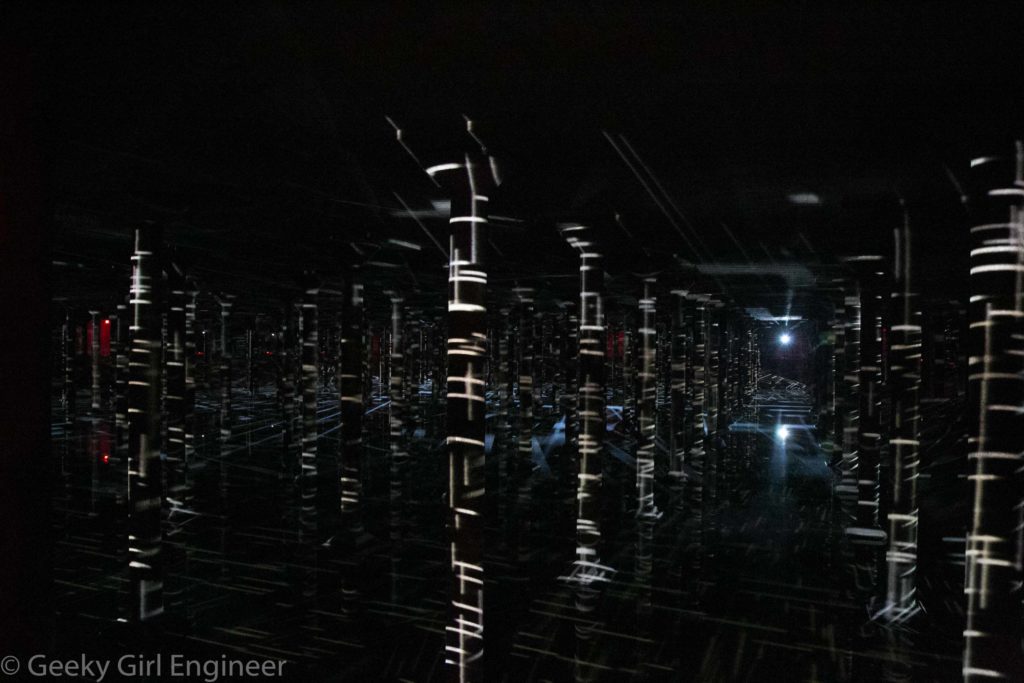
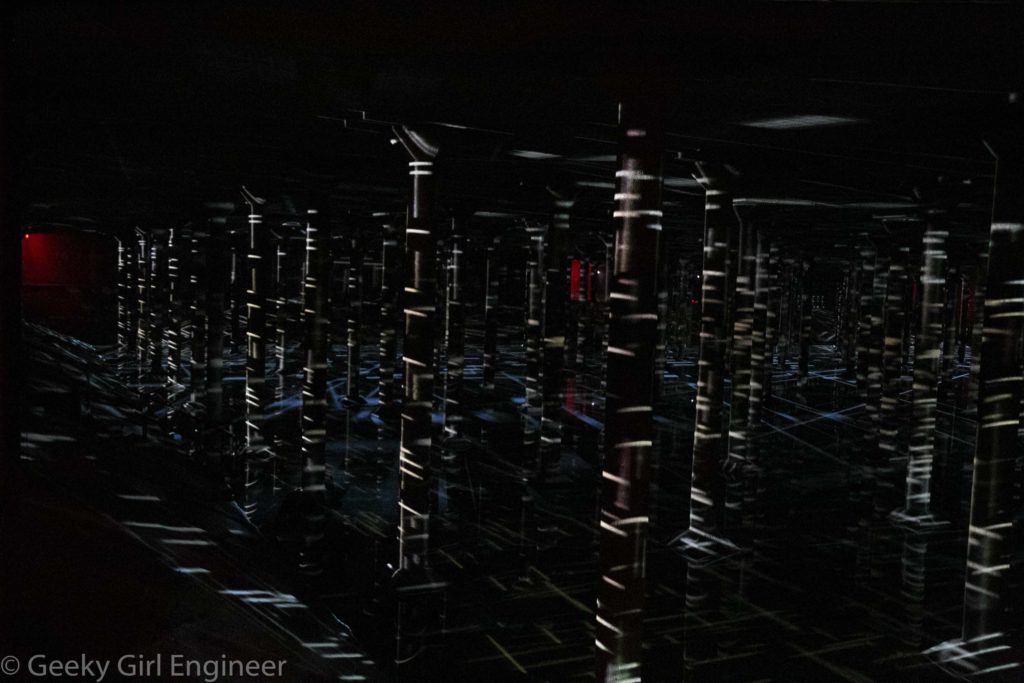
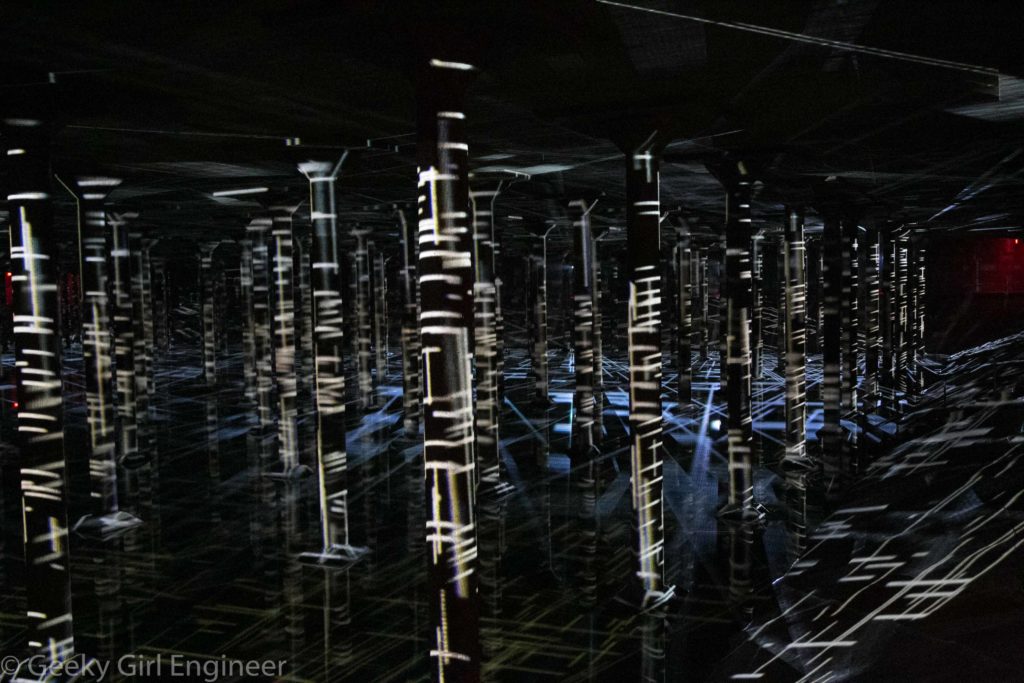
Houston Cistern
I love hidden places. I love places that you can just walk by and not have any idea are there. It just makes them more magical. I recently found out that Houston has an underground drinking water storage reservoir, a cistern. I have passed by this place so many times not having any idea it was there. The cistern was decommissioned in 2007 after an irreparable leak was discovered. Buffalo Bayou Partnership and the City of Houston turned it into space for people to visit and learn about the history of it and also a space that can be used for art installations. When functioning, the reservoir could hold 15 million gallons, but now it just has about 6 inches of water across. Enough water is there just for a neat reflection of the columns in it.
Nostalgia Ride
During the summer, the New York Transit Museum offers Nostalgia Rides, when they put some of their vintage subway cars back into service and bring a train full of passengers to some fun destination. Today I went on the Nostalgia Ride to Rockaway Beach. The train we rode on was two types of 1910’s and 1920’s BMT cars. The cars were complete with wicker seats, ceiling fans that “are machetes” according to the numerous warnings we got from MTA employees, and normal looking lightbulbs that are evidently powered straight from the third rail, which we were also warned not to touch. The ride is generally more exciting than the destination, and once we got to our destination, they offered some more rides back and forth for those who didn’t want to get off.
One of my favorite parts of nostalgia rides are the people in the stations we pass. They can generally be described in four different groups. The first, a small group, are those that see the train coming through but don’t seem anything abnormal about an antique train passing through. The second group, possibly the most common, are the ones that start smiling and waving, and grab their camera and start taking photos. The third group are those that just stare open mouthed or with a look that can only say, what the heck is that? The fourth and tiniest group are those that know we are coming and already set with photo and video cameras, sometimes with tripods. I once asked a Transit Museum employee about them, and she said they seem to know the route that the nostalgia ride will take before the museum does. Clearly there are transit fanatics spies about.
Another great part of these rides and a reason why I love New Yorkers, is when the nostalgia ride is ending. We all get on at the same location, but at the end, they stop at several large subway stations, so you can get off wherever is easiest. The train pulls into a station and stops. Normal subway riders start lining up to get on because a vintage 1920s subway train running on the A line is evidently a completely normal thing to New Yorkers. [To be clear, you don’t have to be a subway aficionado to know that these trains look very different from the regular modern trains running.] New Yorkers are just so nonchalant about it. A subway train, of some sort, has arrived at the platform. They must get on. They have places to go, and a train has arrived to take them there. MTA employees have to stand in front of each door and say “off loading only”. Some of waiting passengers will ask why. Some waiting passengers start peering in, and normally either MTA employees or nostalgia ride passengers will have to explain. This part of the ride always makes me laugh.
One final note about the nostalgia ride, the train runs wonderfully. My sincere compliments to the MTA employees who keep the vintage cars maintained. Maybe they don’t run like they were built yesterday, but the ones we were on were 100 years old. To me it is amazing that they are still running at all.
Coney Island Creek
I went on a hike along Coney Island Creek with Atlas Obscura and Underwater New York to see its virtual ship graveyard. The tour did not disappoint. There were a multitude of shipwrecks, including the famous yellow submarine. We walked along the shore during high tide. The shore was quite mucky, and I was thankful for my waterproof hiking boots, while trying not to think about what was in that muck. There was lots of algae and seaweed of some type. We spotted a few fishermen and men who appeared to be hunting for oysters or clams or sometime of shellfish (are they called fishermen also?). I have serious doubts the fish are safe to eat on a regular basis, simply based on the history of pollution in that area. I can only hope I am wrong for their sake.
Coney Island Overhaul Shop
This past weekend, I got to tour the MTA Coney Island Overhaul Shop with the NY Transit Museum. The complex in which it is located is the largest rapid transit yard in North America. They overhaul subway cars with a scheduled maintenance system and also scheduled maintenance that is too intensive for the maintenance shops. They do maintenance on all parts of the subway cars including the electric motor, air brakes, compressors, and wheels and axles.
Elkins Roundhouse
Before boarding the Cheat Mountain Salamander train, I had some time to wander around the area where the Elkins Roundhouse used to be. Not much is left. Of the actual circle where the turntable was, all that is left is the pit with a fence around it. Alternating concrete wedges and grass lanes where the tracks were are the remains of the stalls. The only other remains are random metal parts scattered about.
I don’t know why I like photographing ruins, but I do. Part of what I like is imagining what used to be there.
Cass
To wrap up my trip to scenic railroads in West Virginia, my tour group visited Cass, where the Cass Scenic Railroad is based. Cass is now a state park, but it once was a company town, built to support the logging operations and mill. The company store and many of the company houses are still standing. All the company houses were built the same and are basic, yet today, they still look charming. Cass was famous for having wooden sidewalks on all its streets. The town still does have wooden sidewalks, but obviously they are not the original ones. The mill burnt down, but remnants of it still remain. A newer train shop is there also, and if you are lucky like me, you can get a tour.
![Cass jail in the basement of the building that has the mayor's office and council chambers on the top floor. [There is a modern day political joke in there.]](http://www.geekygirlengineer.com/wp-content/uploads/2016/06/IMG_8355-1024x683.jpg)
Cass jail in the basement of the building that has the mayor’s office and council chambers on the top floor. [There is a modern day political joke in there.]
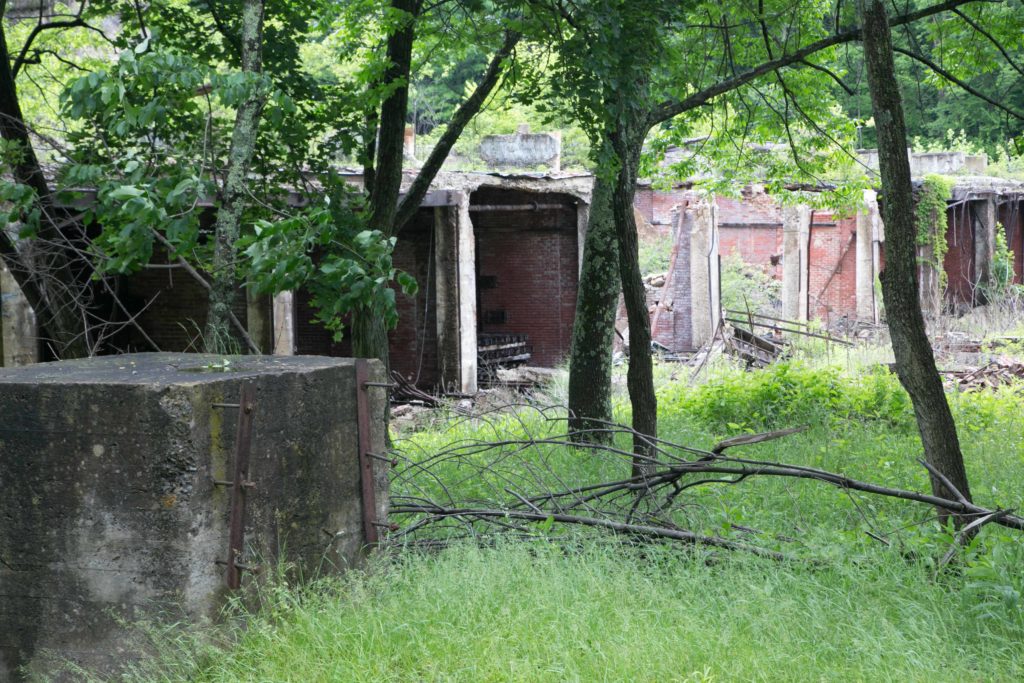
The ovens of the former mill. In the third oven, stacks of wood are present. The mill was closed so suddenly that the wood was left still in the oven.
A short video of the Cass Scenic Railroad rolling to the station and stopping to pick up water.
Cass Railroad
Continuing my West Virginia railroad adventure, at Old Spruce Junction, we got off the lovely Cheat Mountain Salamander train and got on the Cass Railroad. The Cass Railroad took us to the top of Bald Knob, which is the third highest point in West Virginia. It has an overlook that gives amazing views, including a view of the Green Bank Telescope, the world’s largest fully steerable radio telescope. The train is powered by a Shay Number 6 locomotive, which was built in 1945. The Shay Number 6 has most of its working parts on the outside, so it is rather fascinating to look at. It also requires a lot of oil, which then seems to end up on the tracks.
Cheat Mountain Salamander Train
I went on a ride on the Cheat Mountain Salamander train this morning. Most of the route was along the Shavers Fork of the Cheat River. We stopped along the way at High Falls of the Cheat. The train was vintage, and the car we rode in was lovely and vintage with classic fabric seats.

